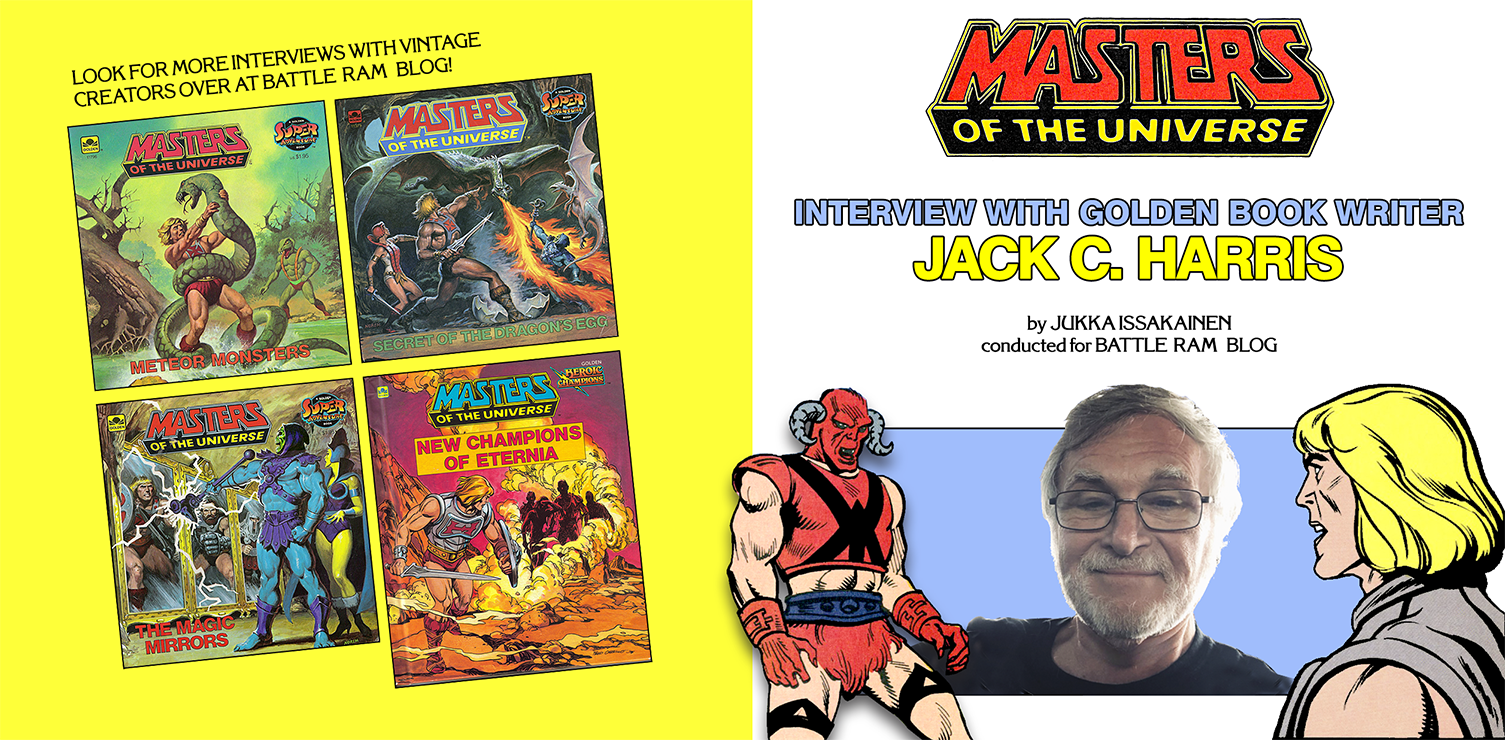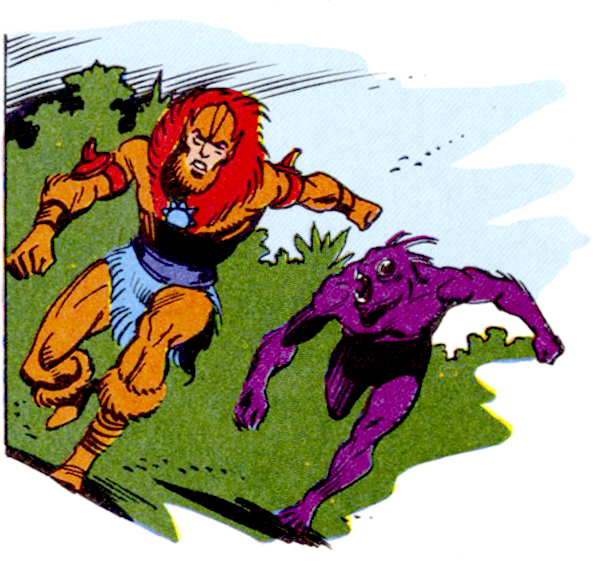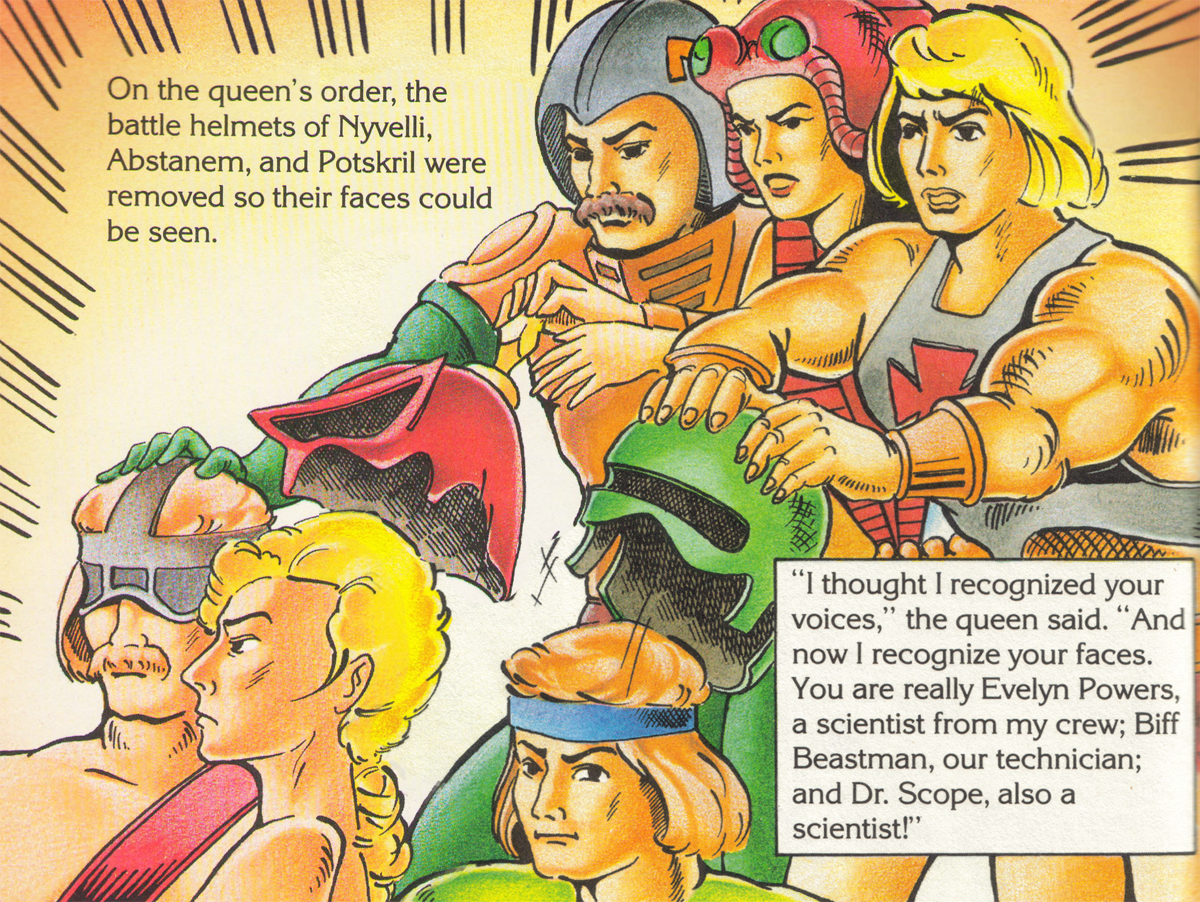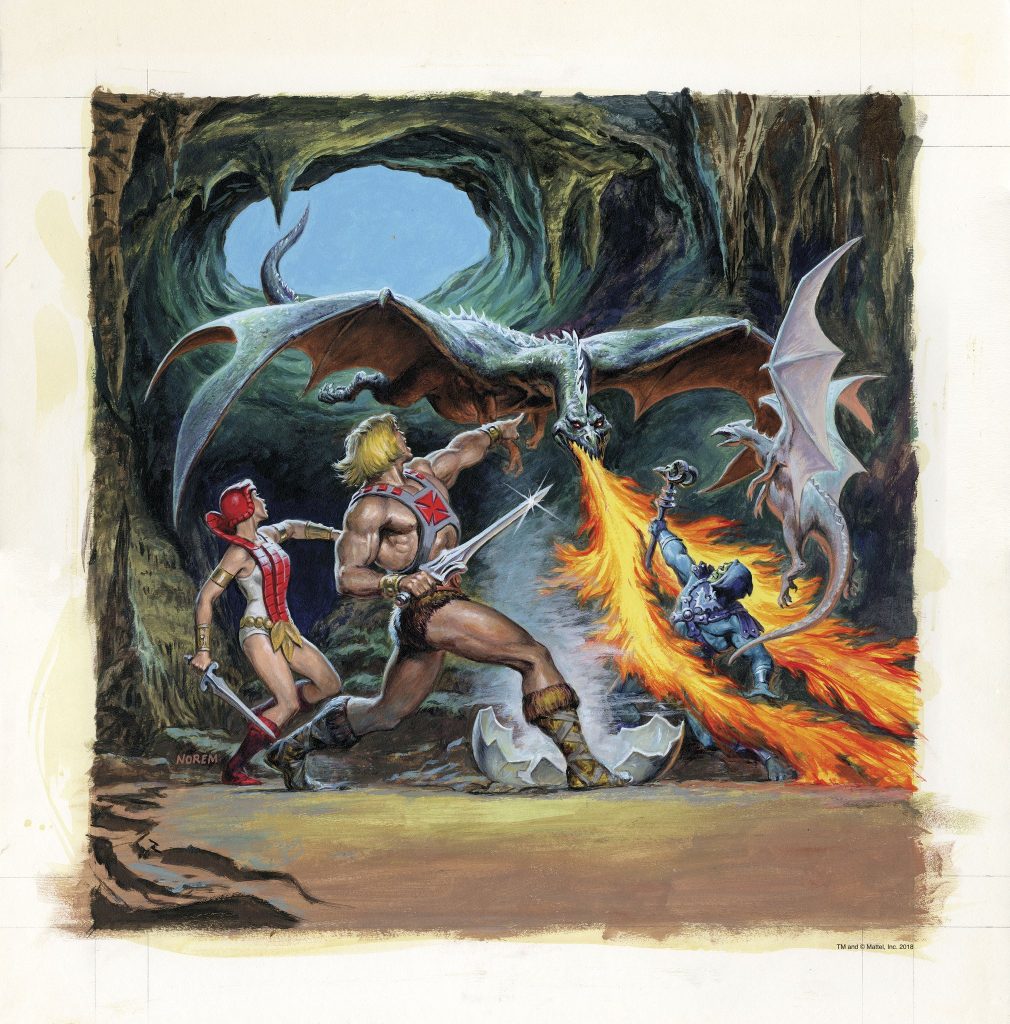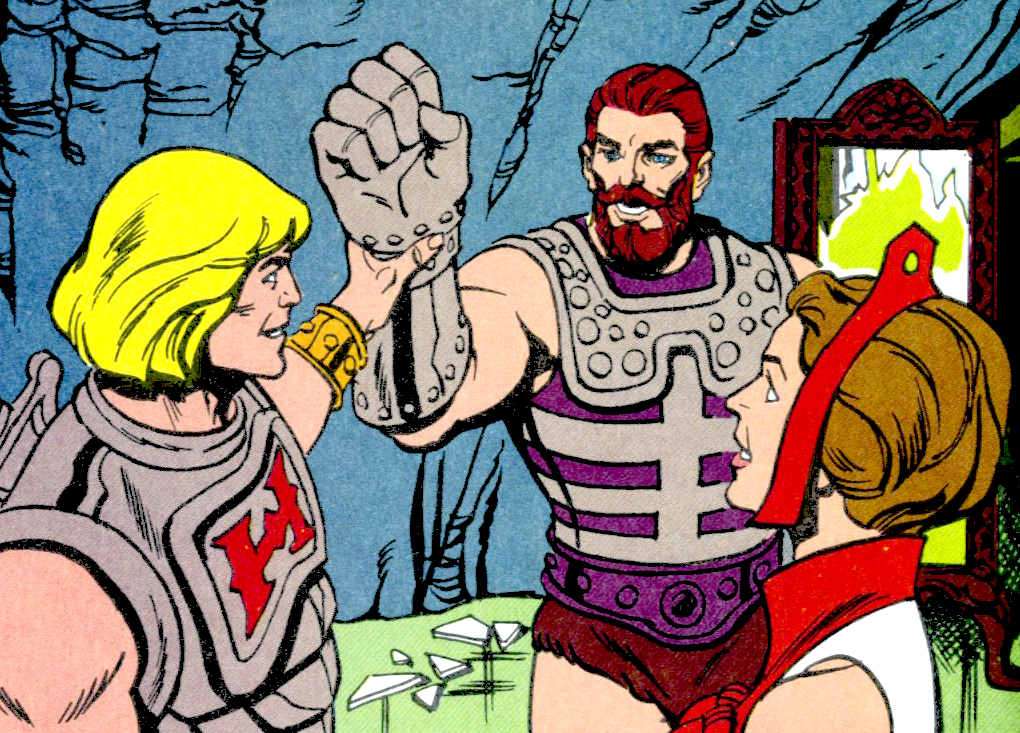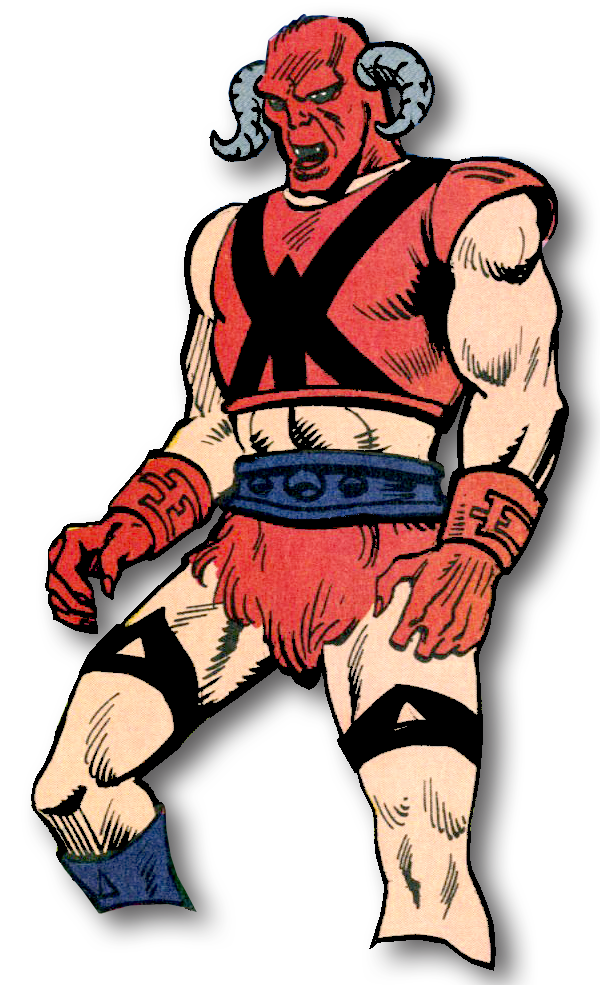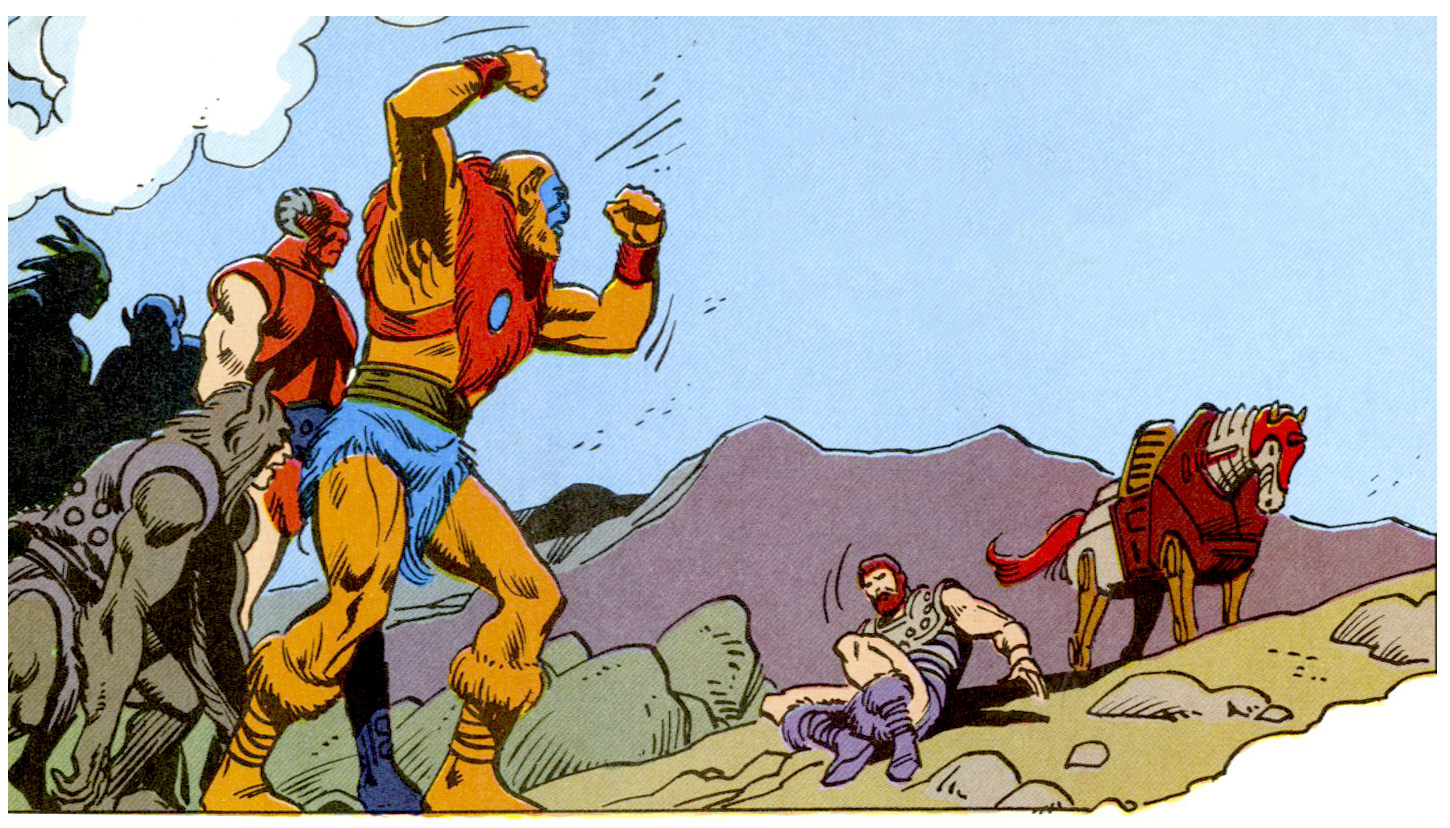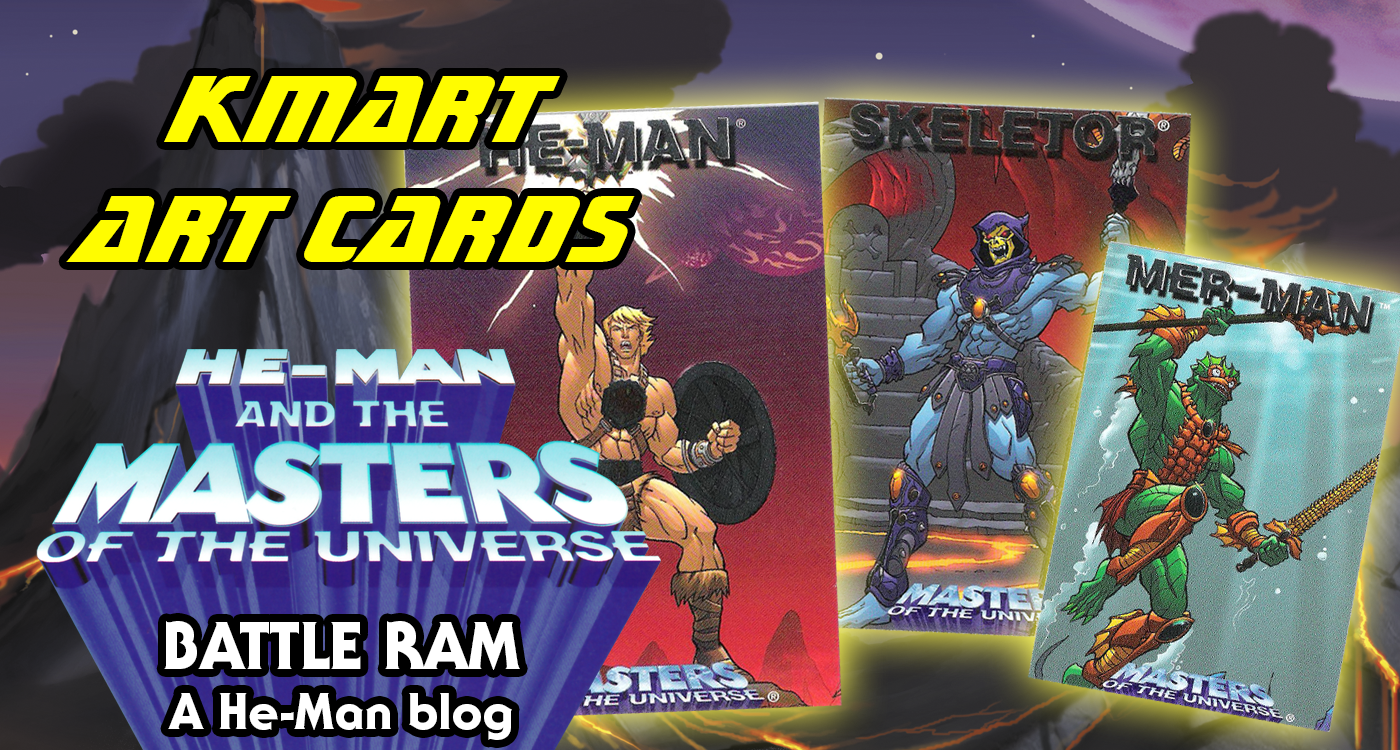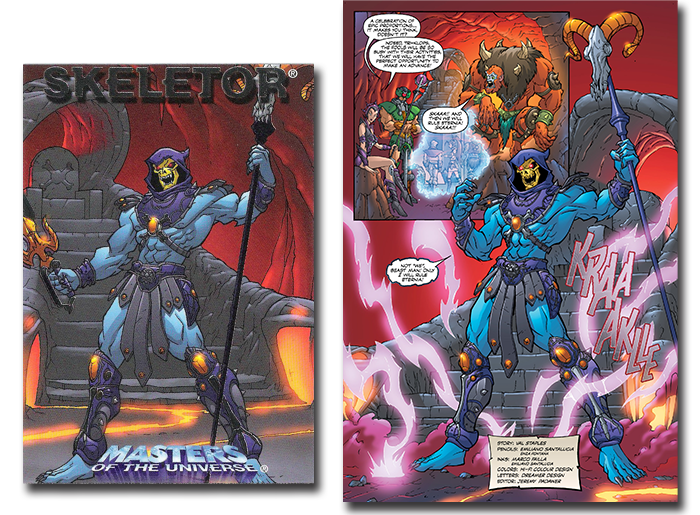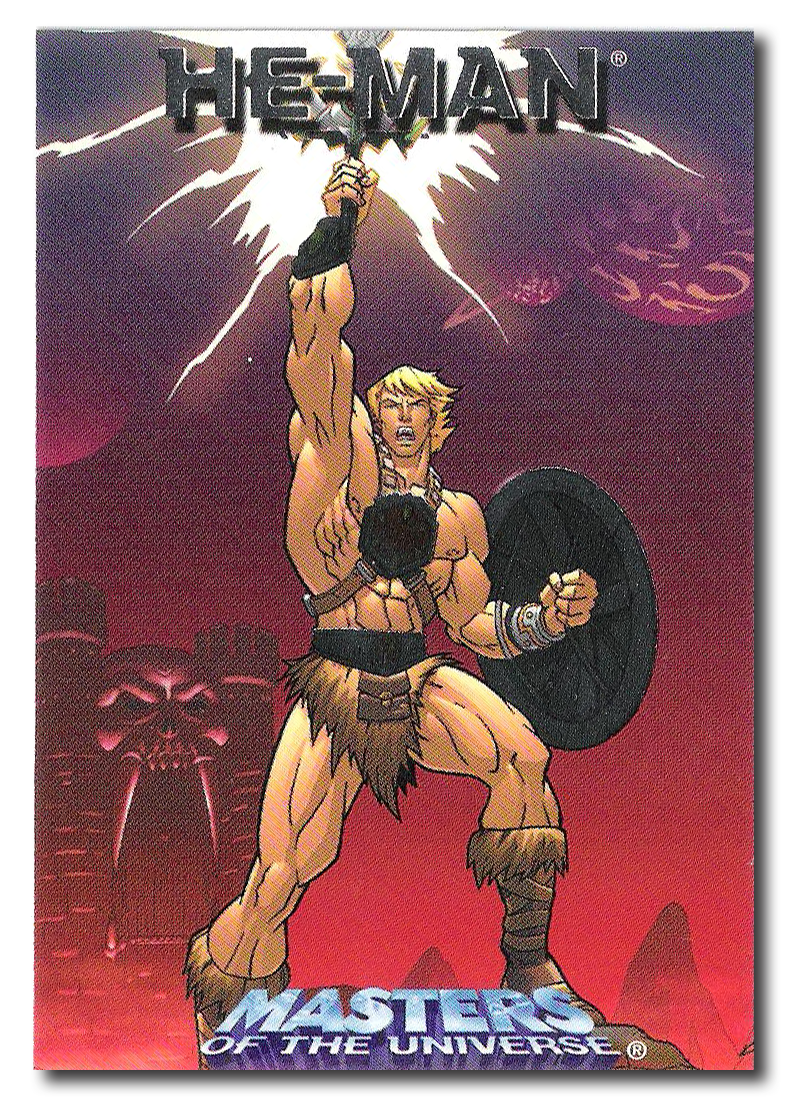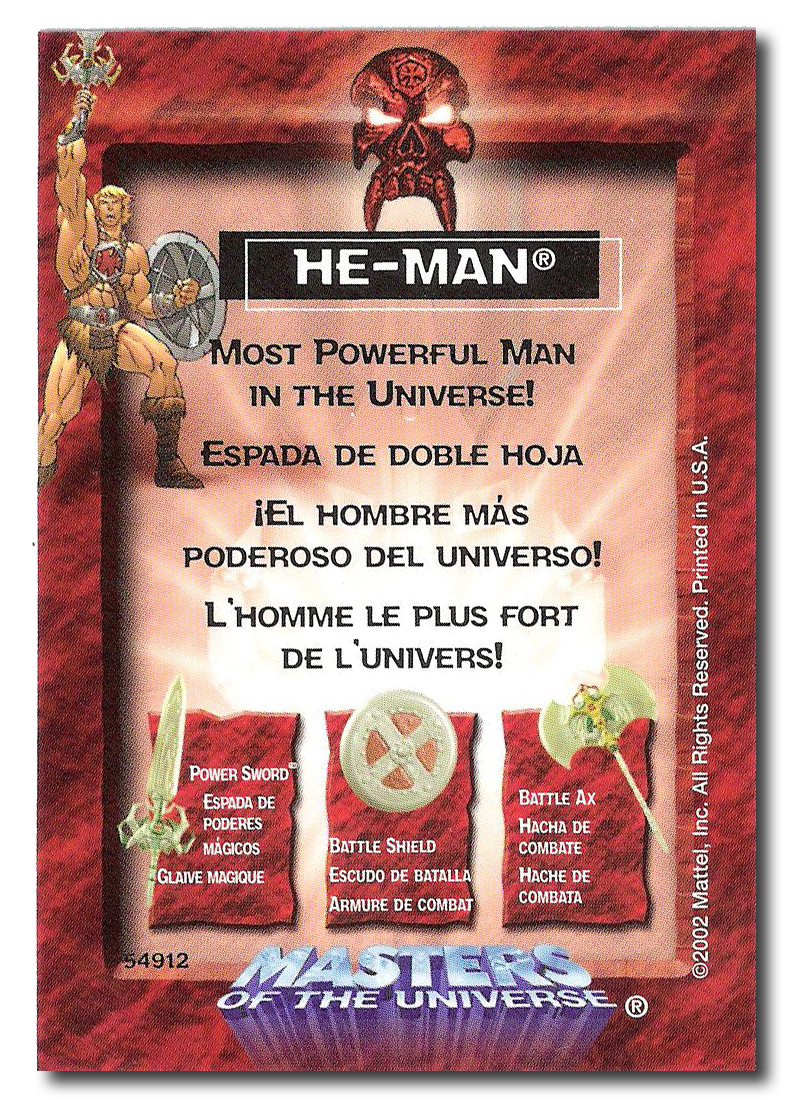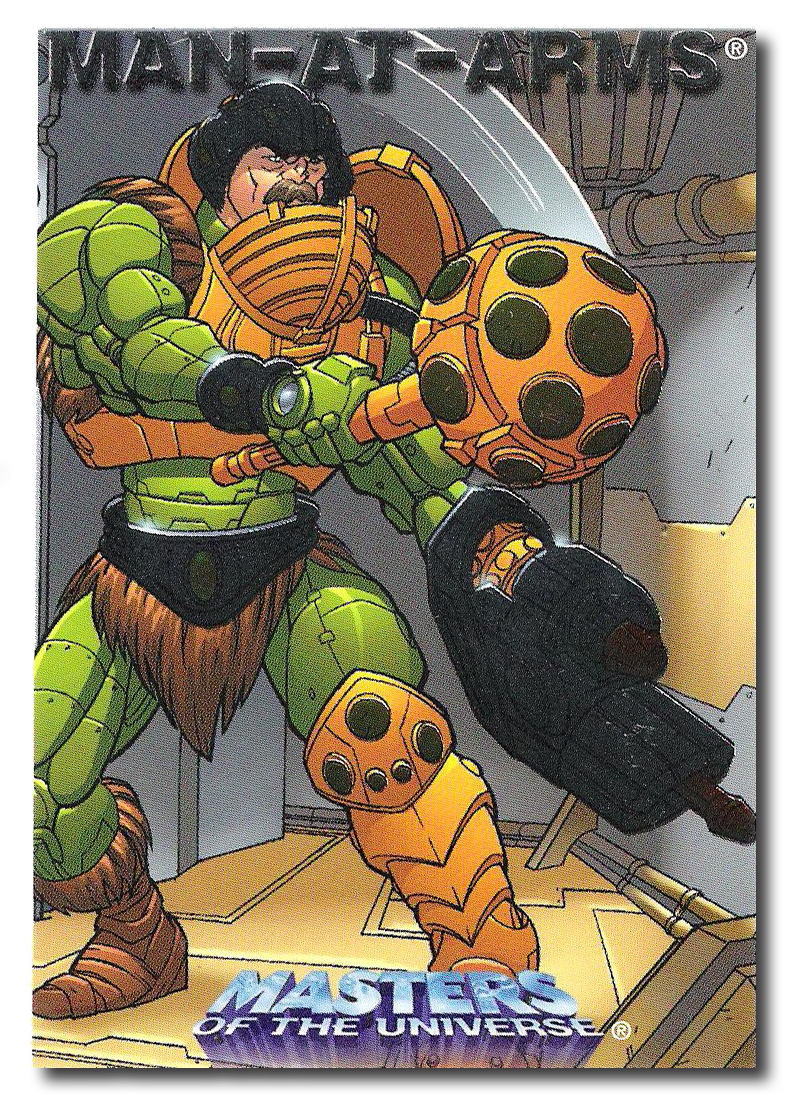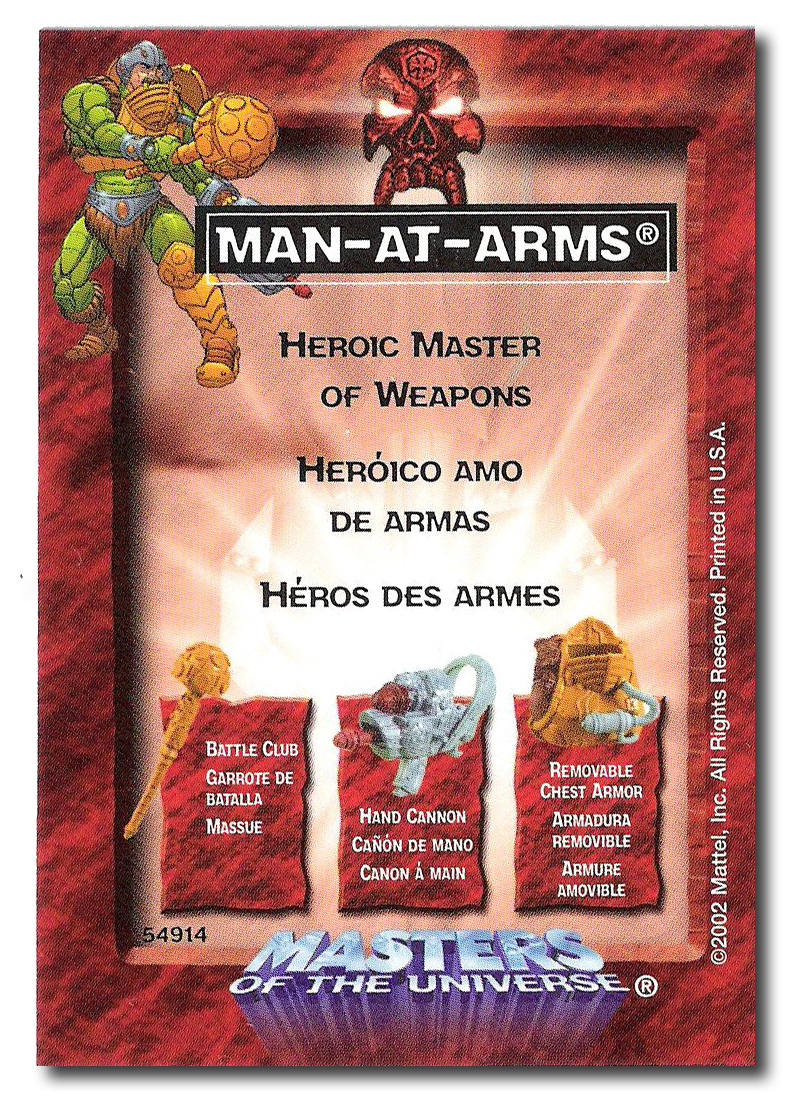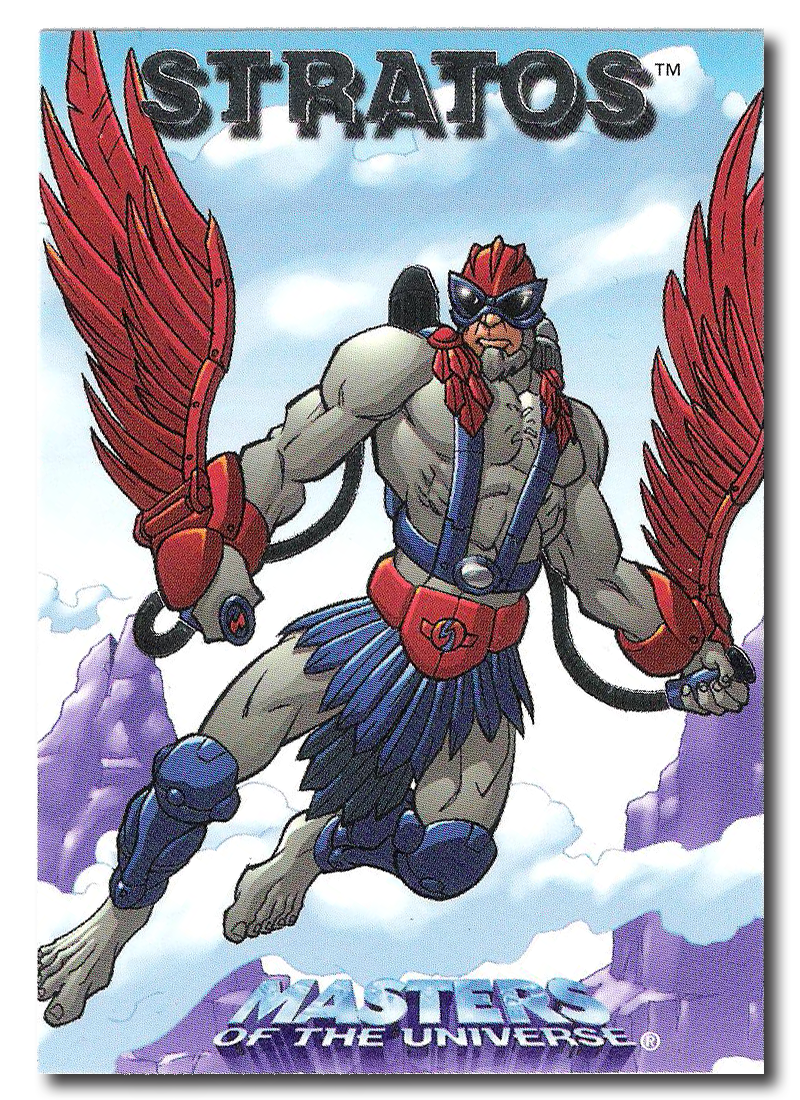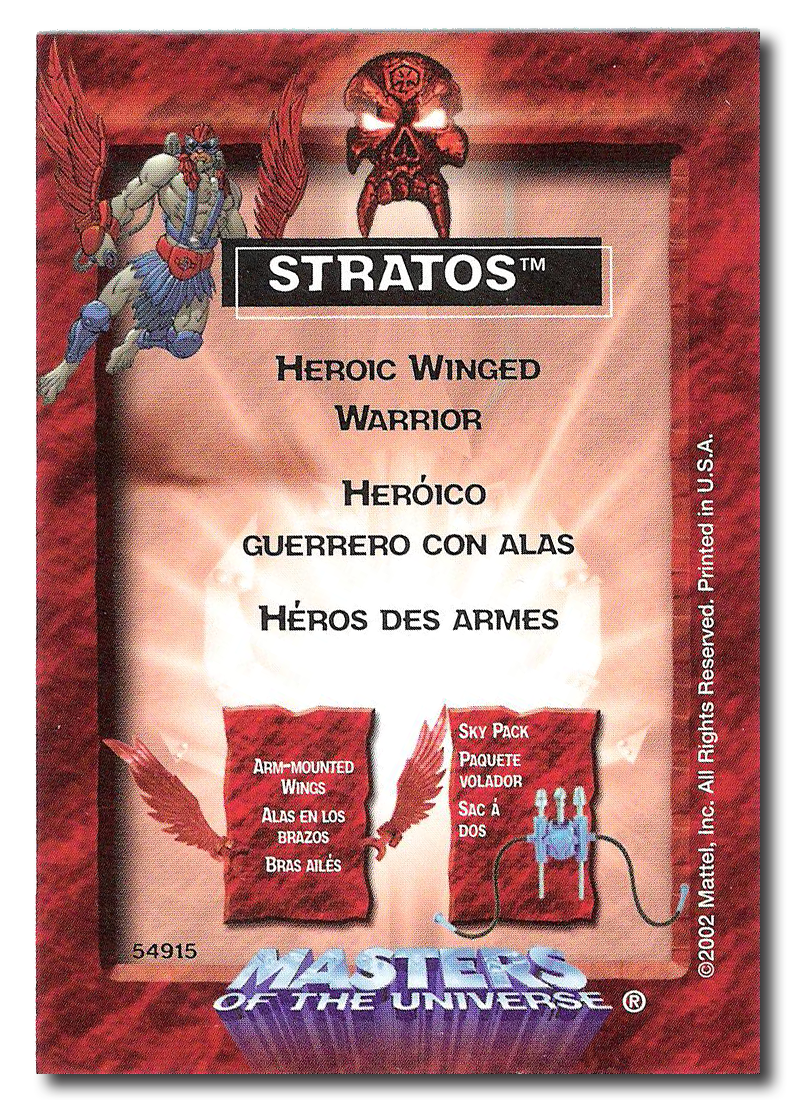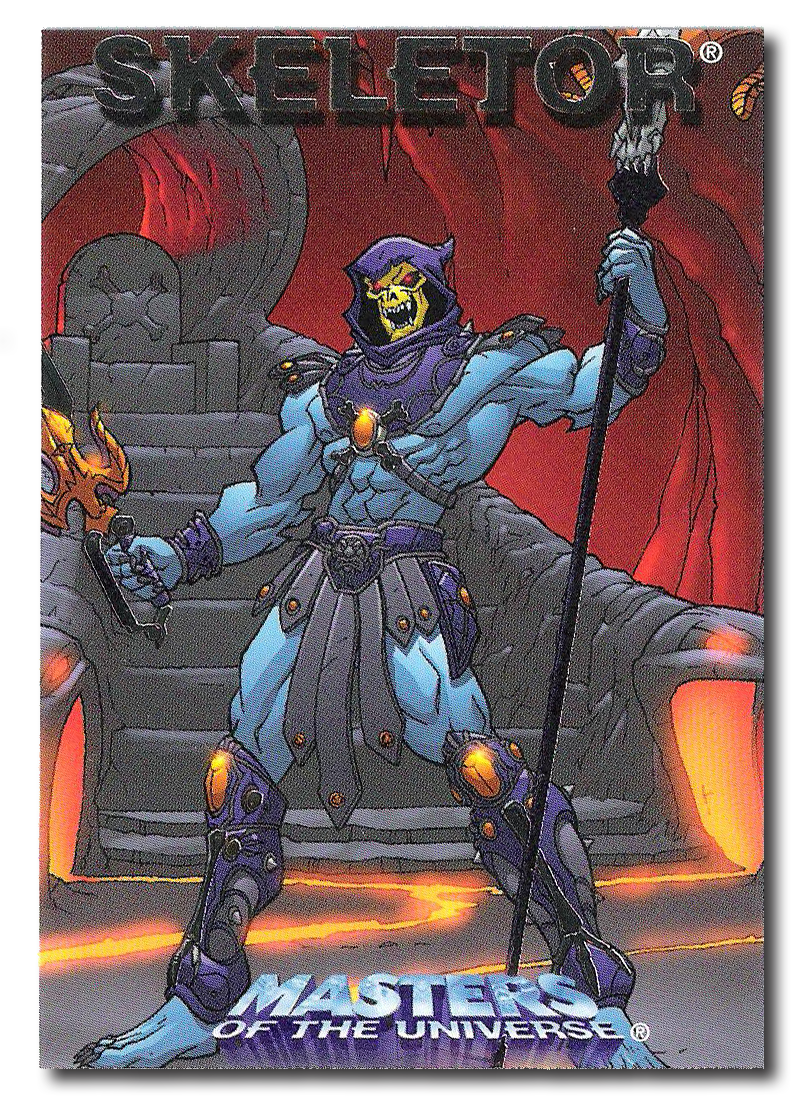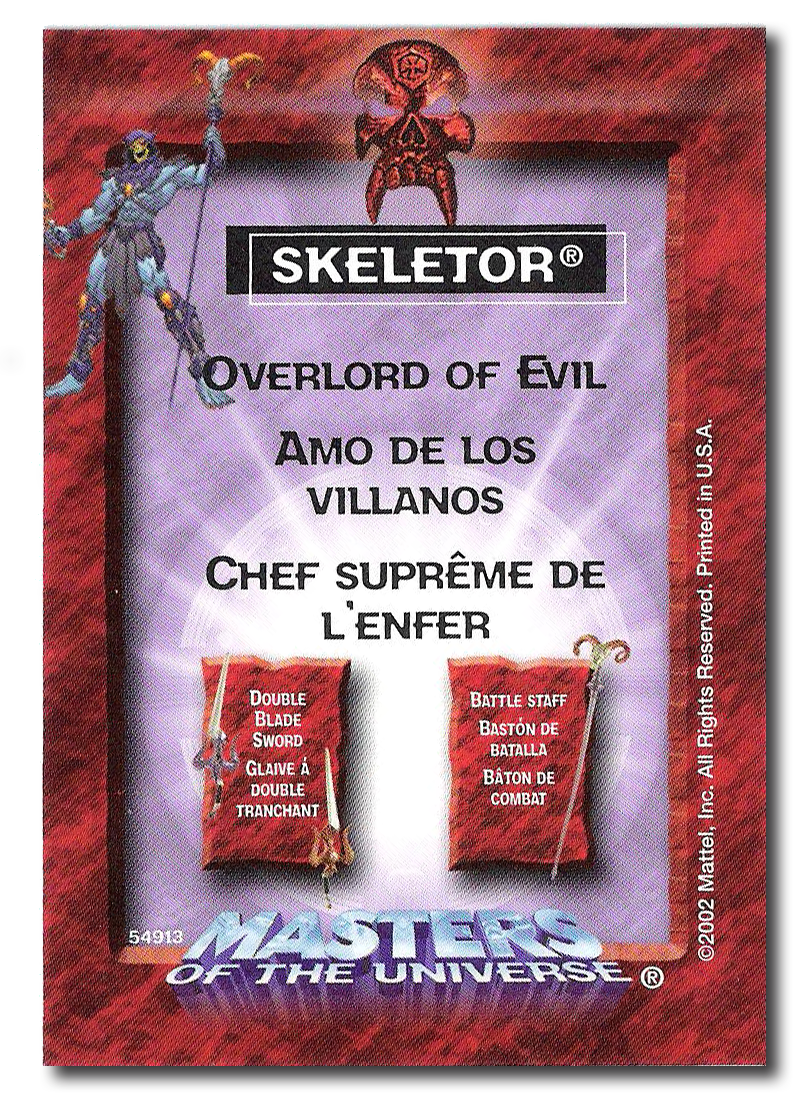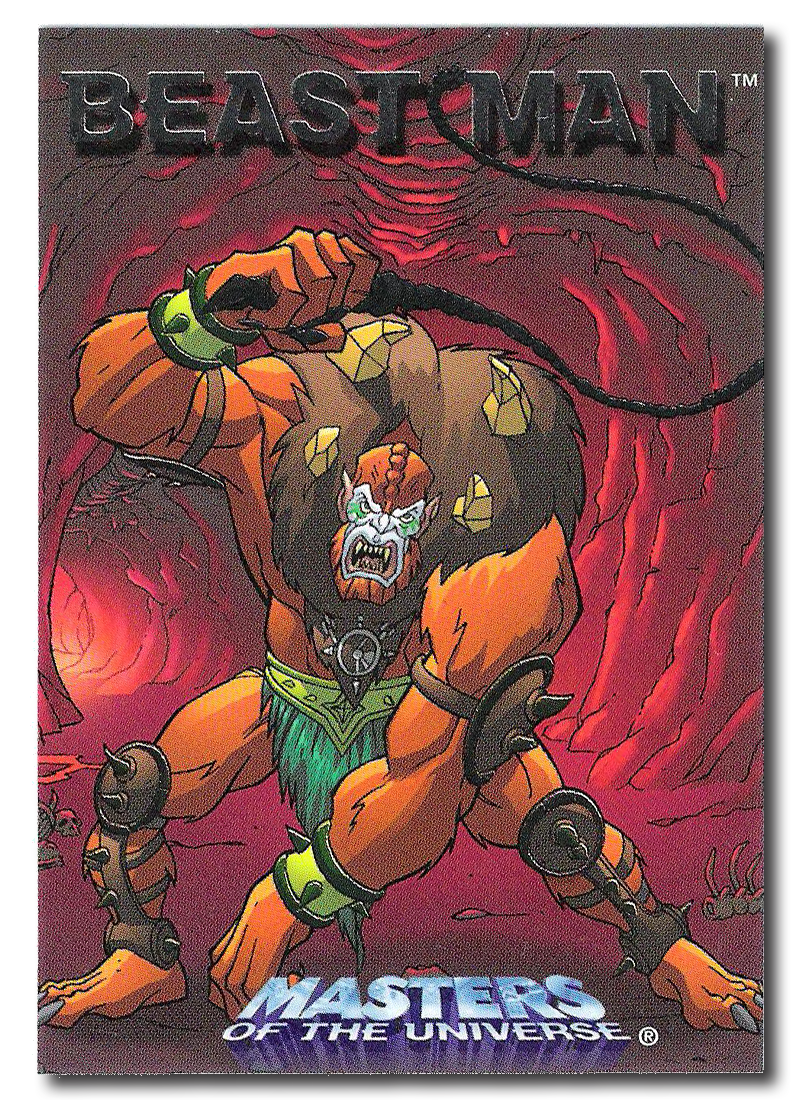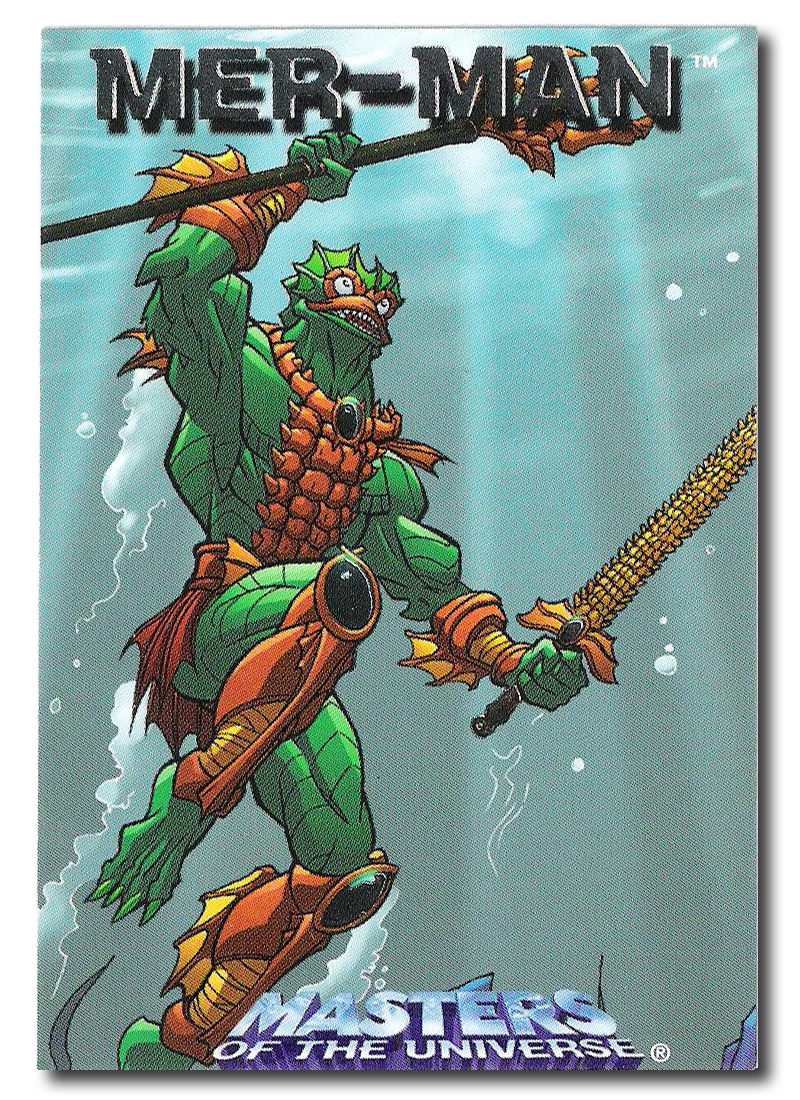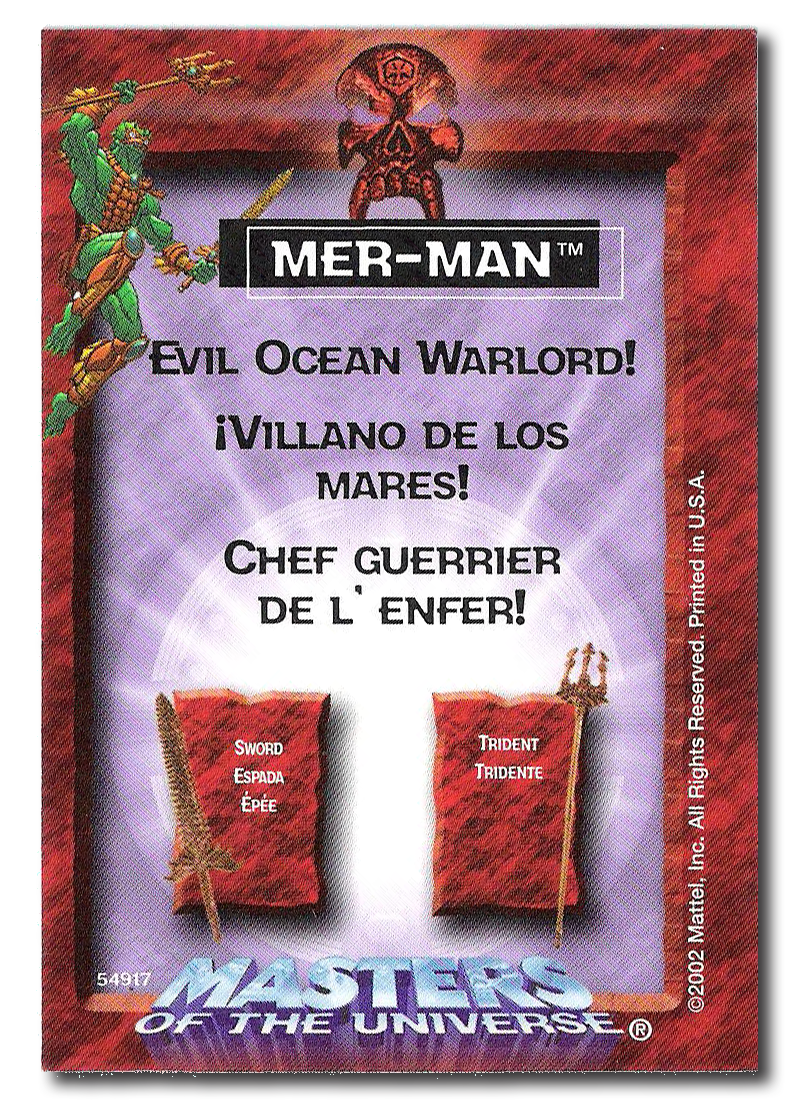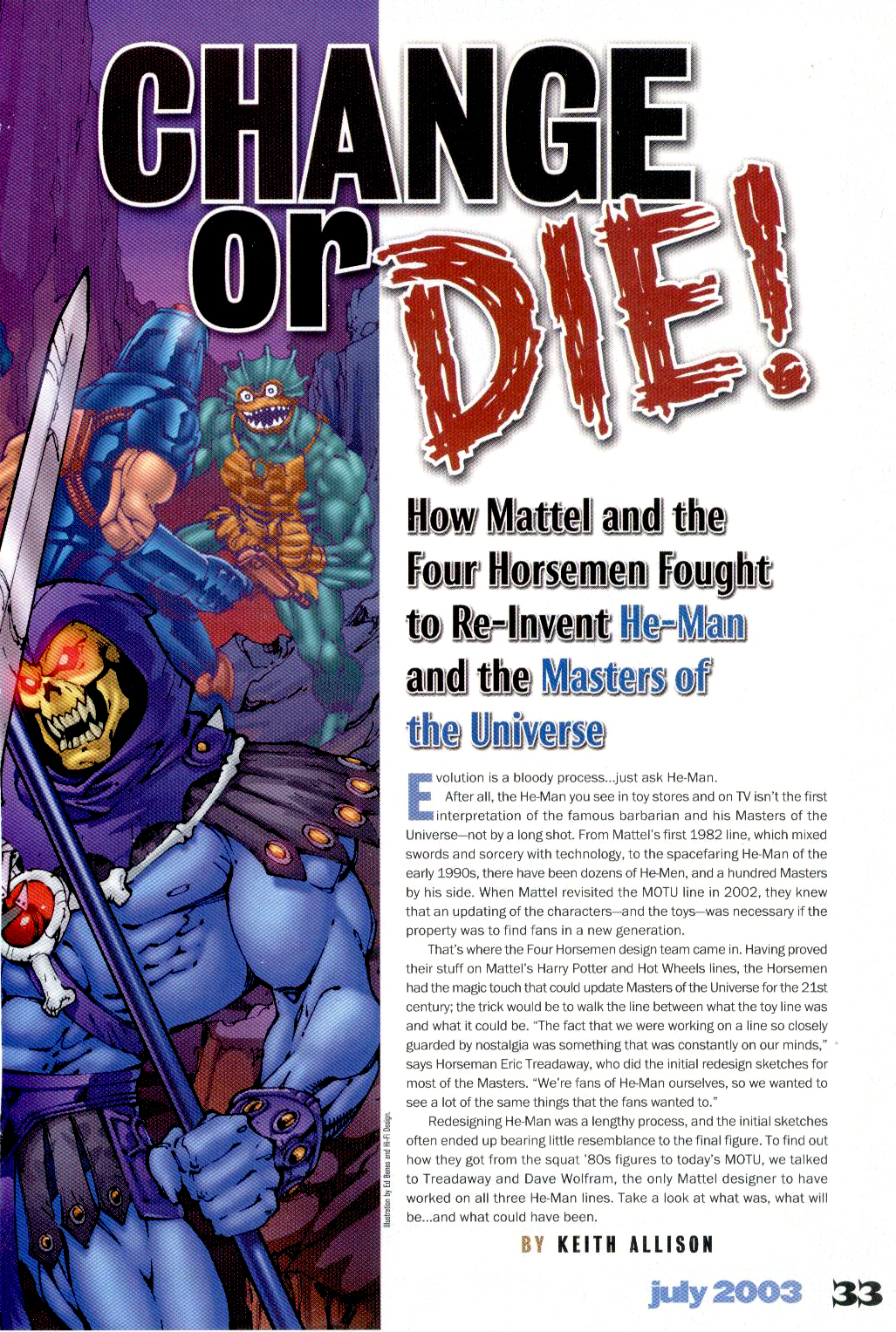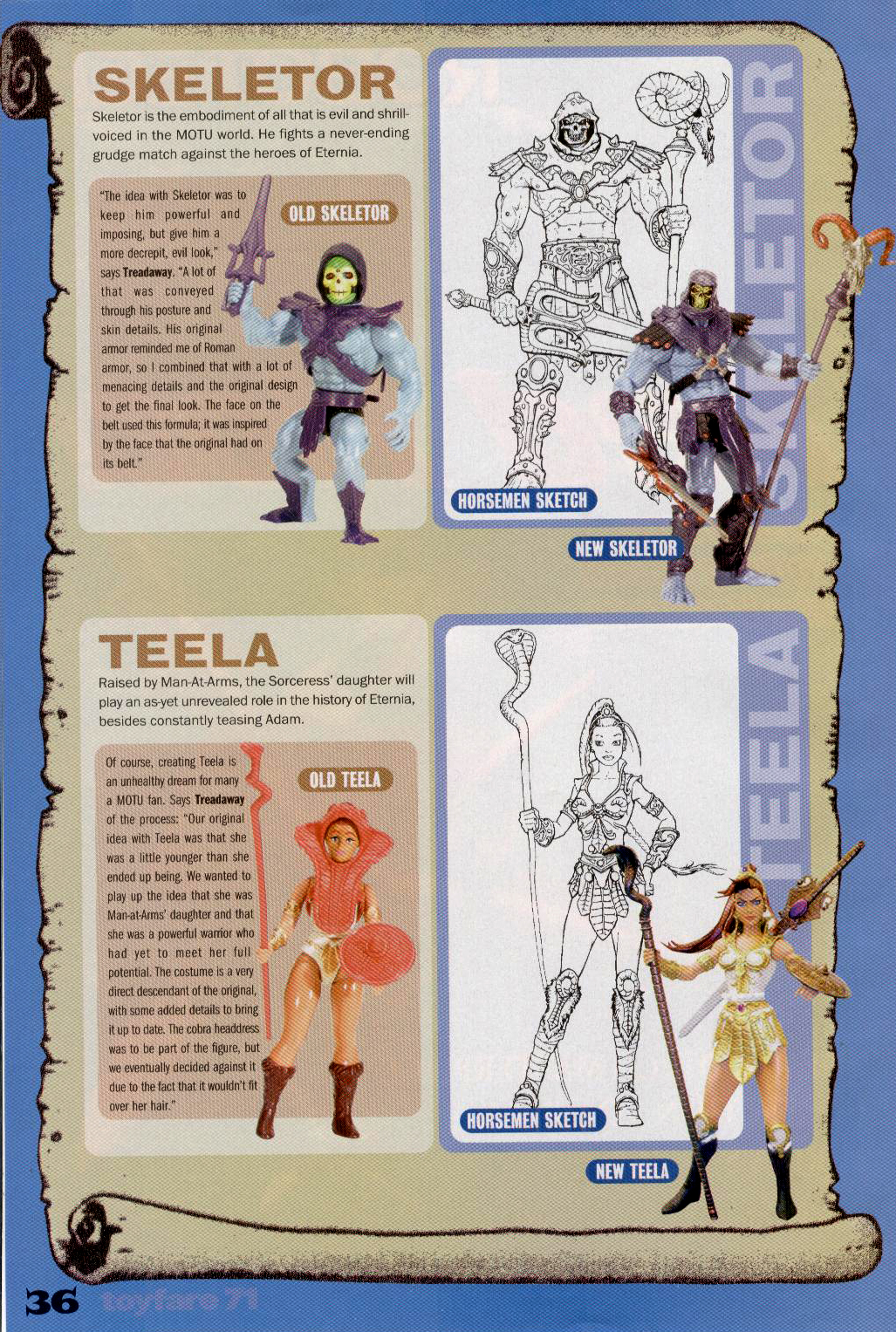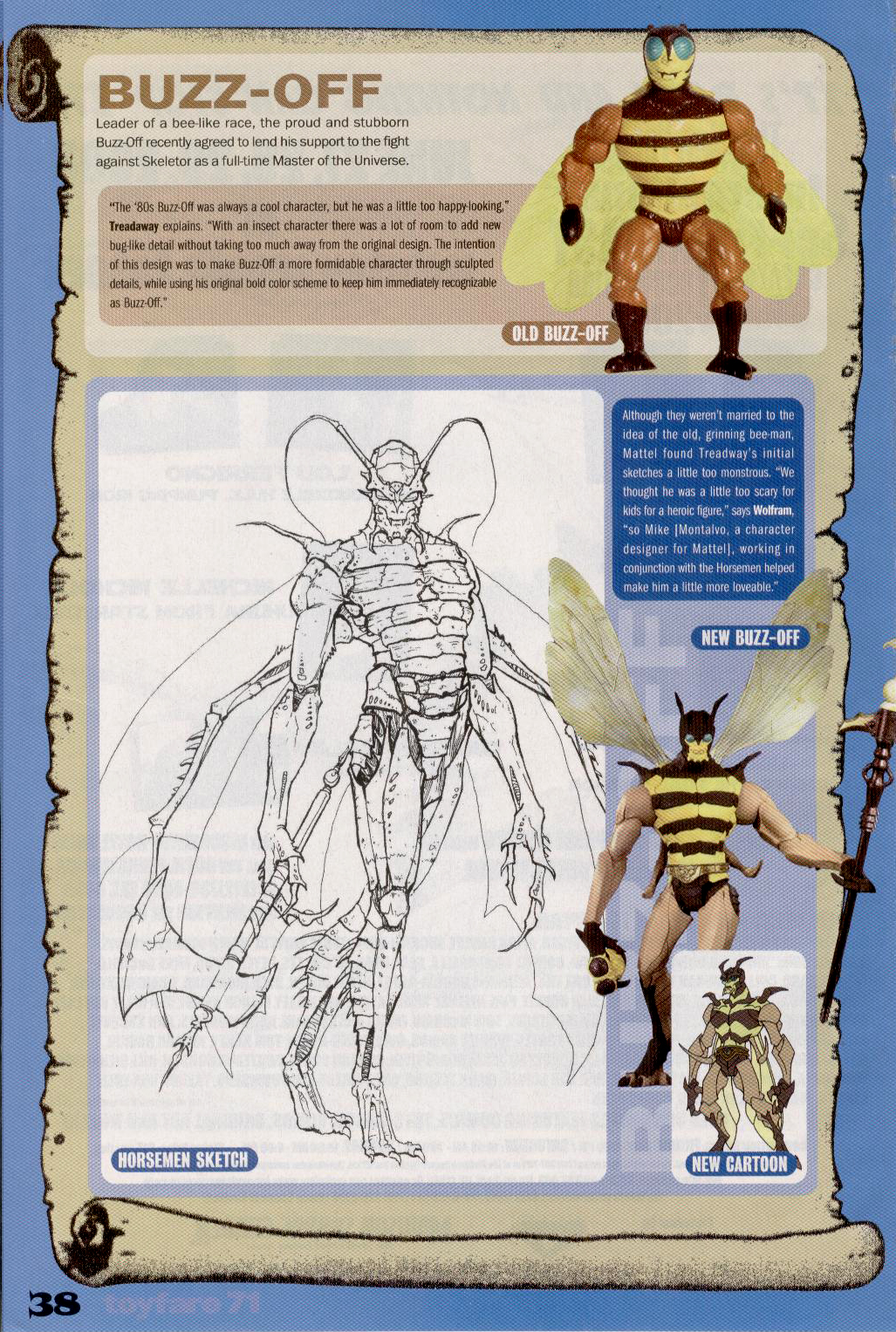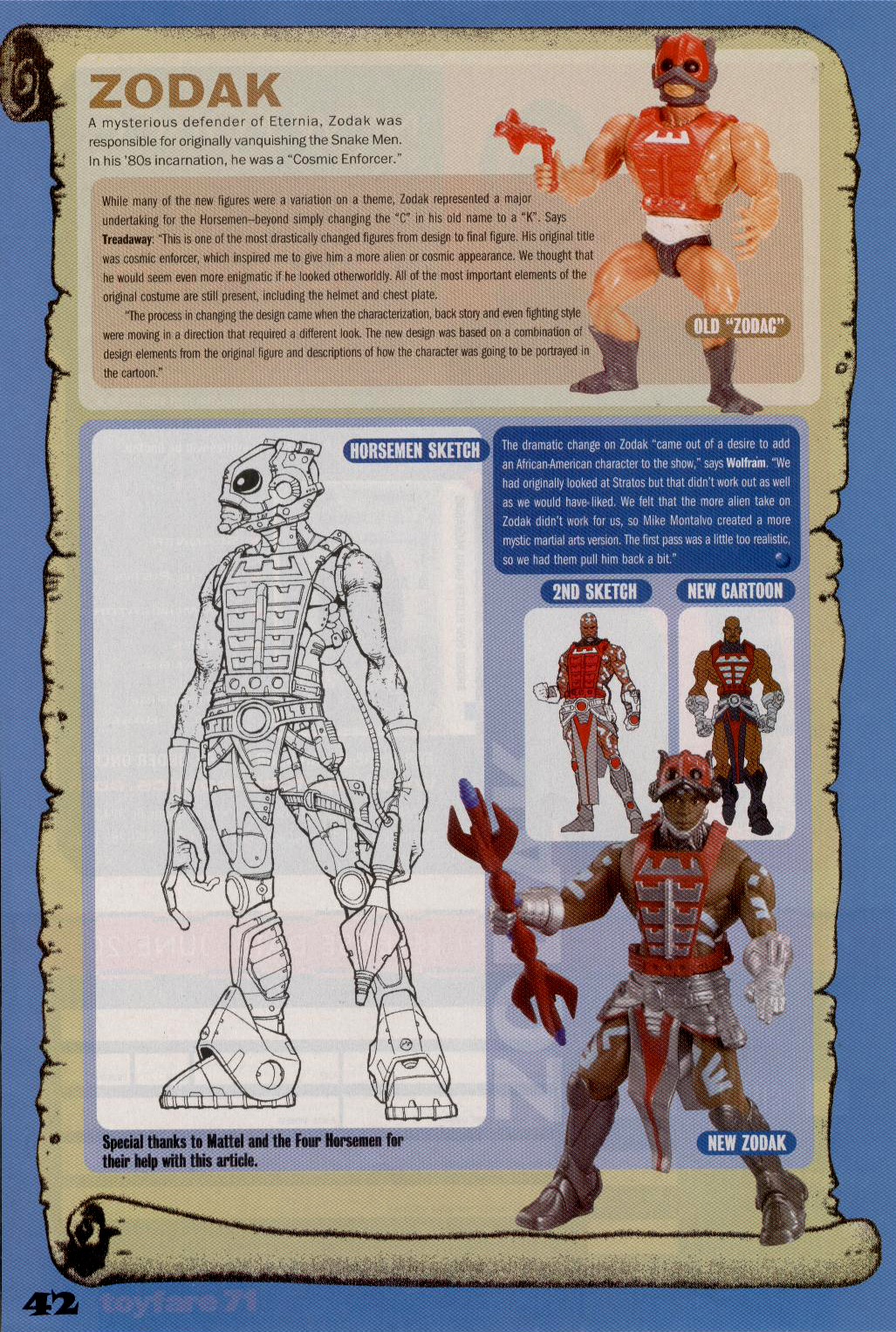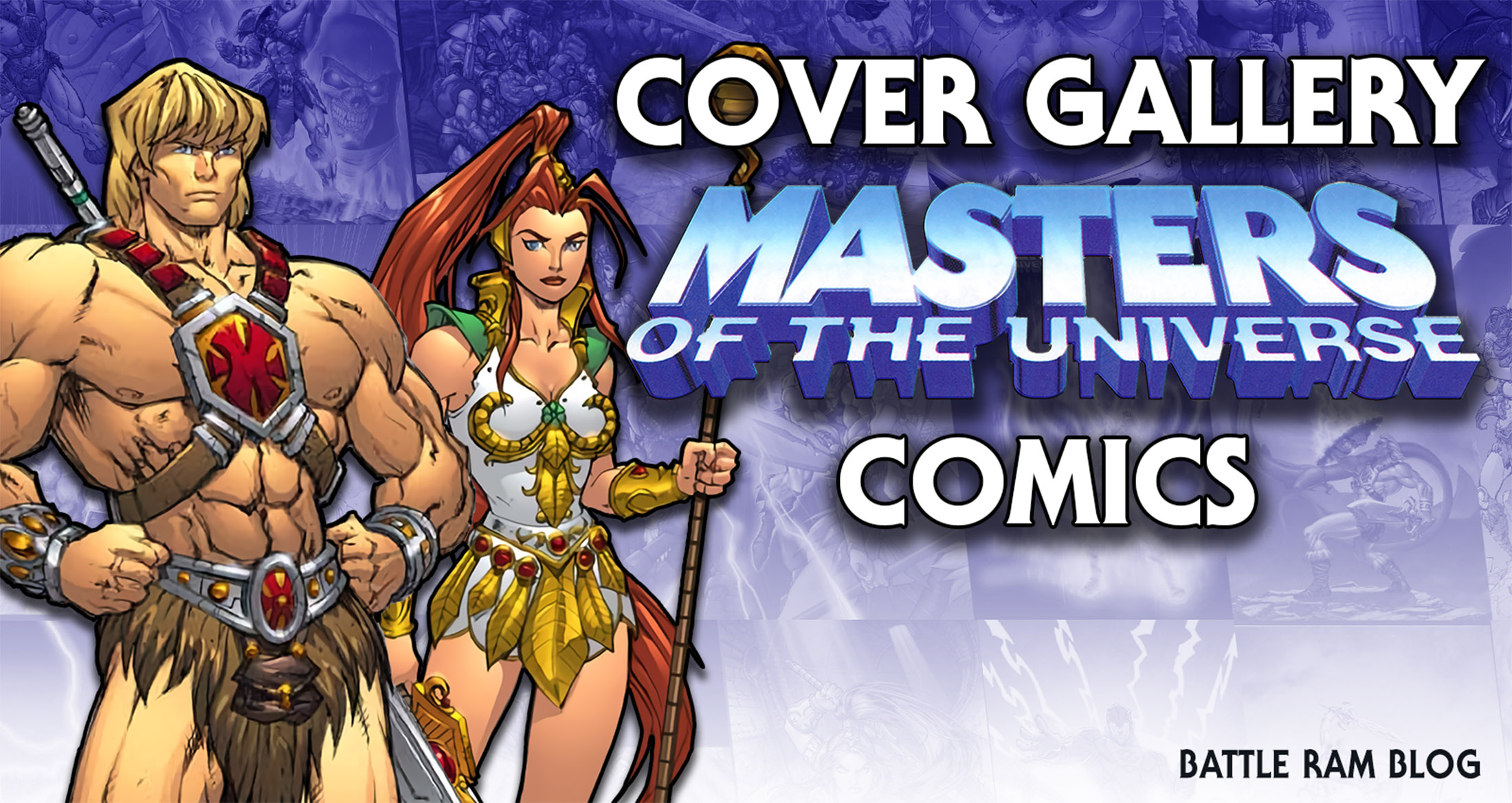
I really like Masters of the Universe comics. Heck its no secret I’d love to one day write and/or draw art for an official publication in the future. And since its now been 20 years that the reboot comic series ended, I wanted to take a moment to appreciate the cover artworks on that series.
The 2002 comics for Masters of the Universe were produced by MVCreations. While the animated series by Mike Young Productions was aimed at a younger demographic, the comics had the opportunity to appeal to the older fans who grew up with He-Man in the 80s.
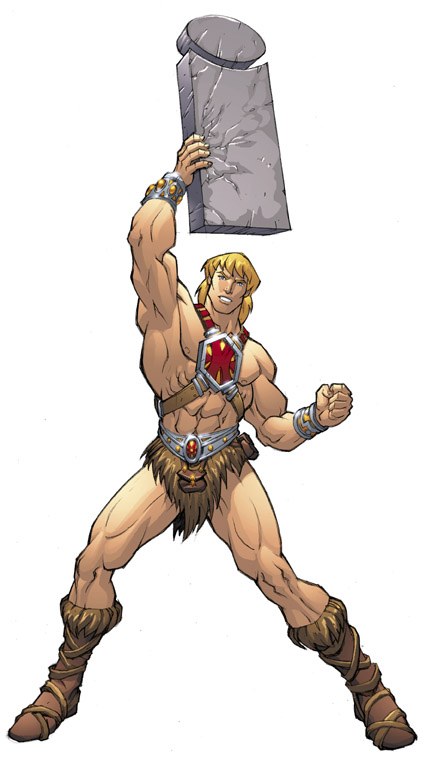
From 2002 to 2004, the Masters of the Universe comic series was published through Image Comics (15 issues), CrossGen Entertainment (8 issues) and MVCreations (6 issues).
Since the beginning, there were many variant covers for the comic issues. But some fans reported how they couldn’t keep up with them, so the president at MVCreations, Val Staples listened to the feedback and decided to not feature them during the Volume 2 ongoing comics and the mini-series “Icons of Evil”. Accordingly it “cut the sales by almost half, and made the comic extremely hard to produce later on.” [1] They added them back when Volume 3 started, as limited releases and special exclusives, which “helped a little.” There were also ideas for other special gimmick covers they wanted to do, but never got the chance – such as a lenticular cover depicting Adam transforming into He-Man, or a felt texture cover with Moss Man.
The cover artwork especially was really terrific, with a multitude of talent from regular to variants, so I’d like to highlight them in this article. Full disclosure, it was also a way for me to dig through old hard-drives (from 2004) and folders on my computer, so that I can share the logoless cover versions, many of which can’t be found online in 2024 anymore. They are displayed next to the final covers. When researching other sites, I found some to have omitted variant covers or credited wrong artists. So I’ve tried my best to include as many of the unique cover artworks in this gallery (meaning a special museum edition won’t be here, since it used art on its cover from the existing 5-page preview comic), and the artist & colorist credit.
Below you can find links to different sections:
⚬ Vol. 01 covers
⚬ Vol. 02 covers
⚬ Vol. 03 covers
⚬ Rise of the Snake Men
⚬ Icons of Evil
⚬ Specials
⚬ Trades
⚬ Unpublished/Unused covers
Hope you enjoy the images and if you found some errors or missing unique art by MVCreations, please let me know! Some of the scans are my own, and I’d like to give a special shout out to grahamcrackers, milehighcomics, comicvine, mycomicshop, cilman and RED.
VOLUME 1
Issue 1 – Cover A (wraparound)
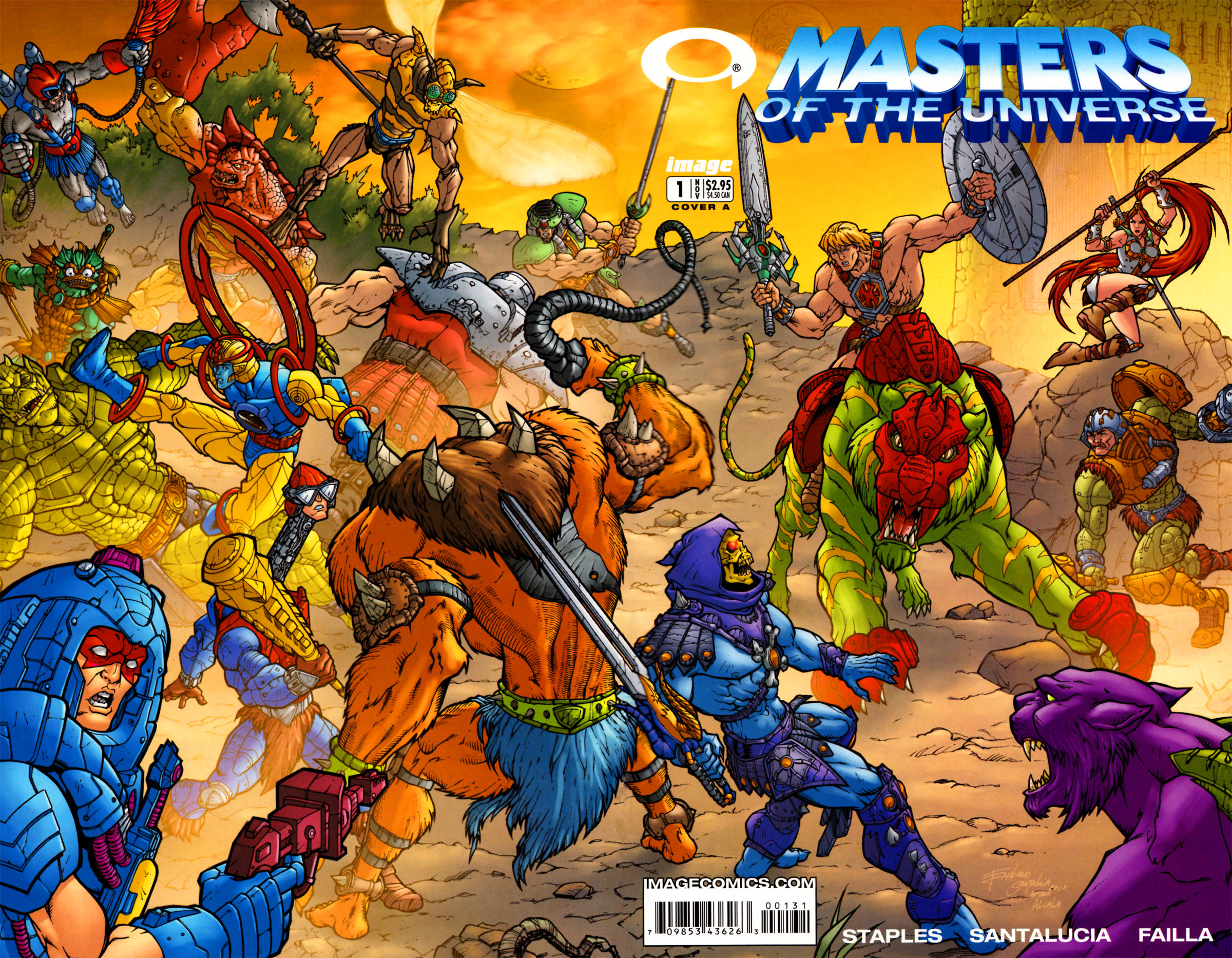
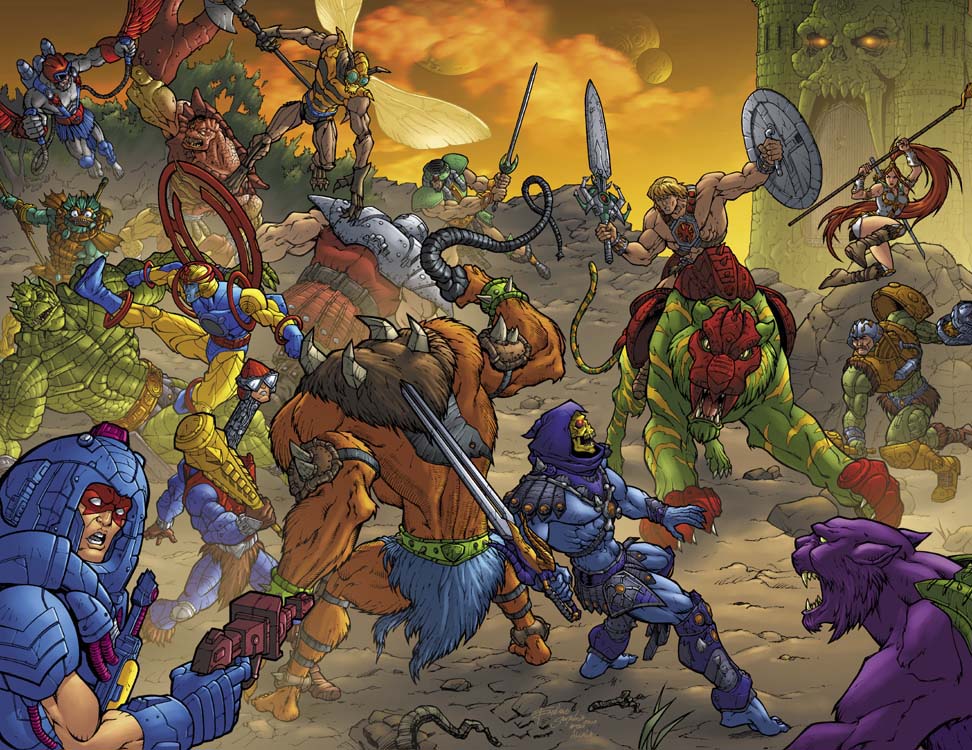
Art by: Emiliano Santalucia
Color by: Val Staples
Issue 1 – Cover B (wraparound)

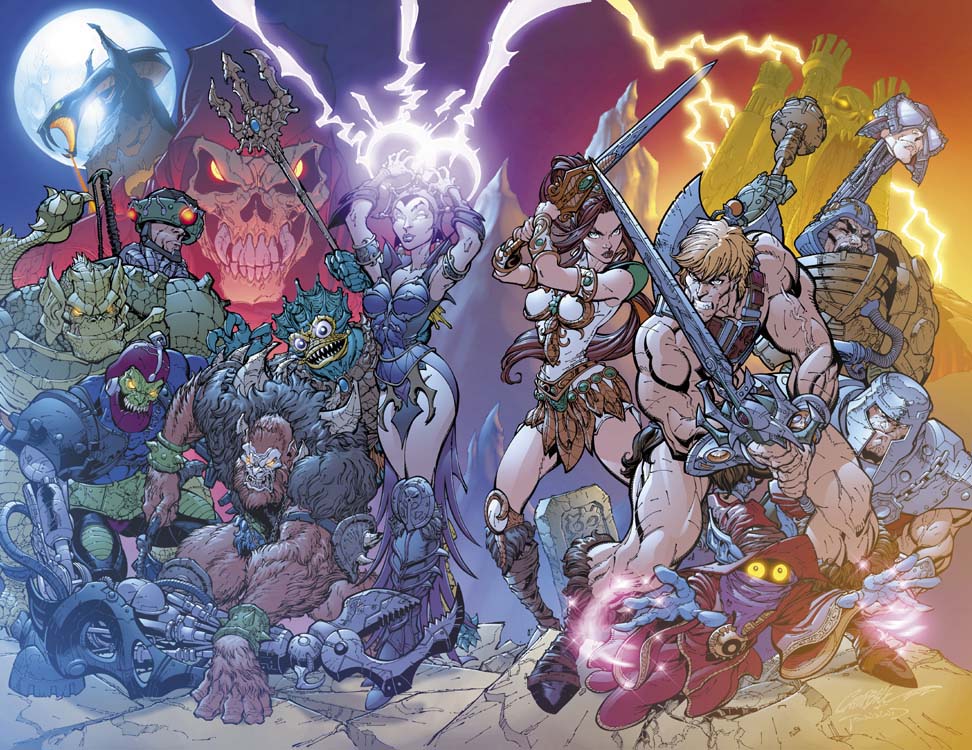
Art by: J. Scott Campbell
Color by: Val Staples
Issue 1 – Cover C (wraparound)

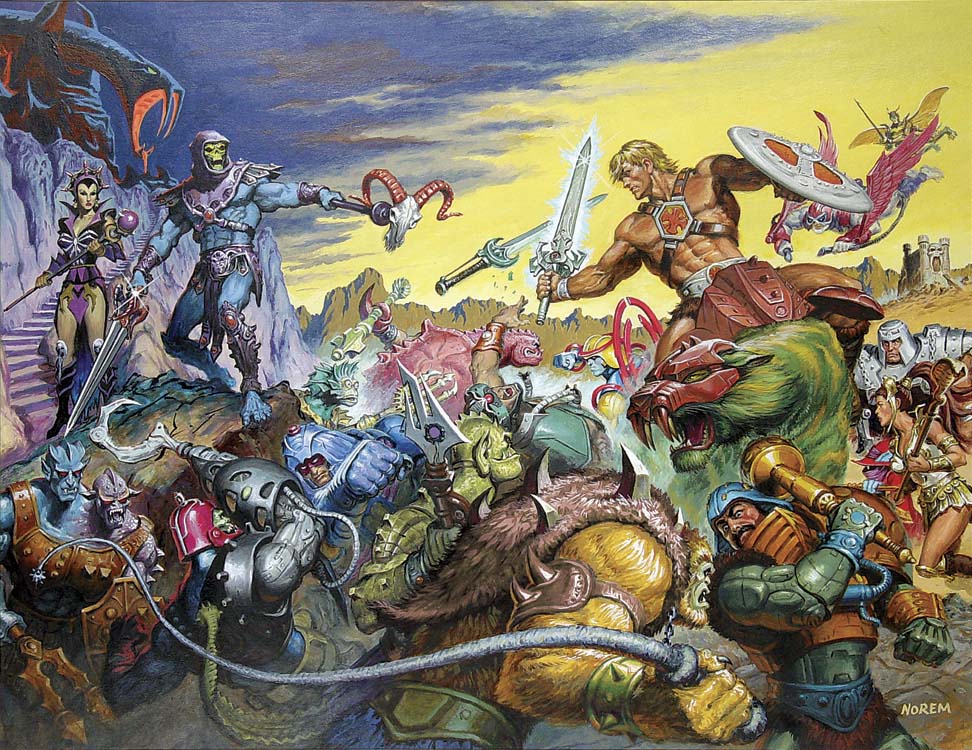
Art by: Earl Norem
Issue 1 – Graham Crackers exclusive cover (wraparound)

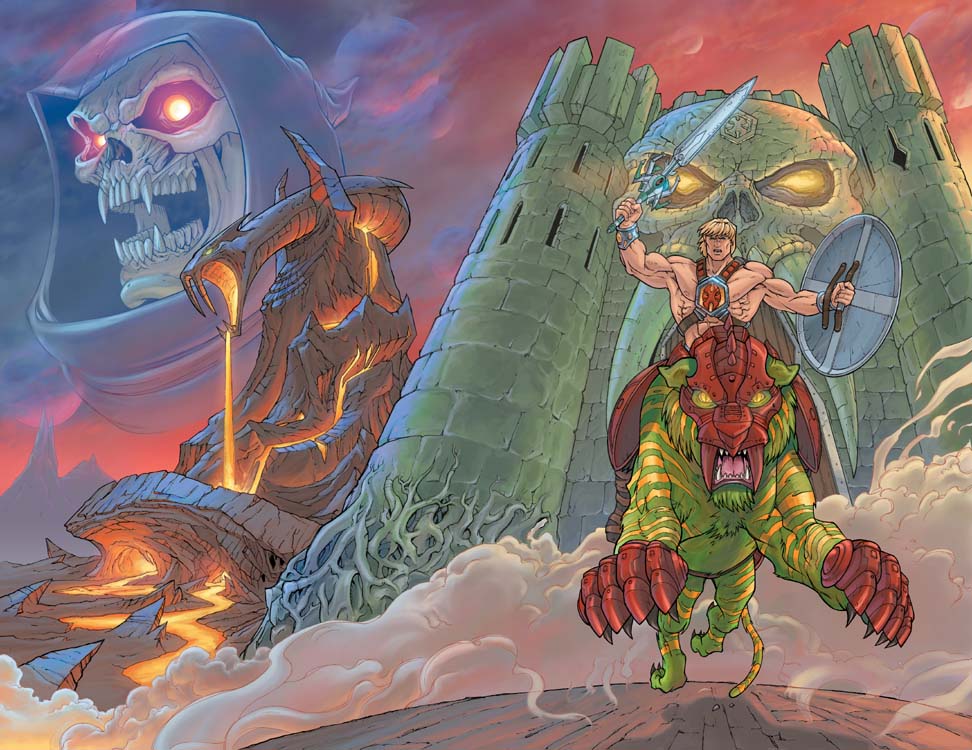
Art by: Emiliano Santalucia
Color by: Nathan “Baena” Baertsch
Issue 1 – Reprint (front)


Art by: Emiliano Santalucia
Color by: Val Staples
Issue 2 – Cover A (front)

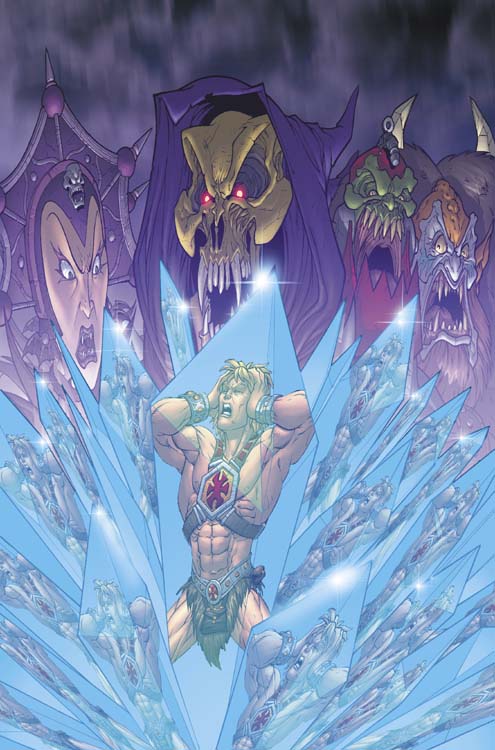
Art by: Emiliano Santalucia
Color by: Val Staples
Issue 2 – Cover A (back)
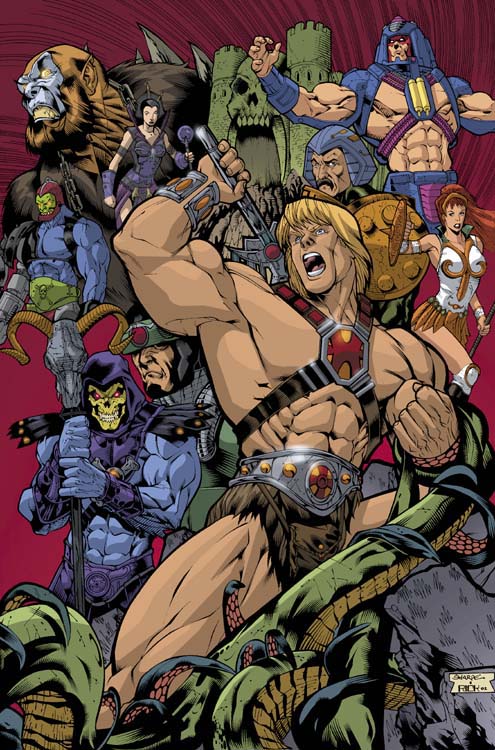
Art by: Kevin Sharpe
Color by: Val Staples
Issue 2 – Cover B (wraparound)
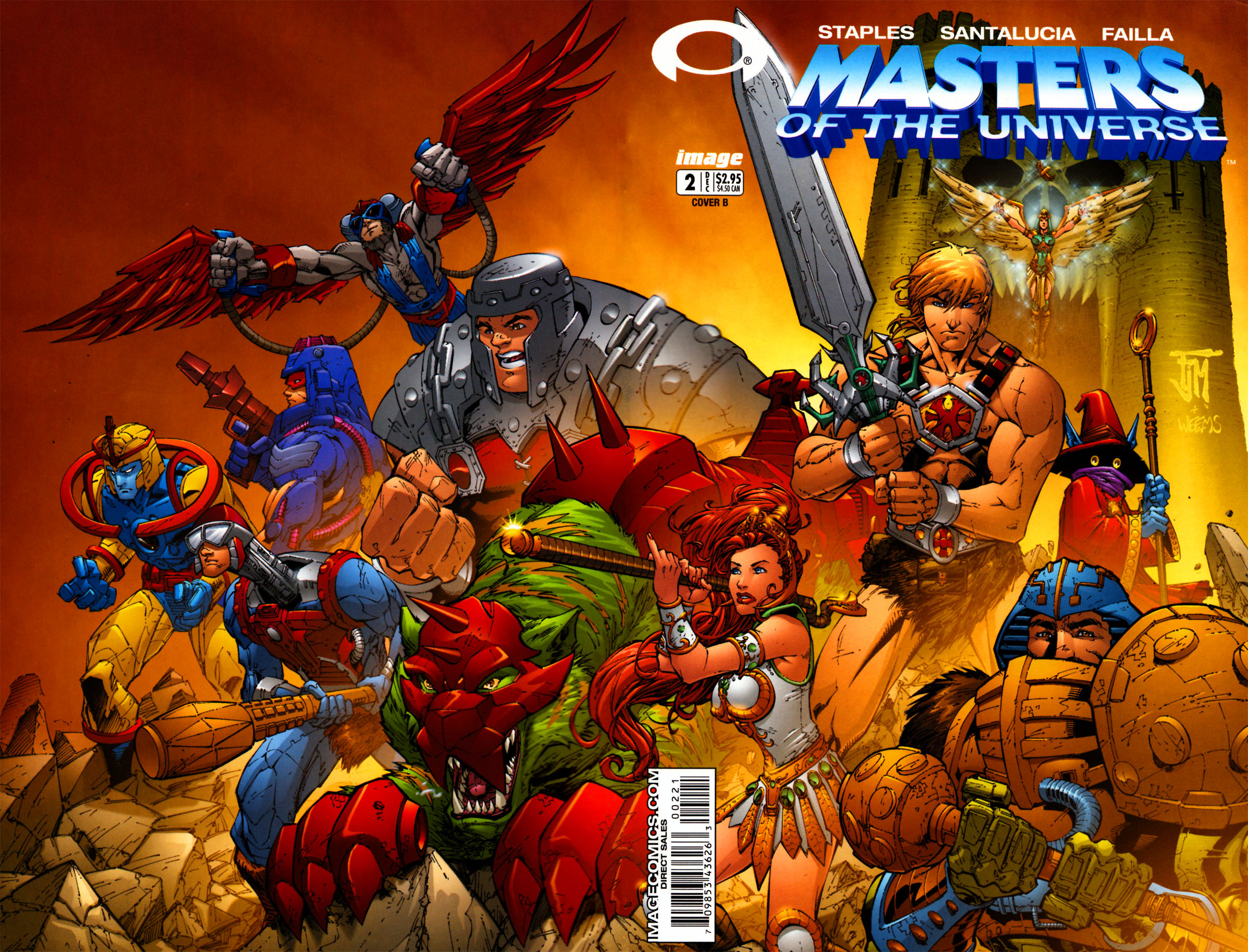
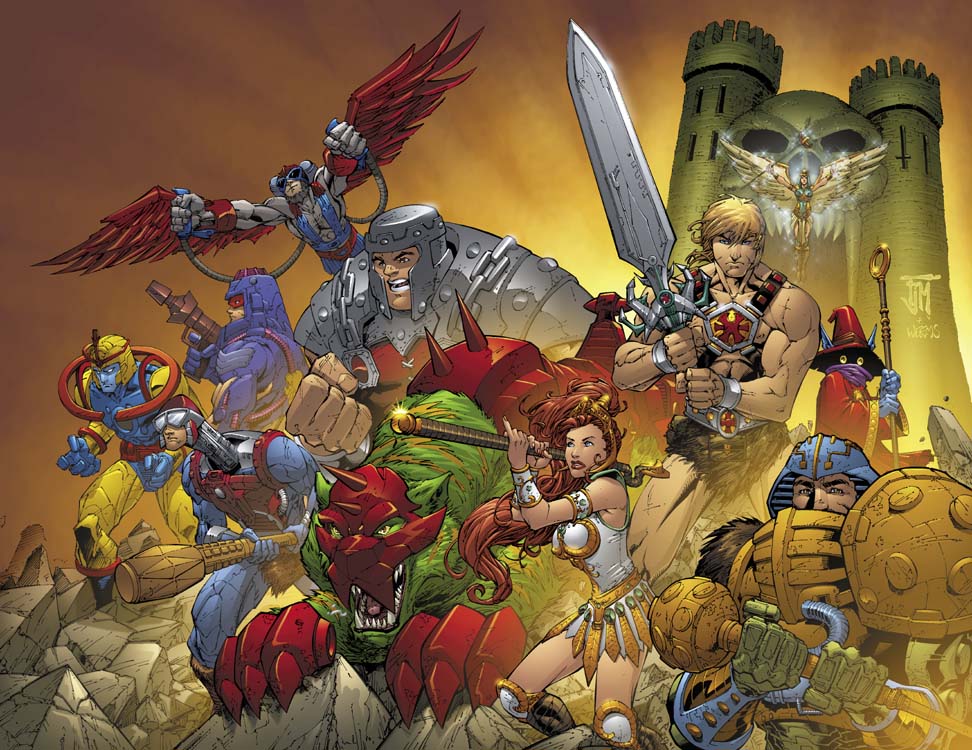
Art by: Francis Manapul
Color by: Val Staples
Issue 3 – Cover A (front)
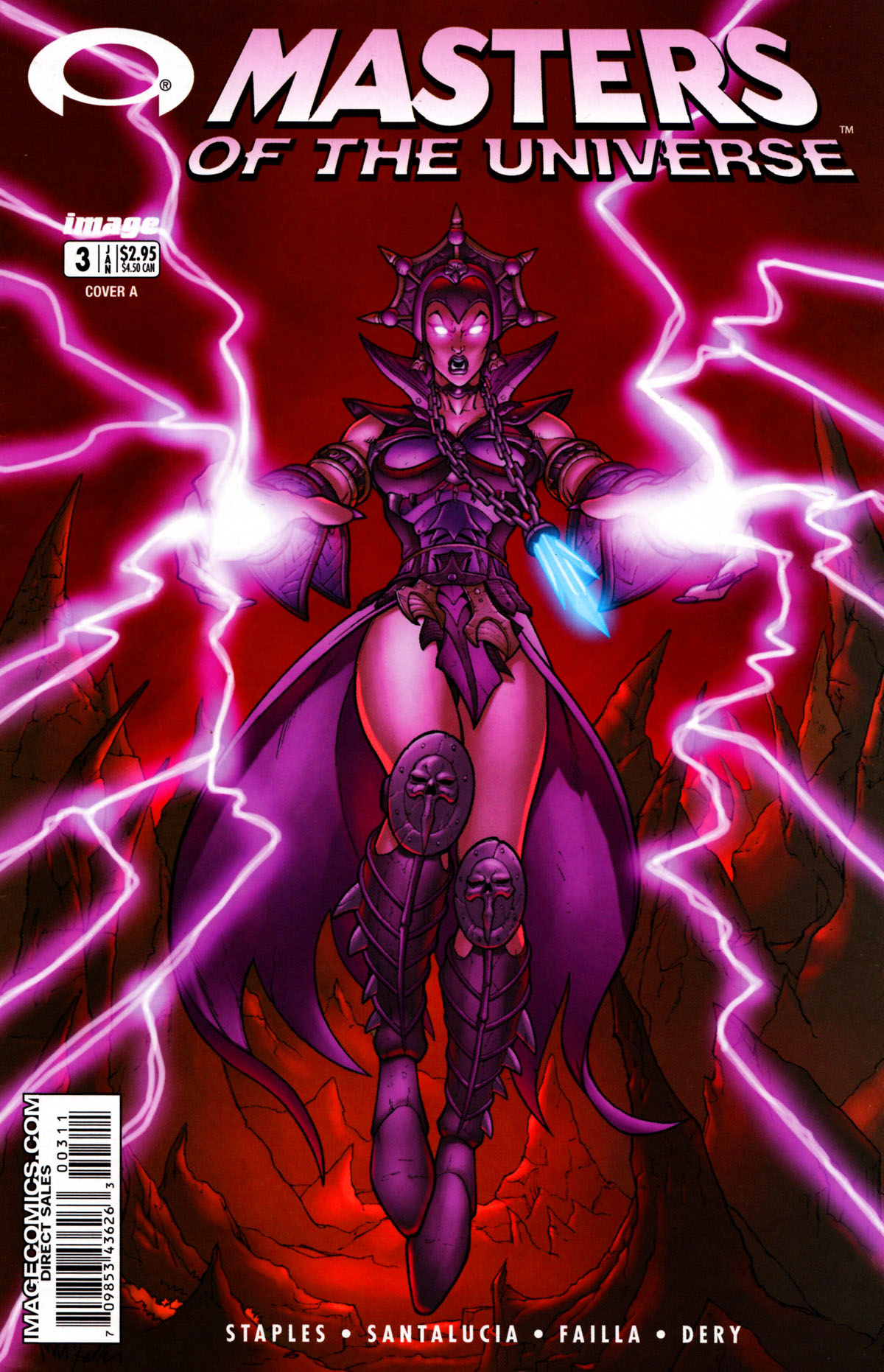
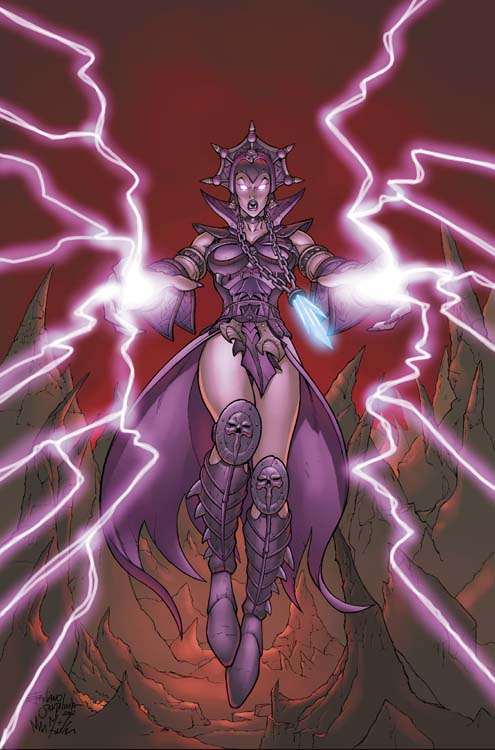
Art by: Emiliano Santalucia
Color by: Val Staples
Issue 3 – Cover A (back)

Art by: Matt Tyree
Color by: Val Staples
Issue 3 – Cover B (wraparound)
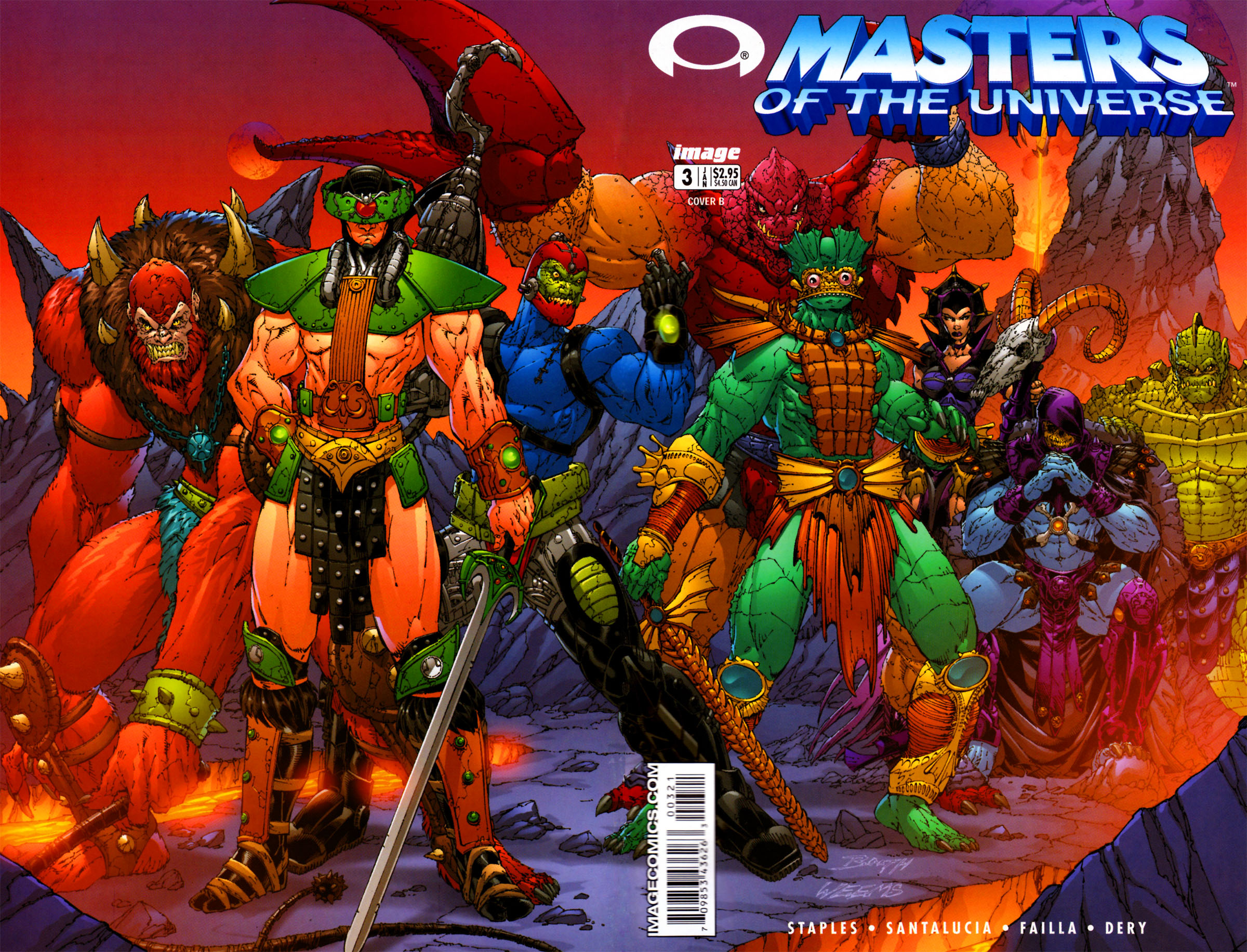
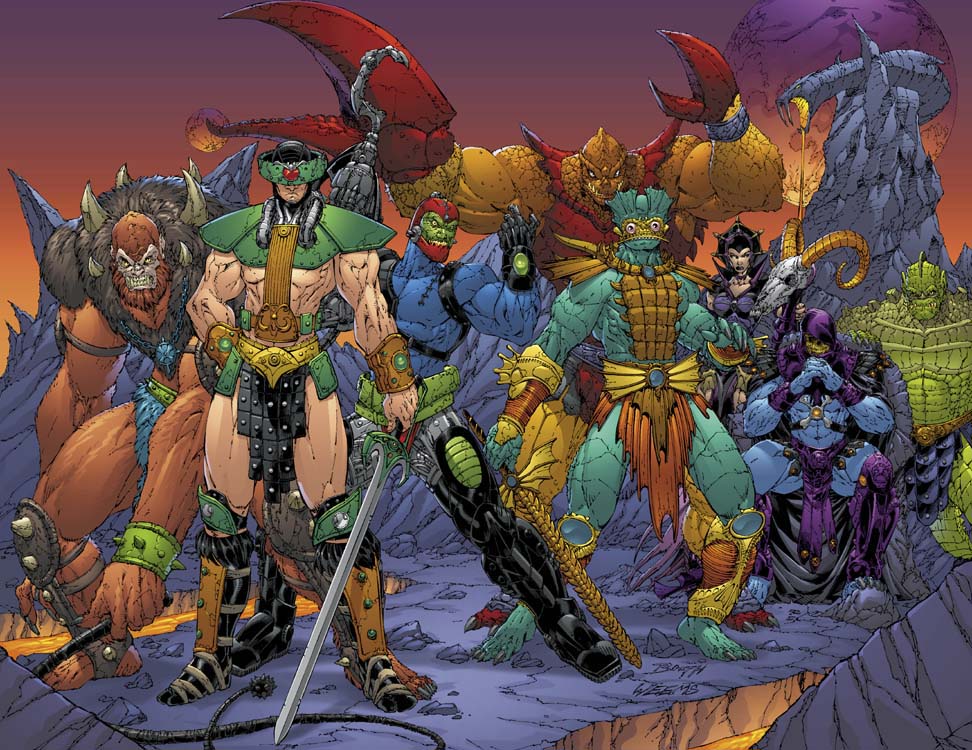
Art by: Brett Booth
Color by: Val Staples
Issue 4 – Cover A (front)


Art by: Emiliano Santalucia
Color by: Val Staples
Issue 4 – Cover A (back)

Art by: Tone Rodriguez
Color by: Val Staples
Issue 4 – Cover B (wraparound)
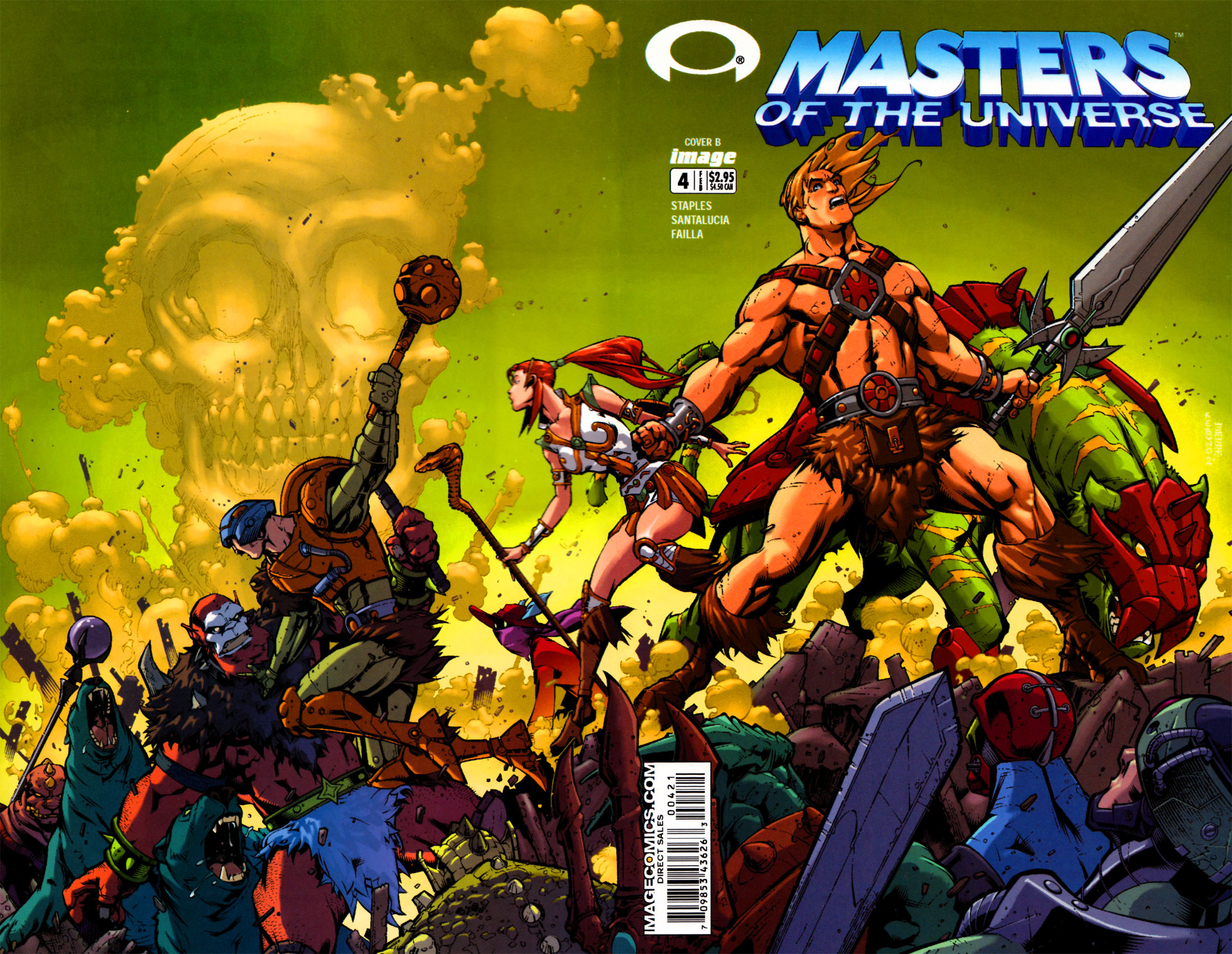
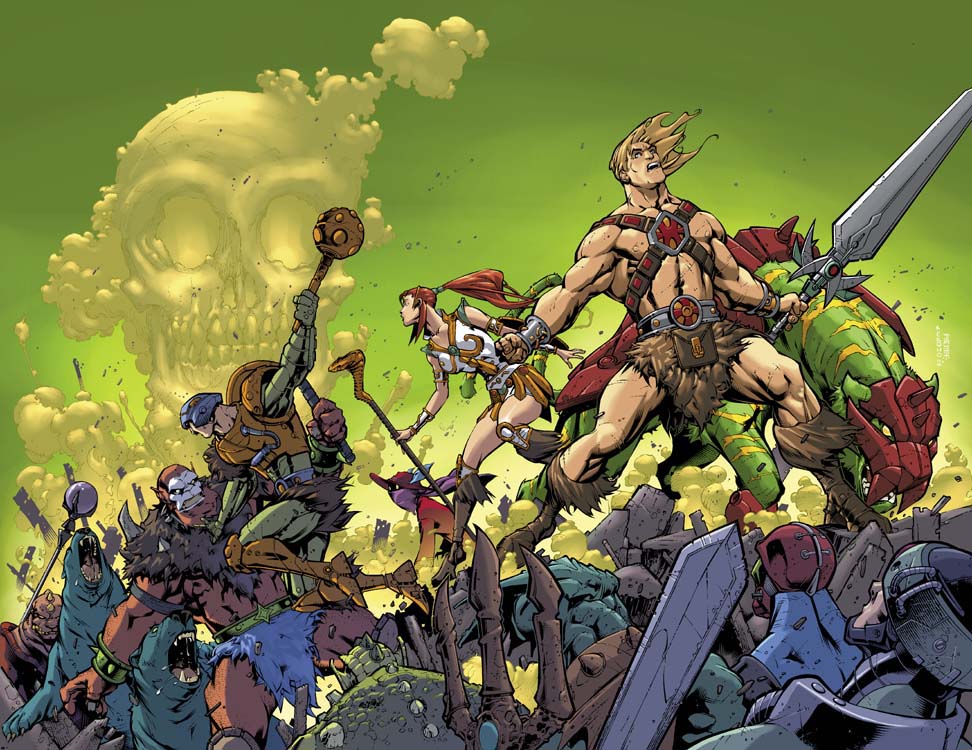
Art by: Keron Grant
Color by: Val Staples
VOLUME 2
Issue 1 – Cover A
Regular (wraparound)
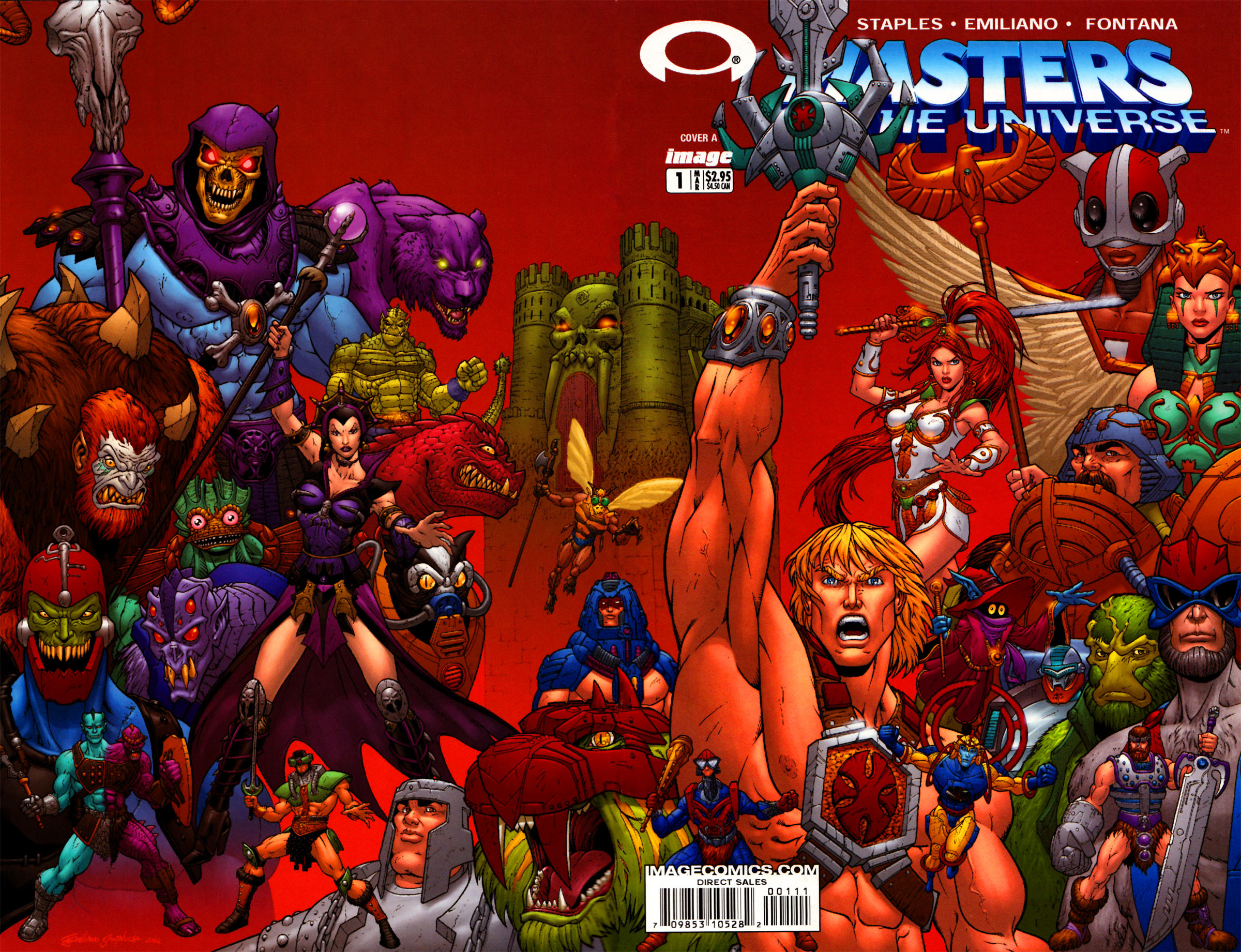
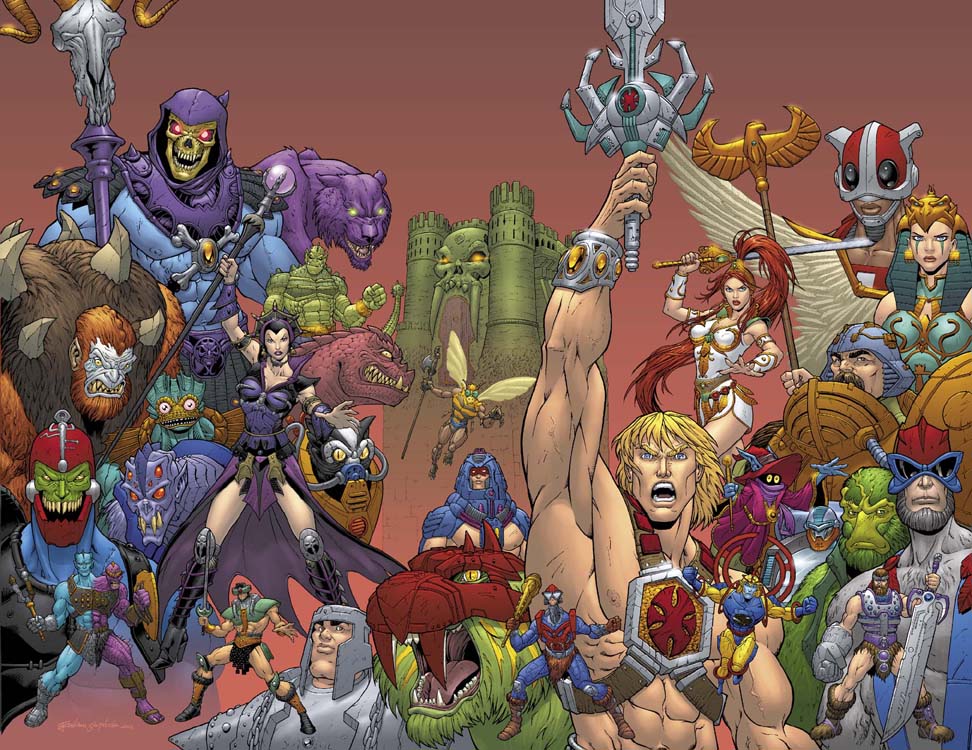
Art by: Emiliano Santalucia
Color by: Val Staples
Issue 1 – Cover B (wraparound)
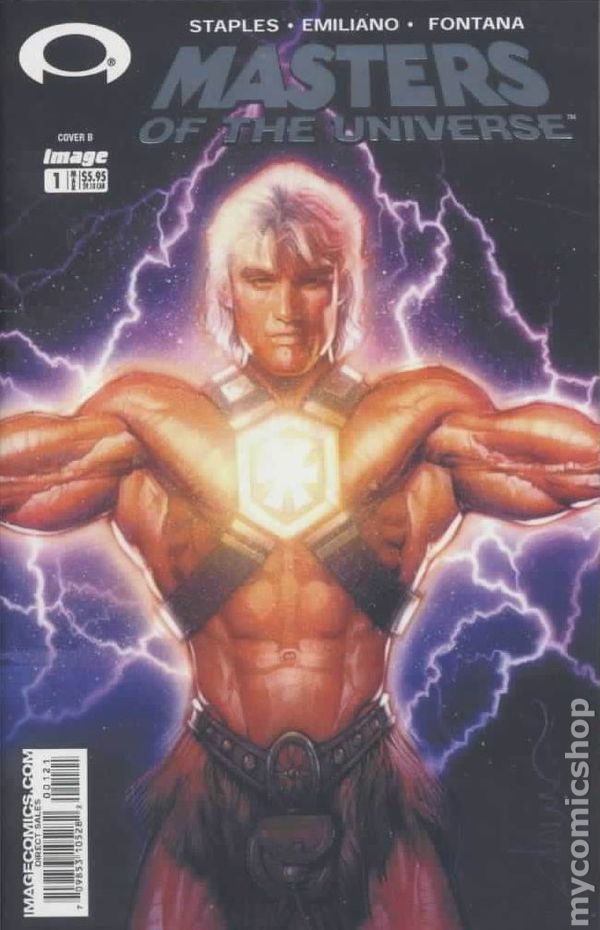
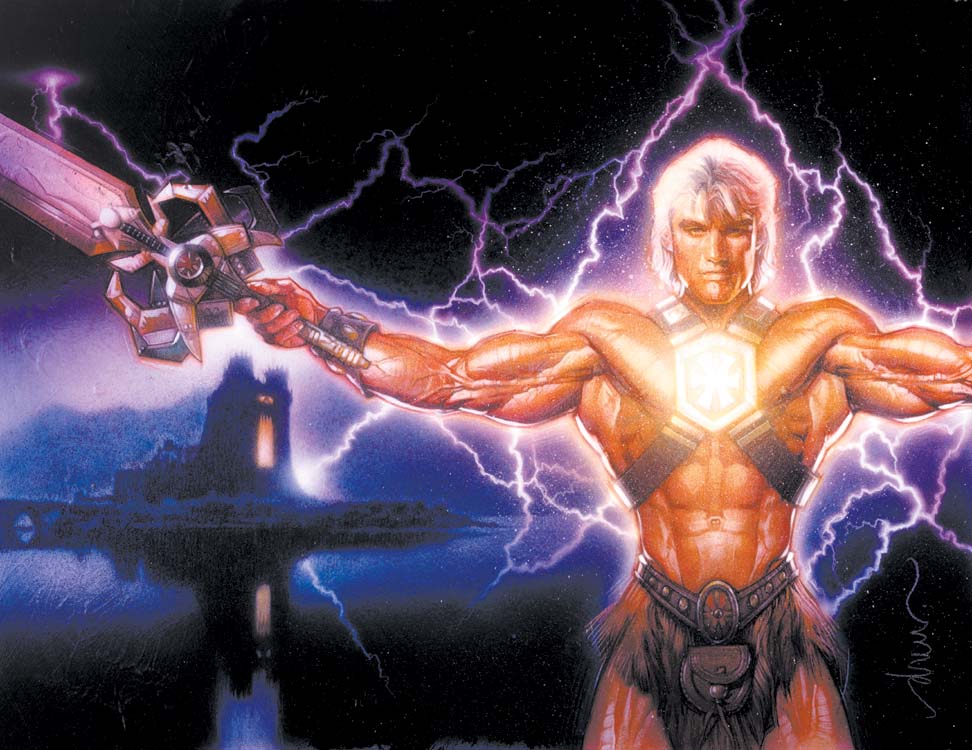
Art by: Drew Struzan
Issue 1 – Cover C
Graham Crackers exclusive (wraparound)
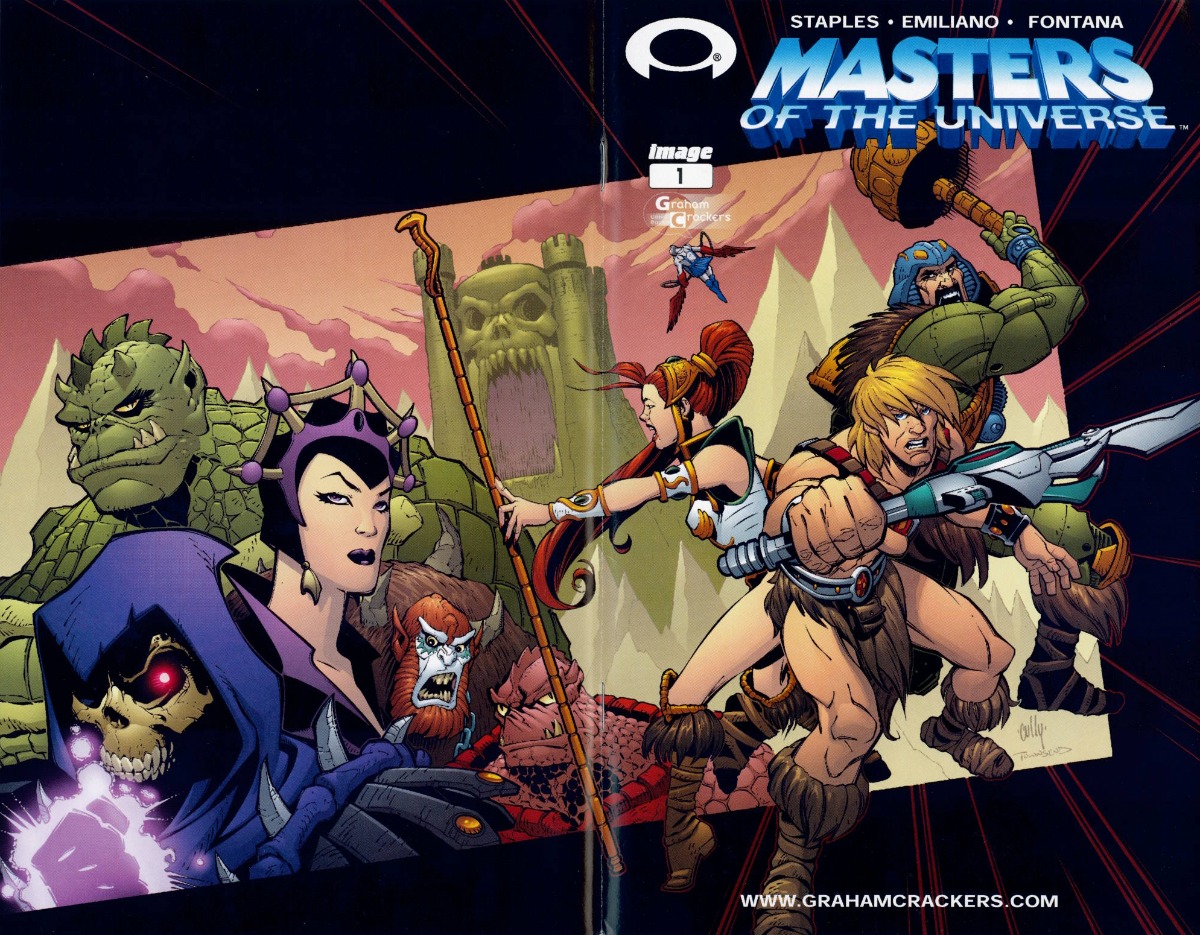

Art by: Cully Hamner
Color by: Val Staples
Issue 2 – Cover A (front)
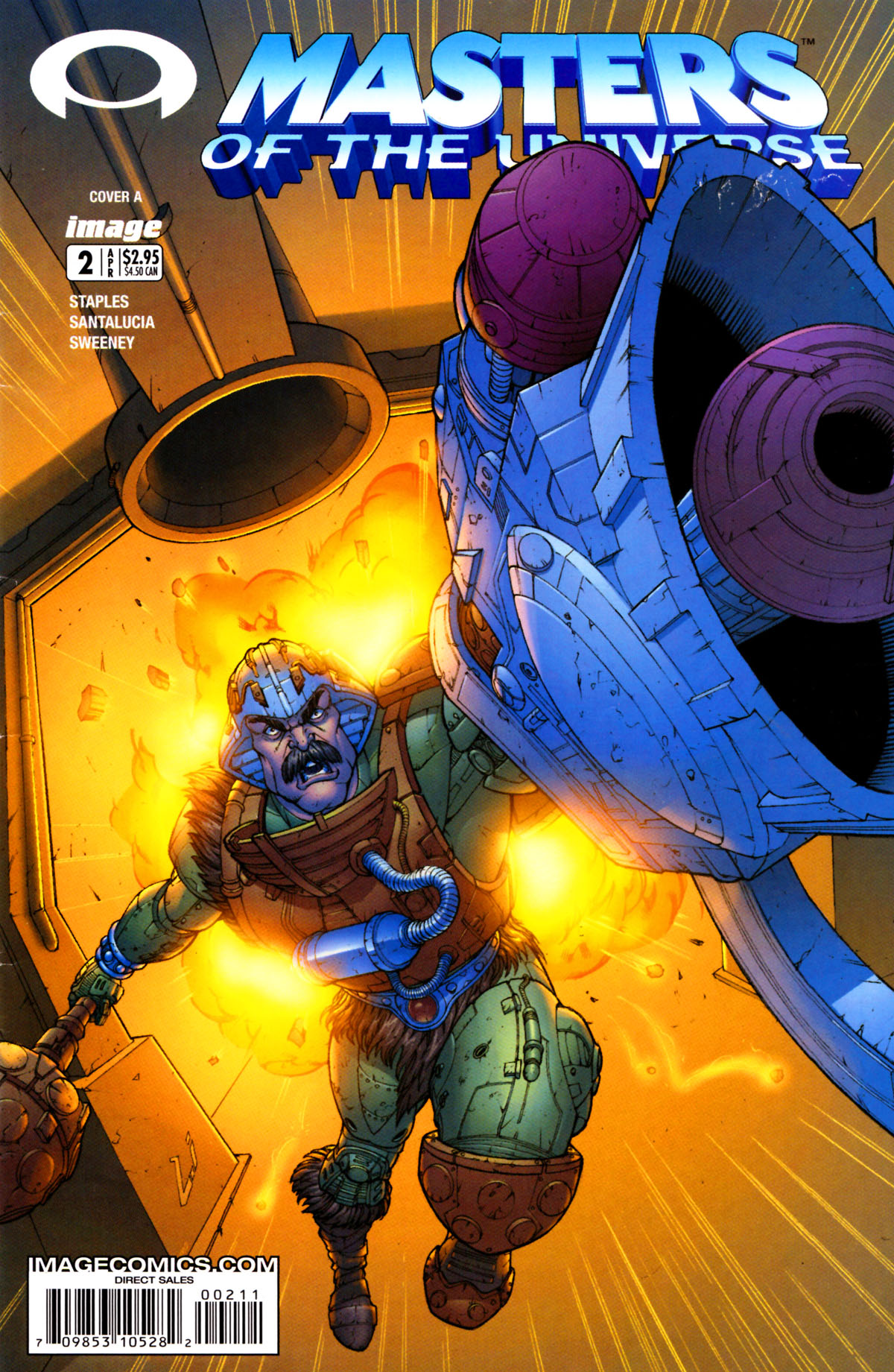

Art by: Emiliano Santalucia
Color by: Val Staples
Issue 2 – Cover A (back)
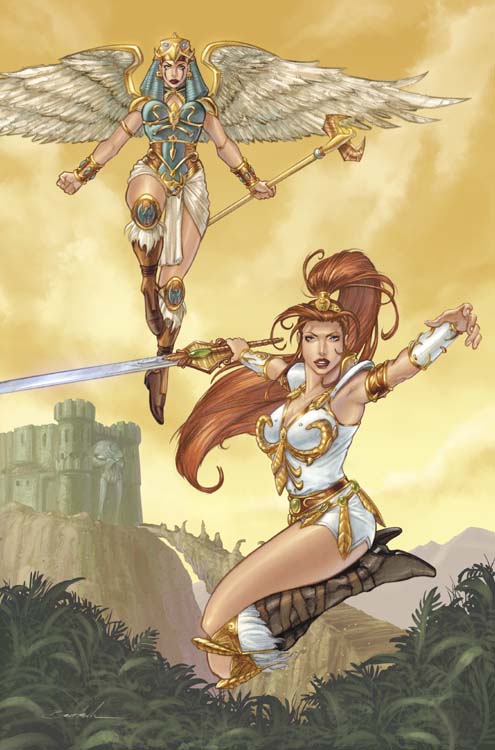
Art by: Nathan “Baena” Baertsch
Issue 2 – Cover B (wraparound)

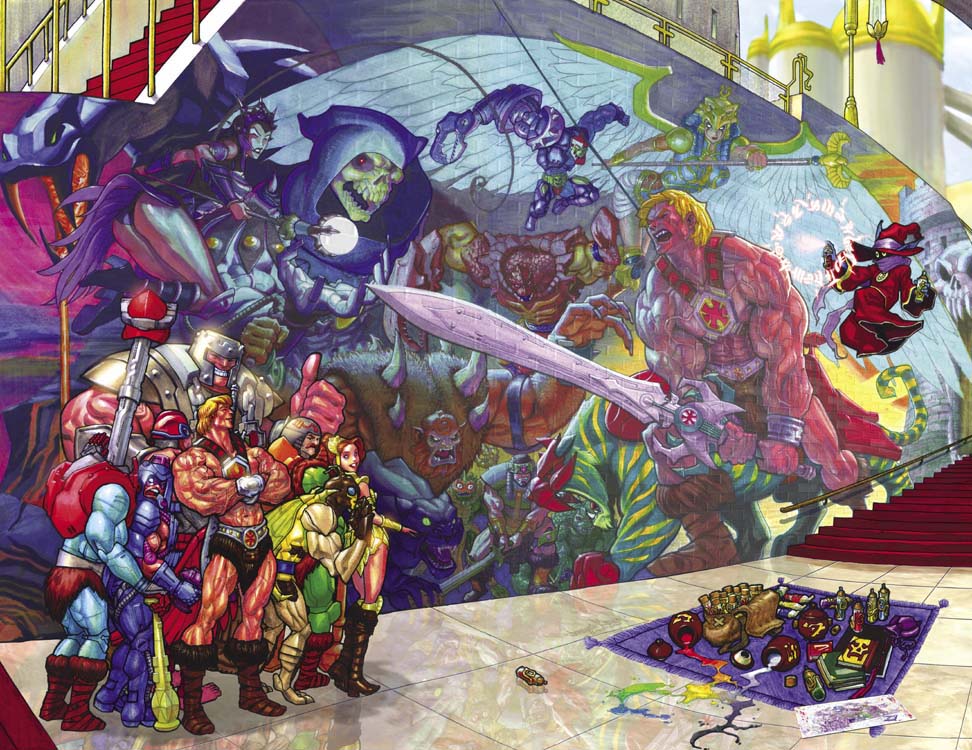
Art by: JJ Kirby
Color by: Joel Benjamin
Issue 3 – Cover A (front)

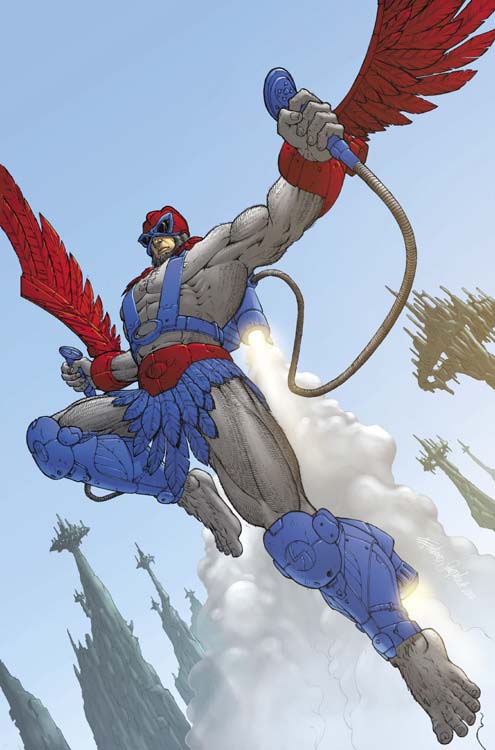
Art by: Emiliano Santalucia
Color by: Val Staples
Issue 3 – Cover A (back)
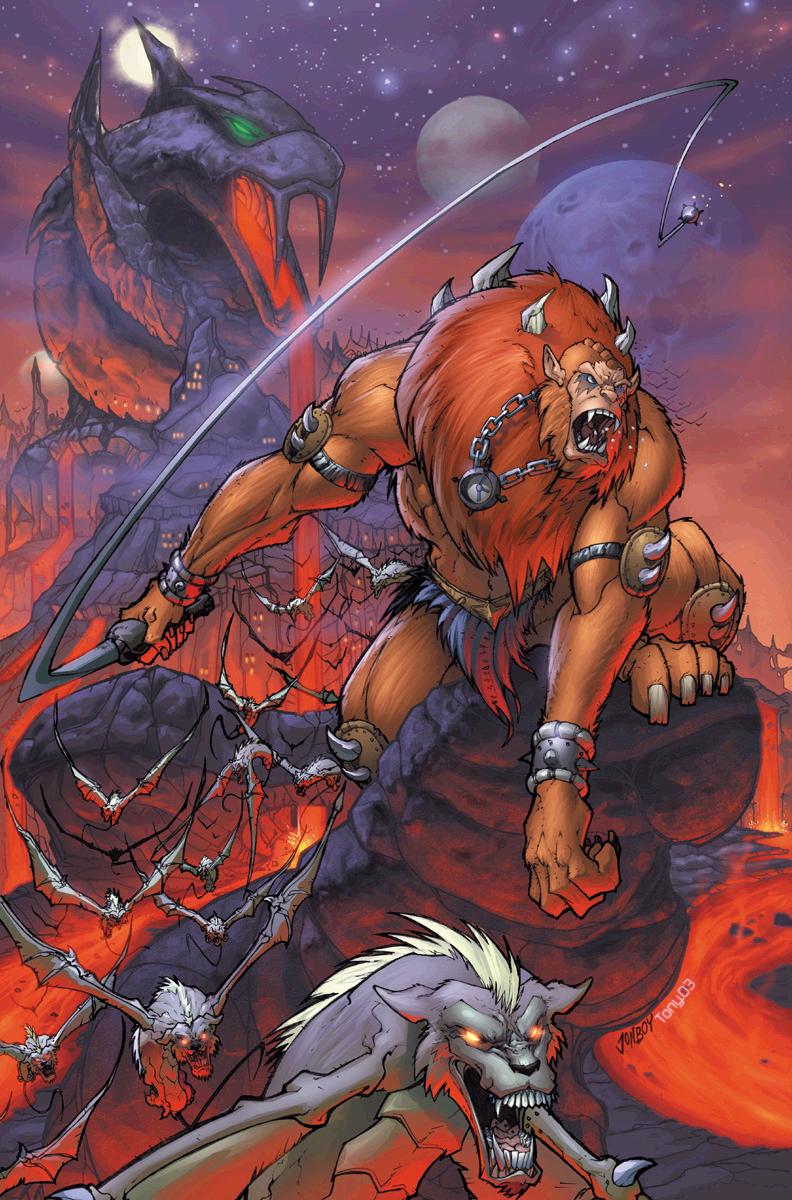
Art by: Jonboy Meyers
Color by: Tony Washington
Issue 3 – Cover B (wraparound)
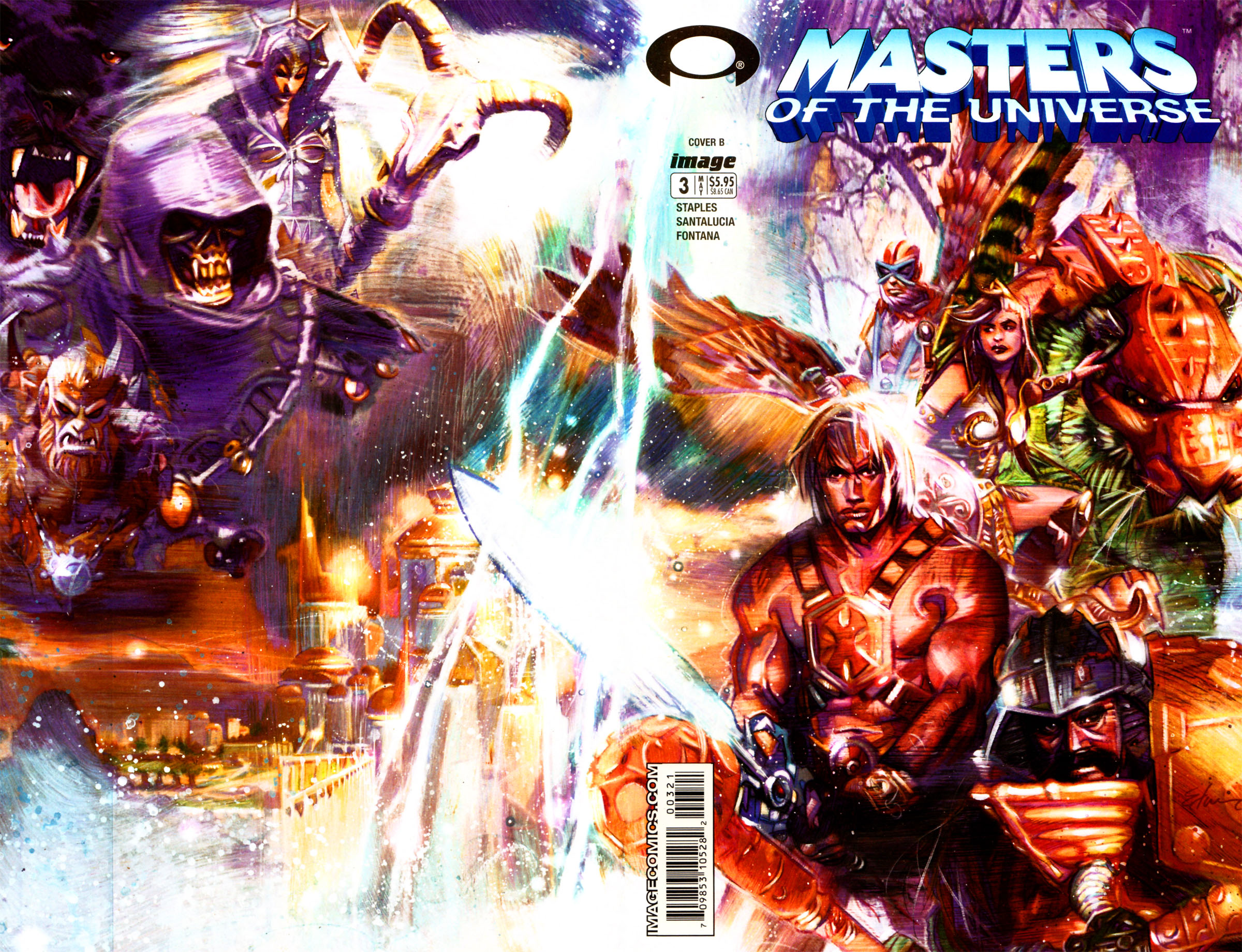
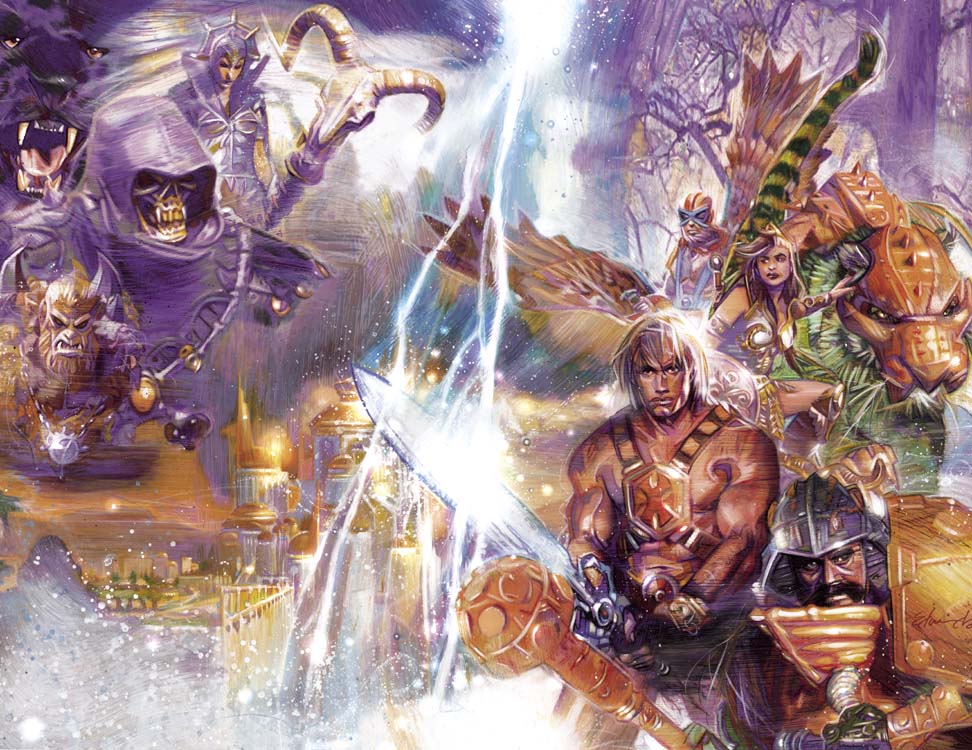
Art by: Tommy Lee Edwards
Issue 4 – Cover A (front)

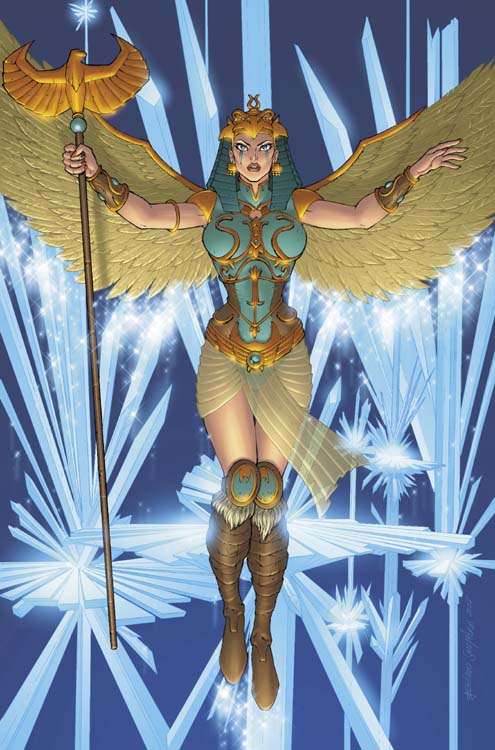
Art by: Emiliano Santalucia
Color by: Val Staples
Issue 4 – Cover A (back)
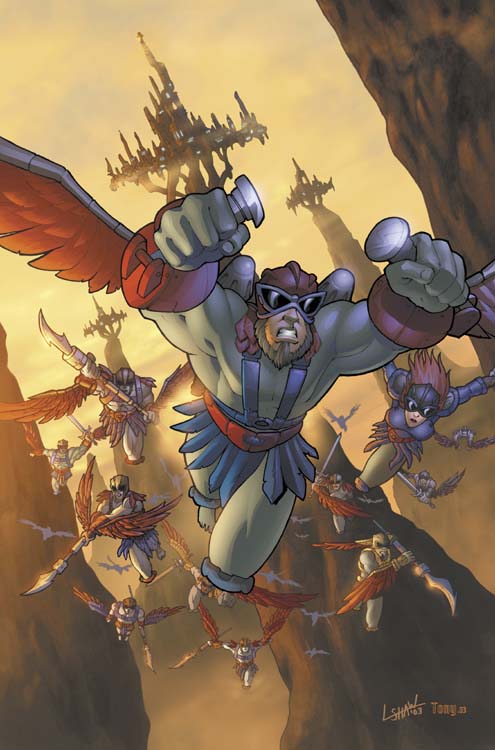
Art by: Leanne Shaw Hannah
Color by: Tony Washington
Issue 4 – Cover B (wraparound)

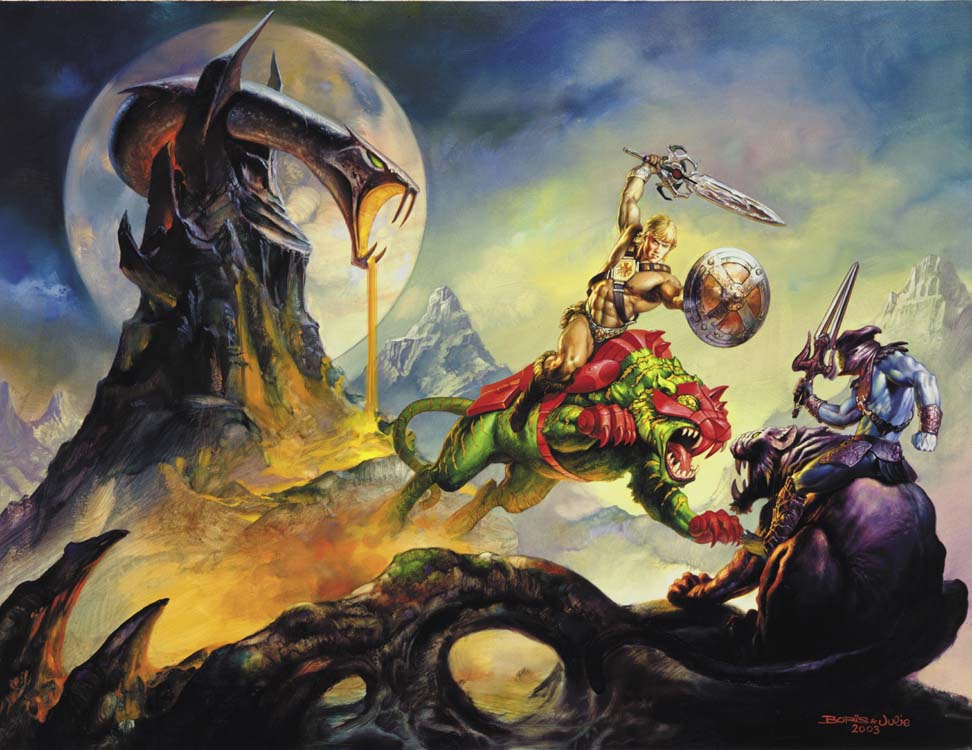
Art by: Boris Vallejo and Julie Bell
Issue 5 – Cover A (front)
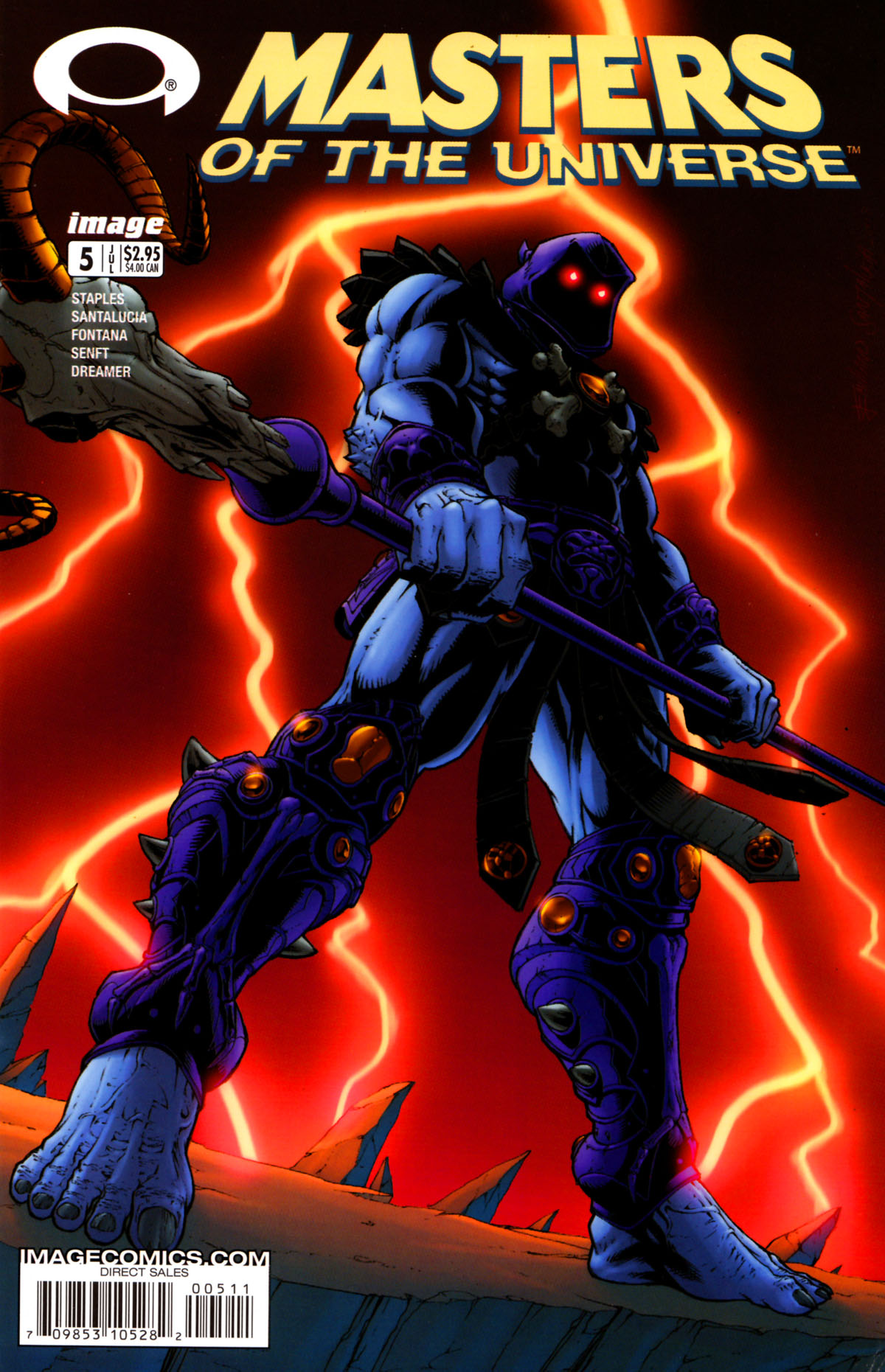
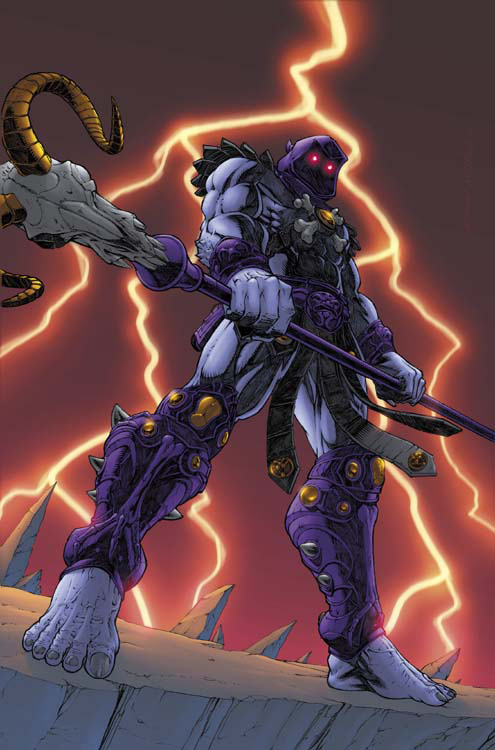
Art by: Emiliano Santalucia
Color by: Val Staples
Issue 5 – Cover A (back)
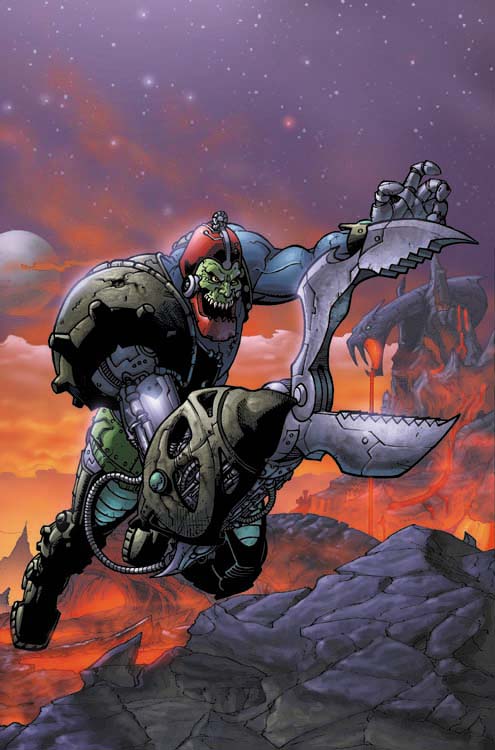
Art by: Matt Roberts
Color by: Tony Washington
Issue 6 Cover (front)
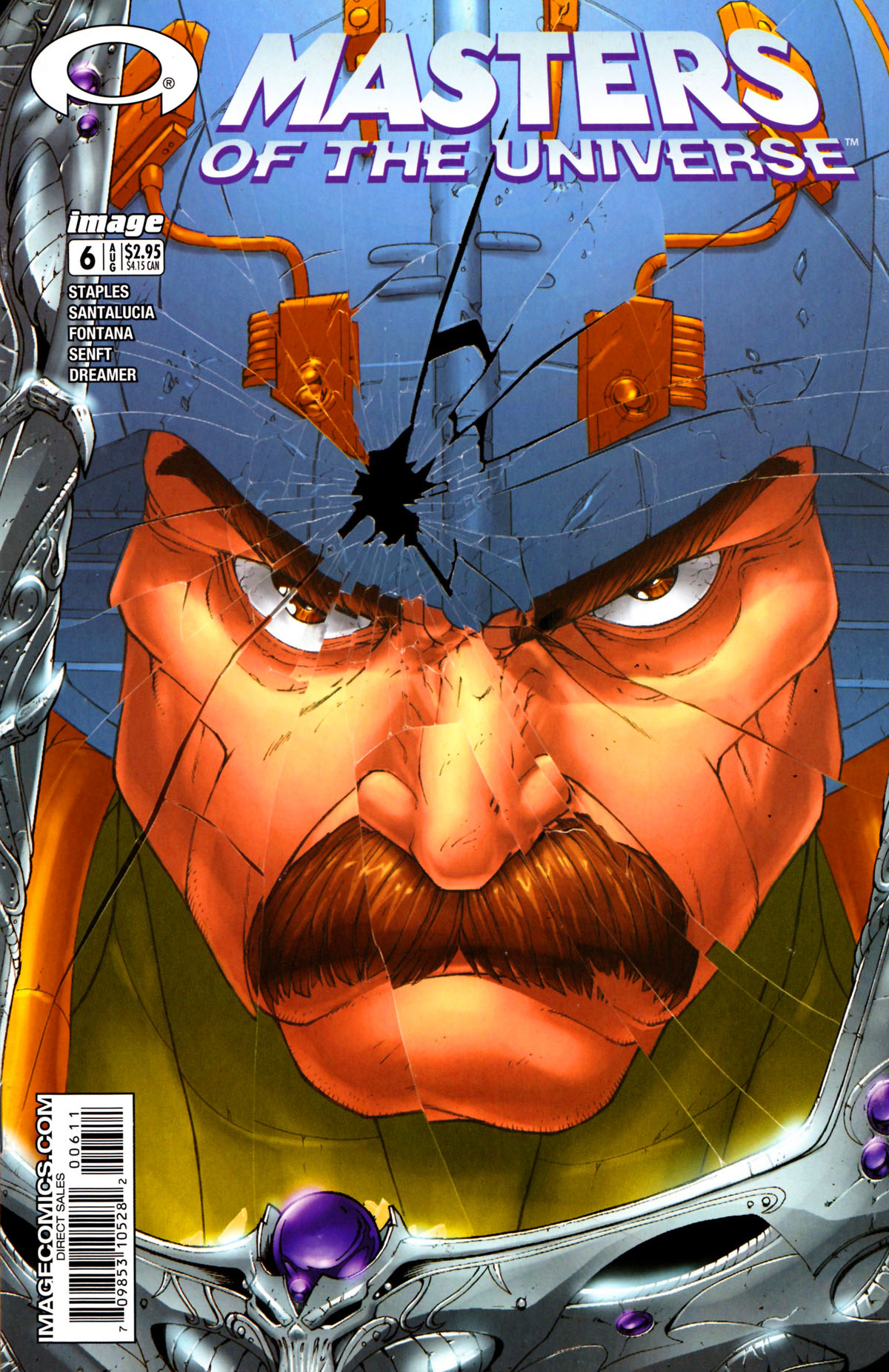
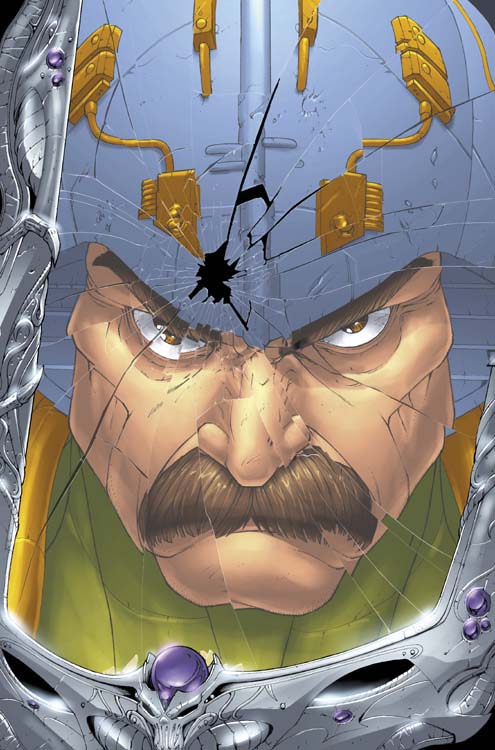
Art by: Emiliano Santalucia
Color by: Val Staples
Issue 6 Cover (back)
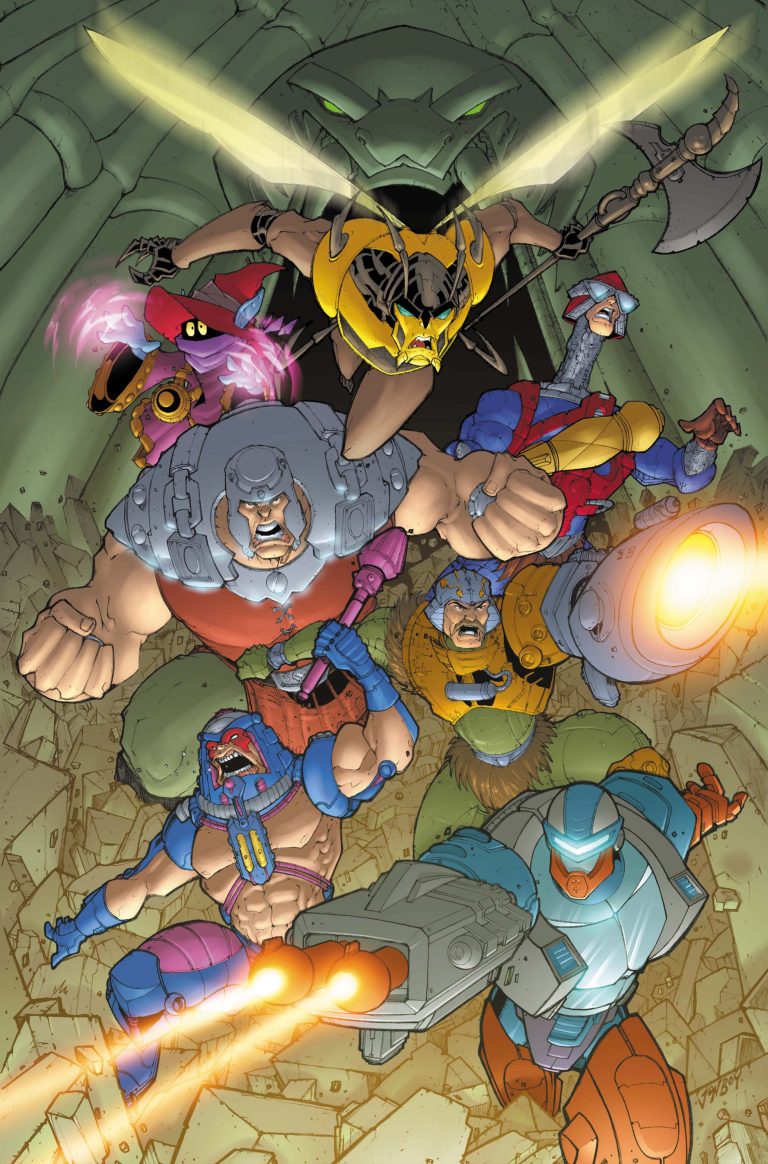
Art by: Jonboy Meyers
Color by: Val Staples
VOLUME 3
Issue 1 – Regular Cover
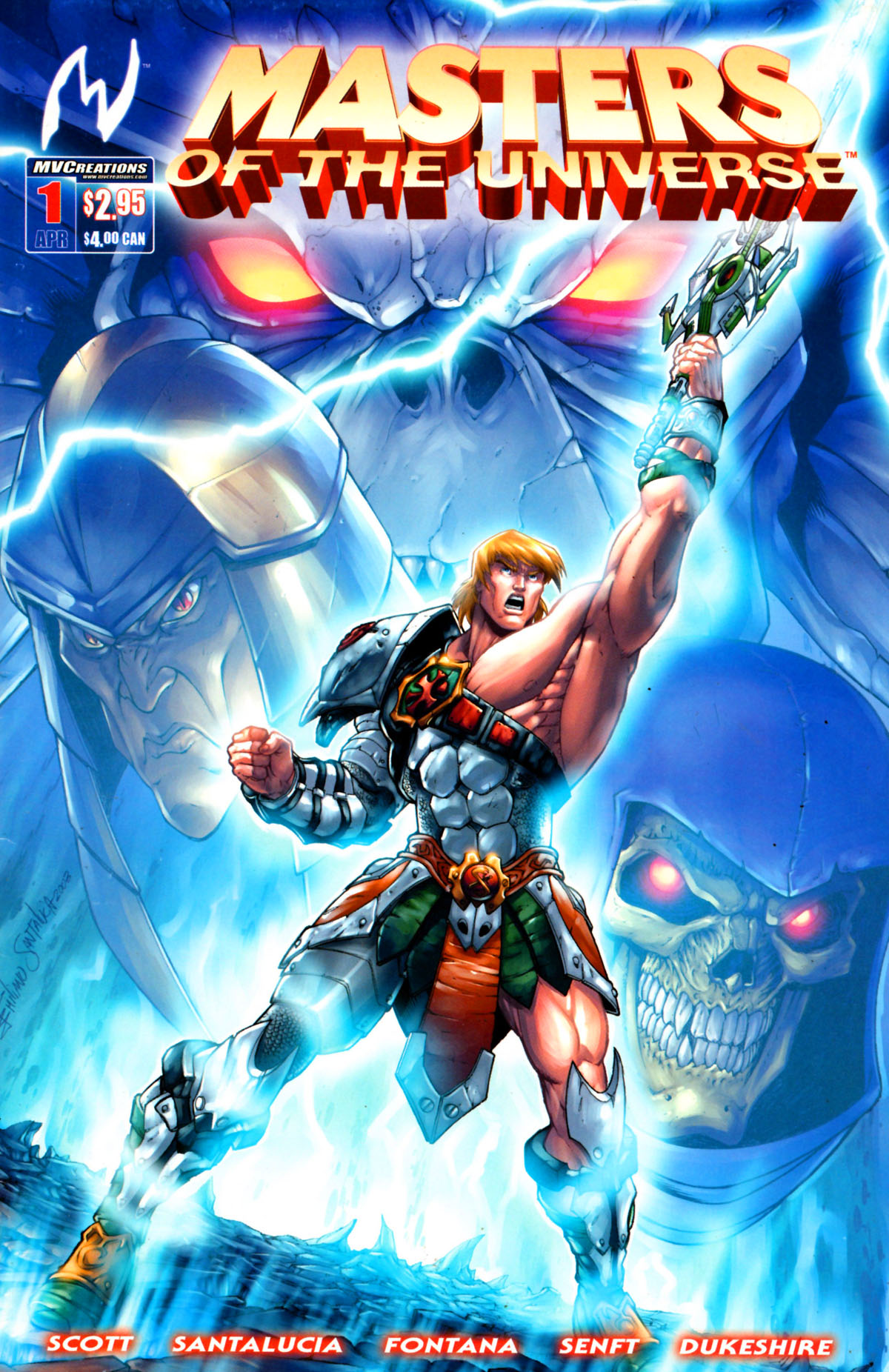


Art by: Emiliano Santalucia
Color by: Jeremy Roberts
Issue 1 – Incentive Cover (wraparound)

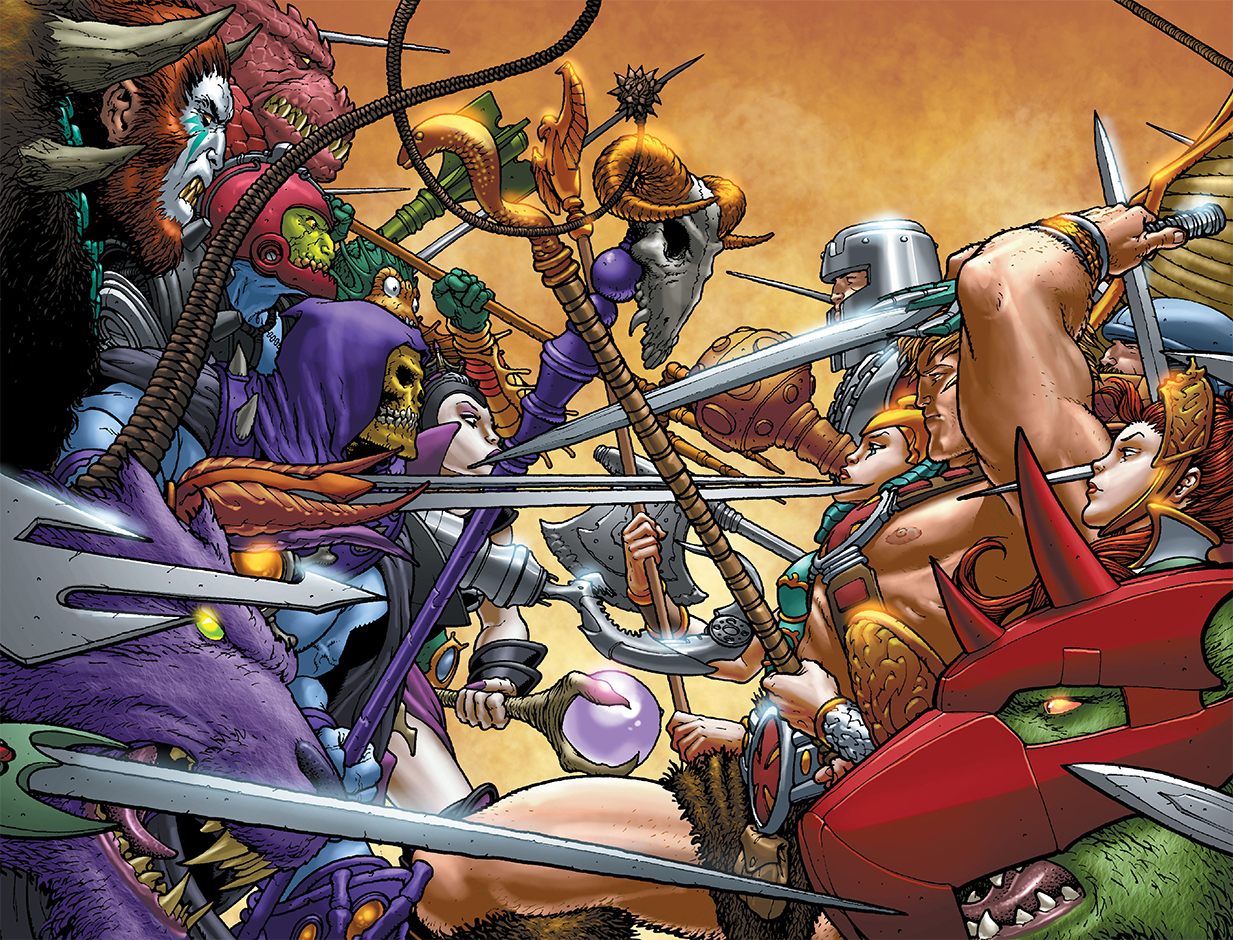
Art by: Frank Quitely
Color by: Val Staples
Issue 1 – He-Man.org Exclusive Cover


Art by: Nathan “Baena” Baertsch
Issue 1 – Convention Gatefold Cover
This cover depicts all of the 5 covers that were planned for Masters of the Universe Encyclopedia. [Click HERE to download a high-resolution scan by Jukka Issakainen]

Art by: Emiliano Santalucia and Enza Fontana
Color by: Nathan “Baena” Baertsch
Issue 2 – Regular Cover

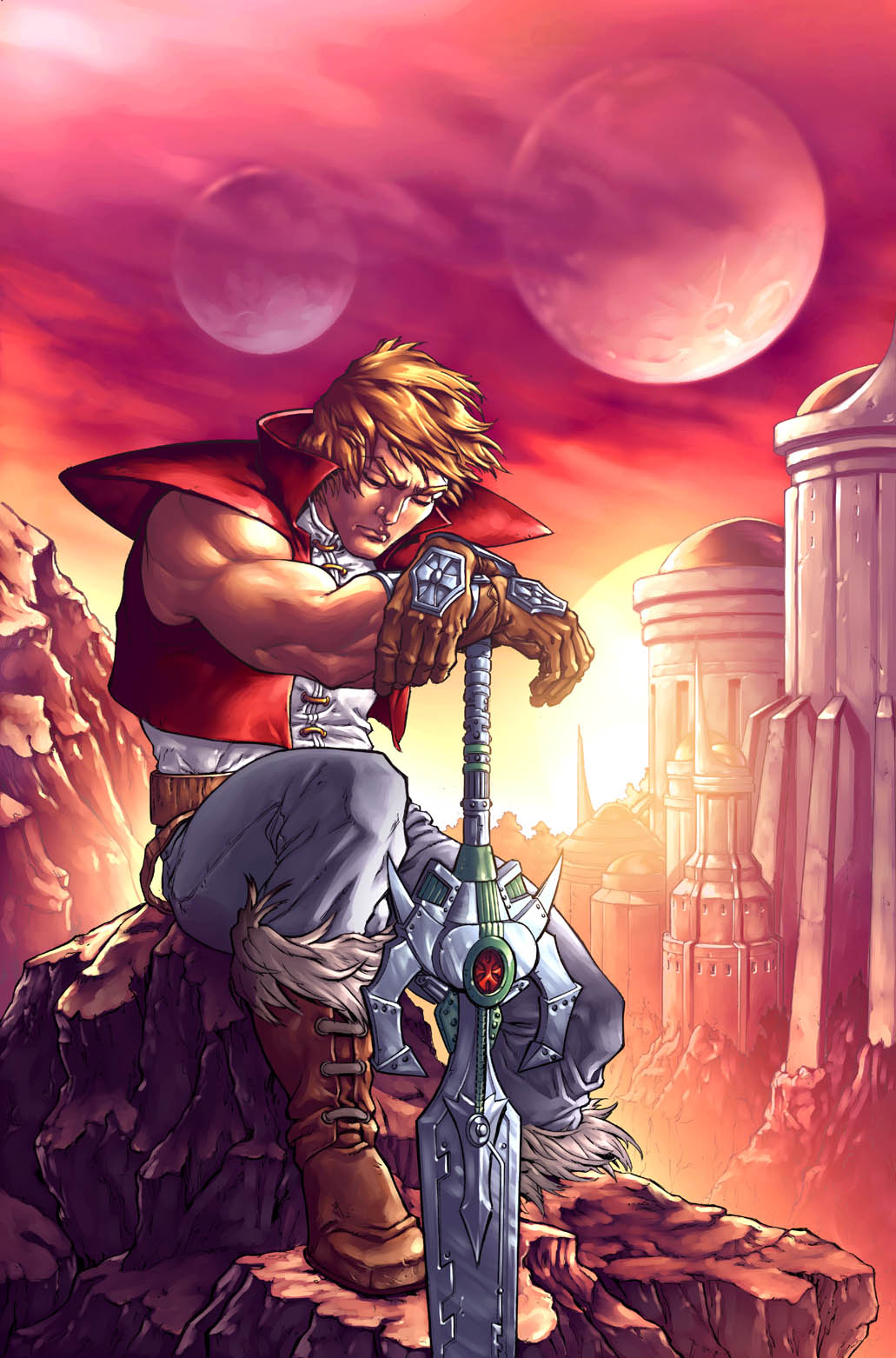
Art by: Enza Fontana
Color by: Jeremy Roberts
Issue 2 – Incentive Cover
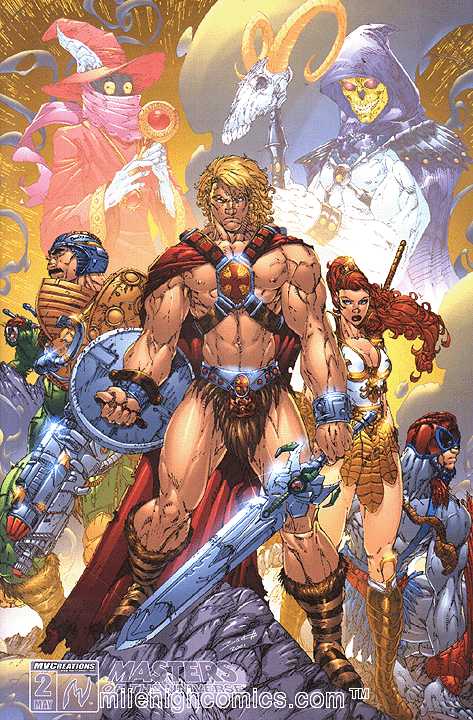
Art by: Brett Booth
Color by: Val Staples
Issue 3 – Regular Cover
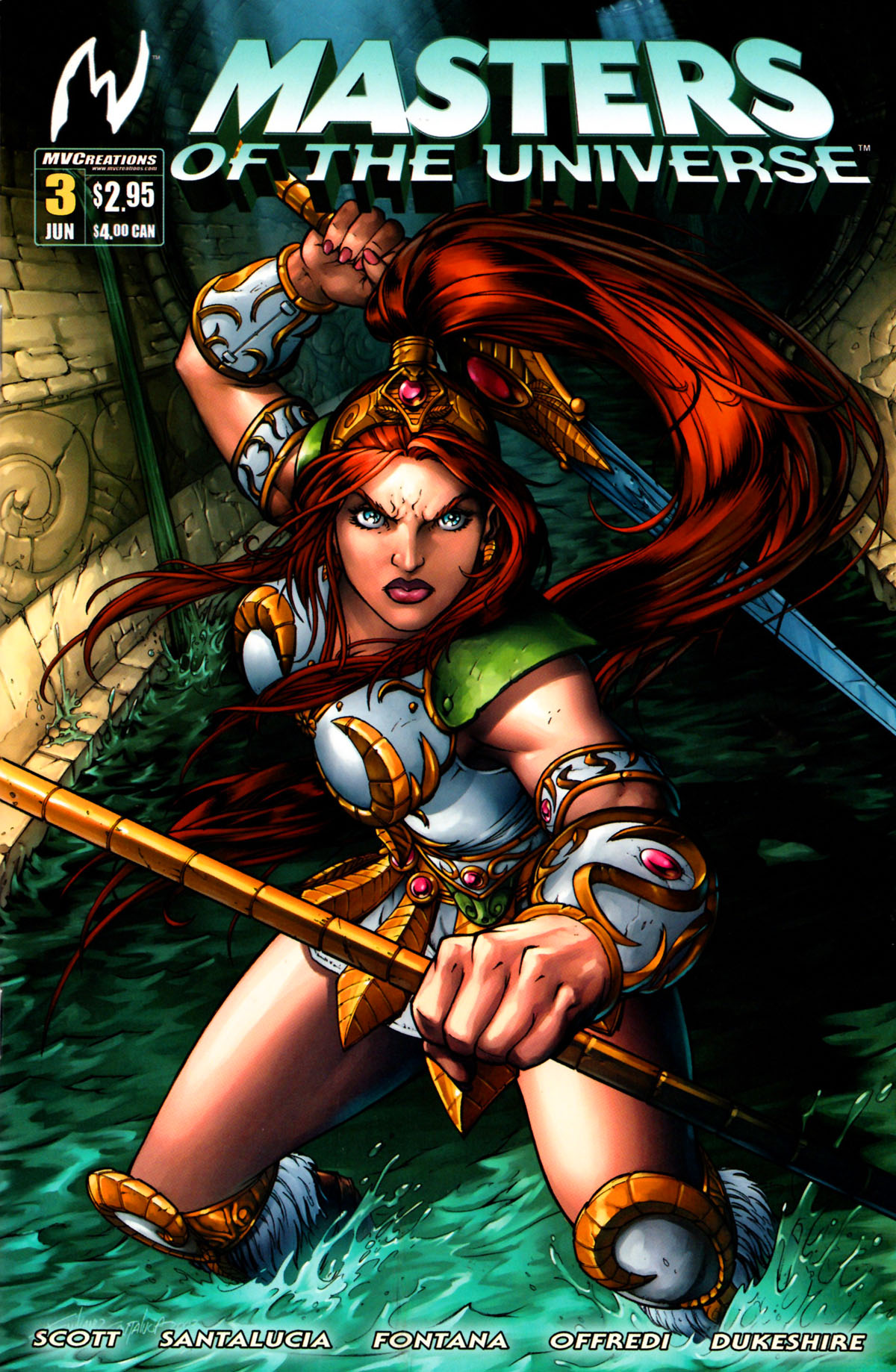
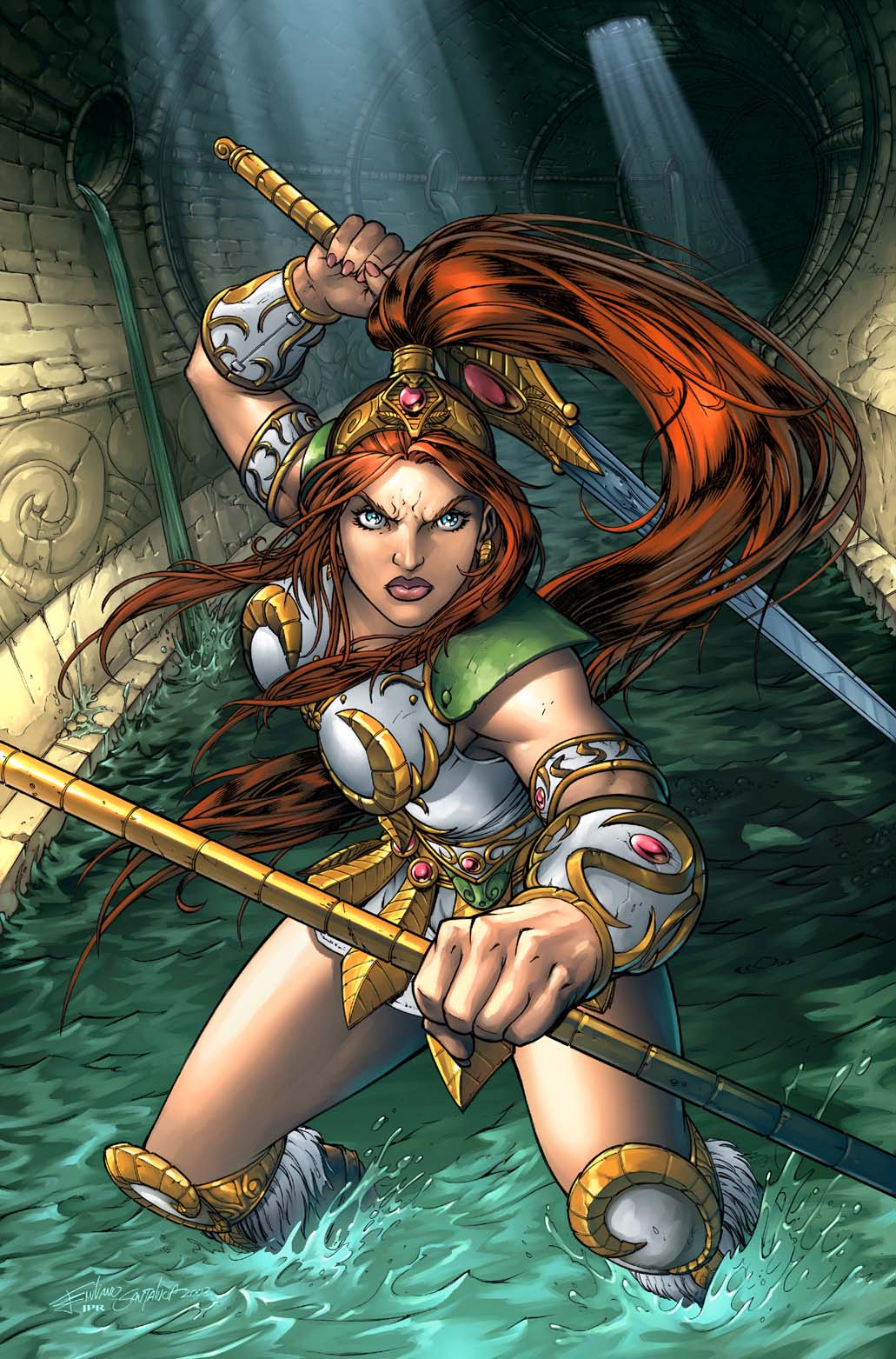
Art by: Emiliano Santalucia
Color by: Jeremy Roberts
Issue 3 – Incentive Cover

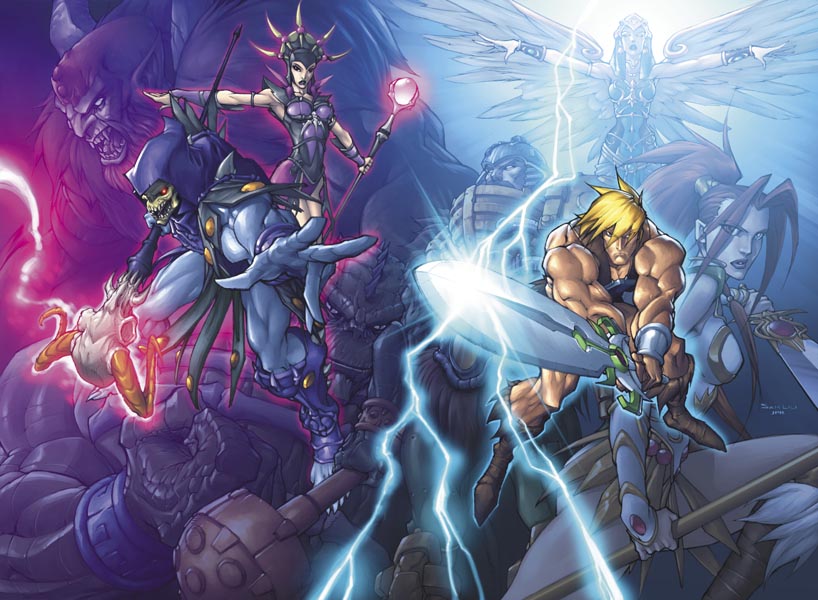
Art by: Sam Liu
Color by: Jeremy Roberts
Issue 4 – Regular Cover
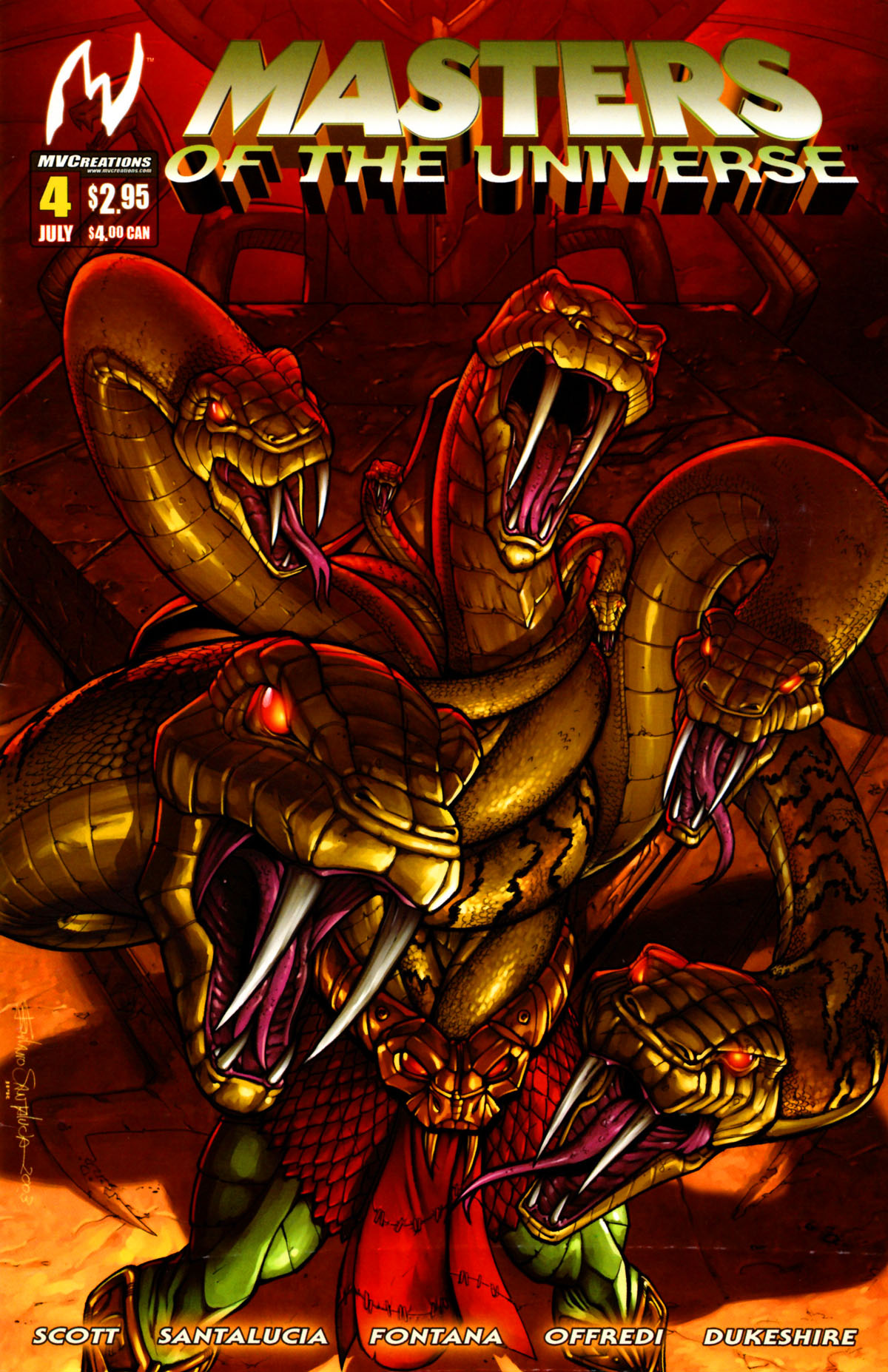

Art by: Emiliano Santalucia
Color by: Jeremy Roberts
Issue 5 – Regular Cover

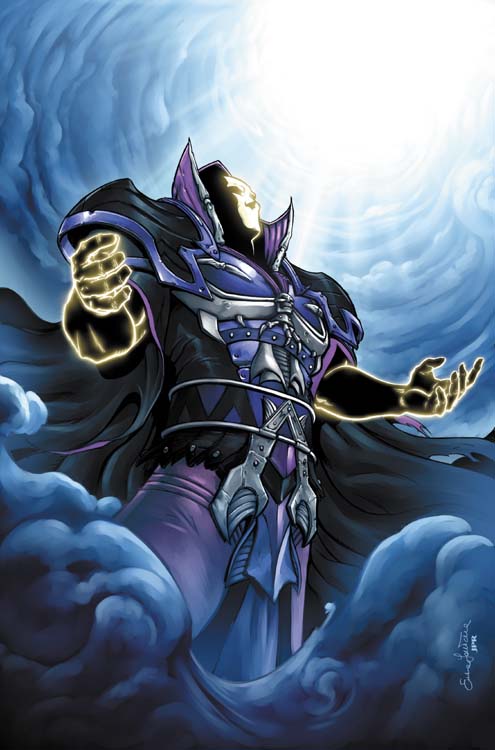
Art by: Emiliano Santalucia
Color by: Jeremy Roberts
Issue 5 – He-Man.org Exclusive Cover
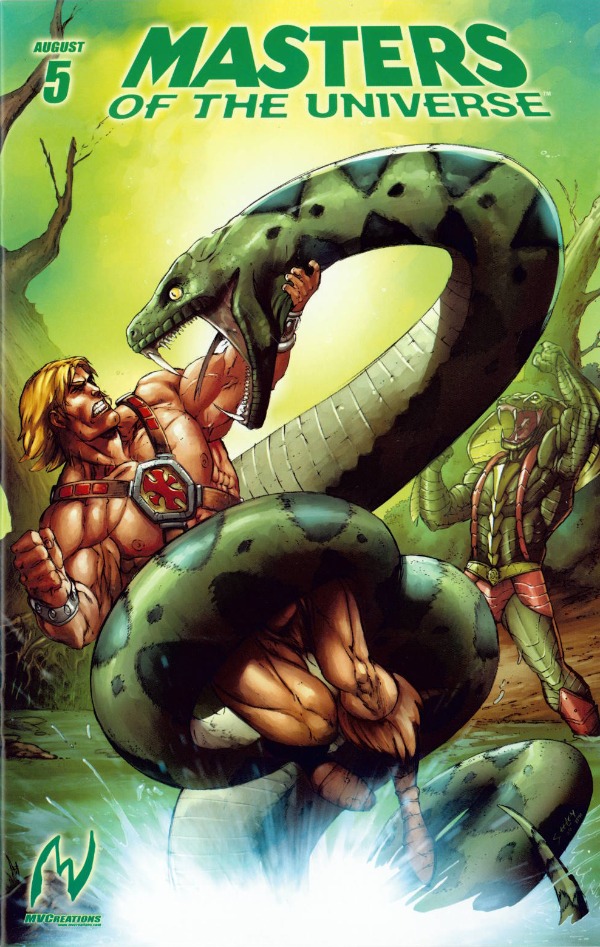
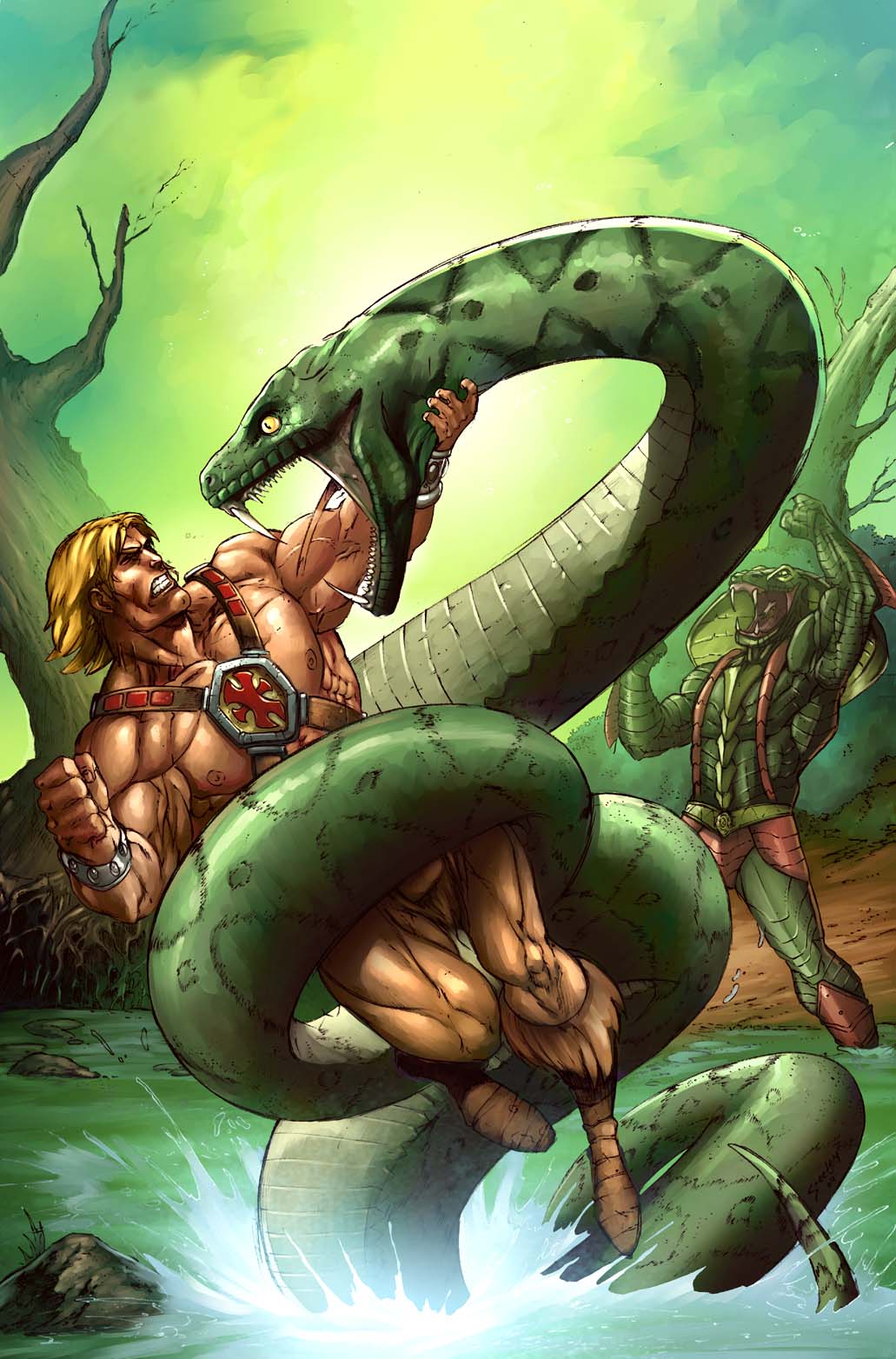
Art by: Tim Seeley
Color by Jeremy Roberts
Issue 6 – Regular Cover
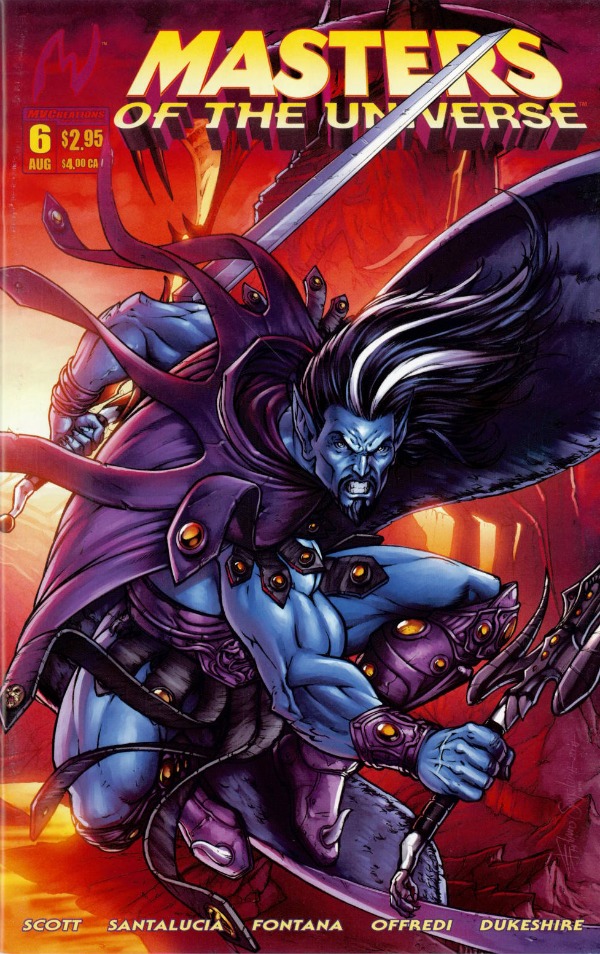
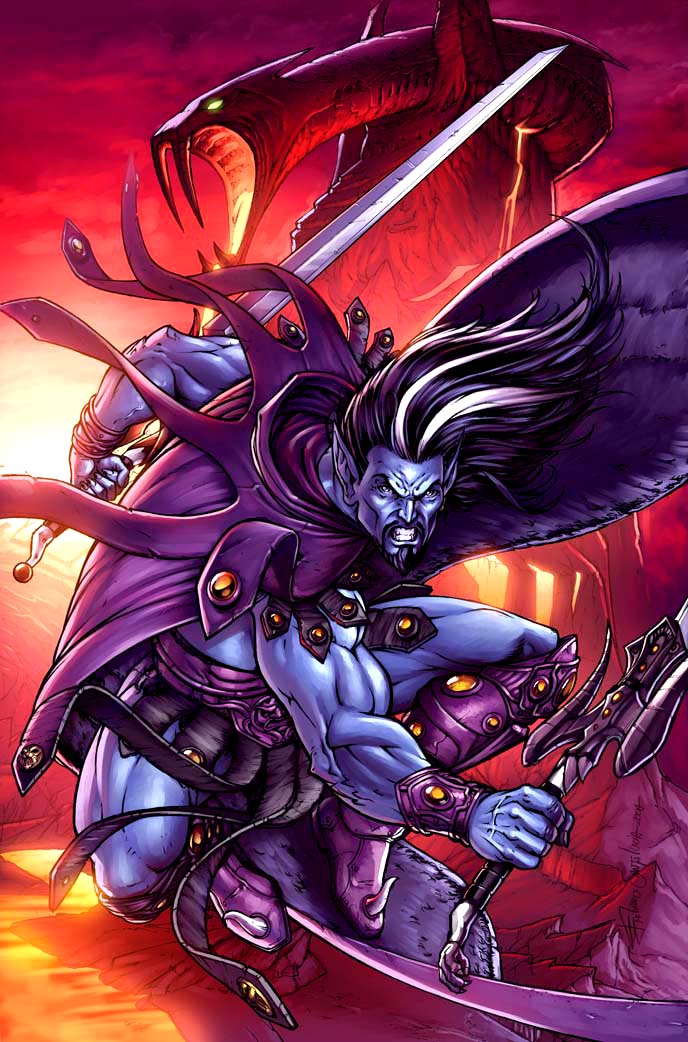
Art by: Emiliano Santalucia
Color by: Jeremy Roberts
Issue 6 – He-Man.org Exclusive Cover

Art by: Andy Smith
Color by: Jason Keith
Issue 7 – Regular Cover
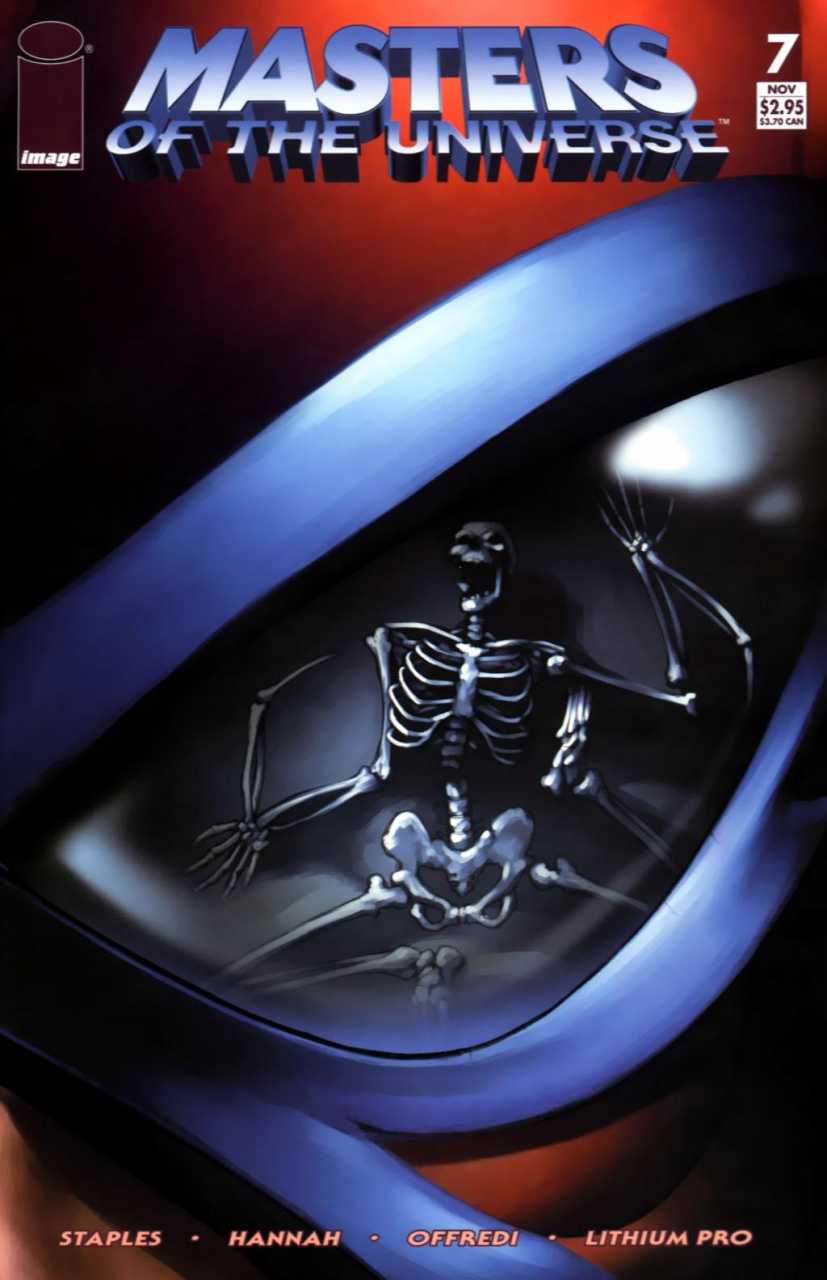
Art by: Leanne Shaw Hannah
Color by: Jeremy Roberts
Issue 7 – He-Man.org Exclusive Cover
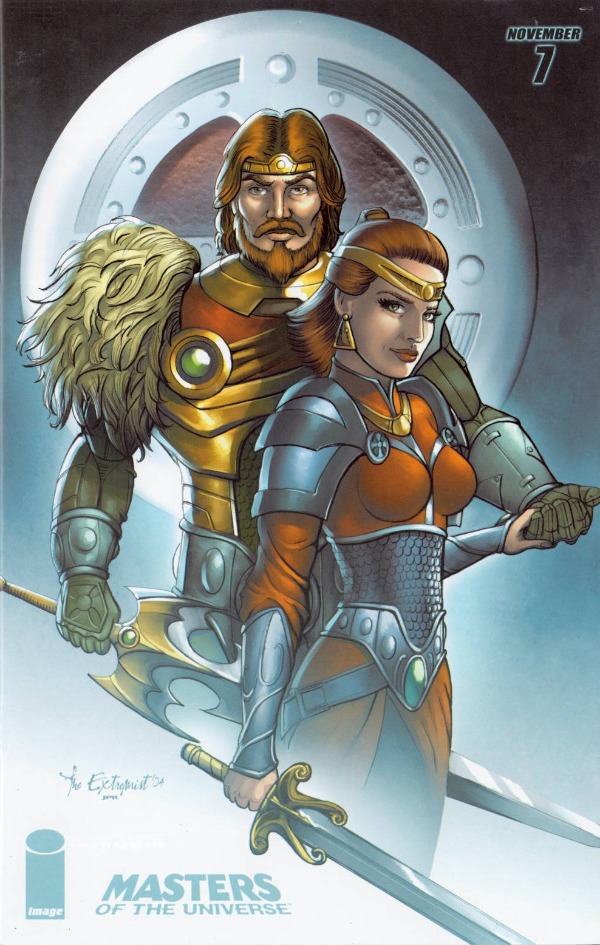
Art by: Eamon O’Donoghue
Color by: Jeremy Roberts
Issue 8 – Regular Cover


Art by: Mike O’Hare
Color by: Jeremy Roberts
Issue 8 – Graham Crackers Exclusive cover
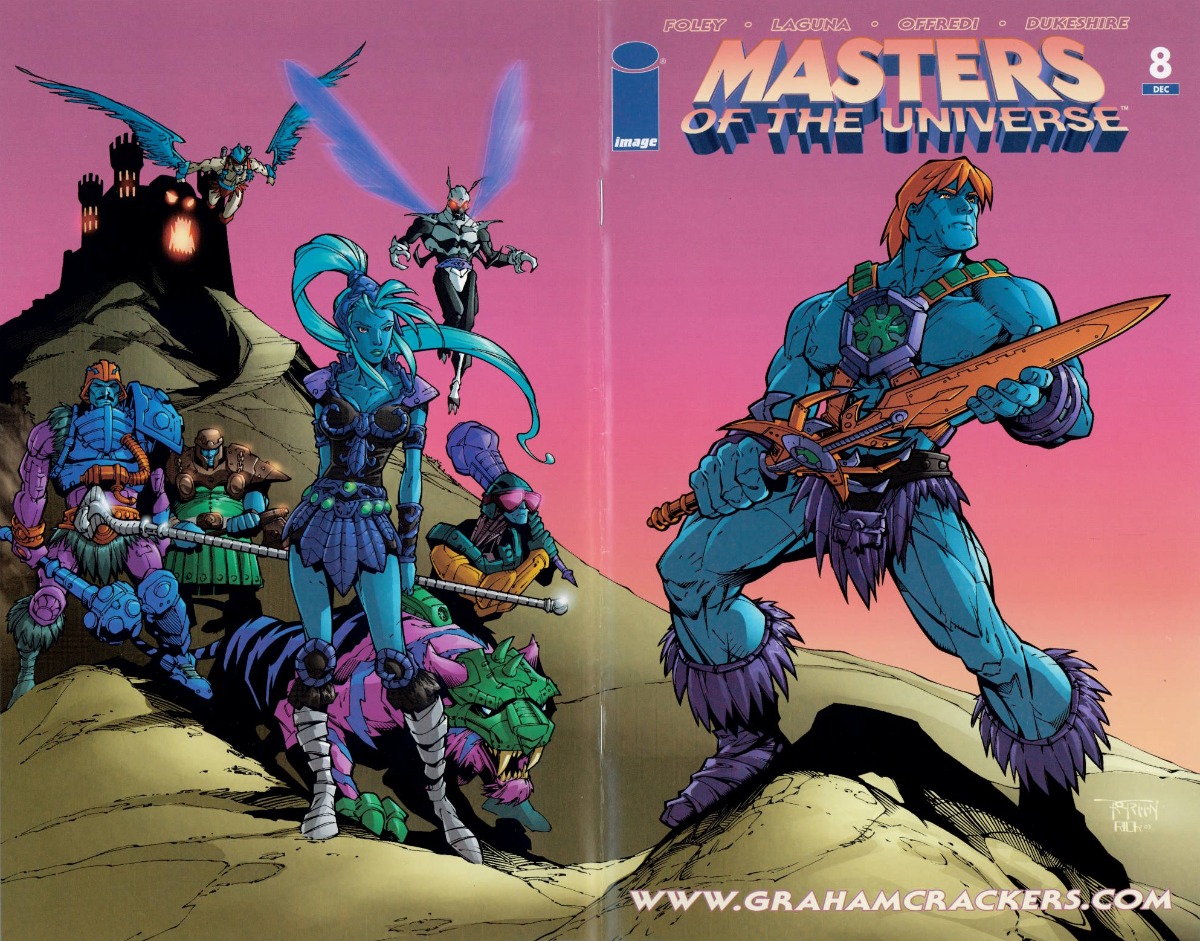
Art by: Randy Green
Color by: Val Staples
Issue 8 – He-Man.org Exclusive Cover
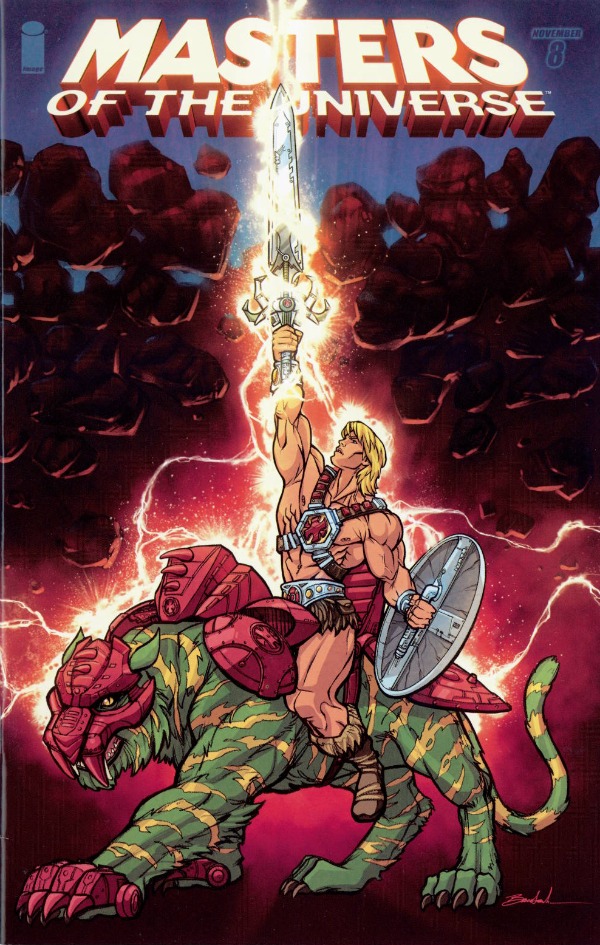
Art by: Nathan “Baena” Baertsch
ICONS OF EVIL
Beast Man – Cover

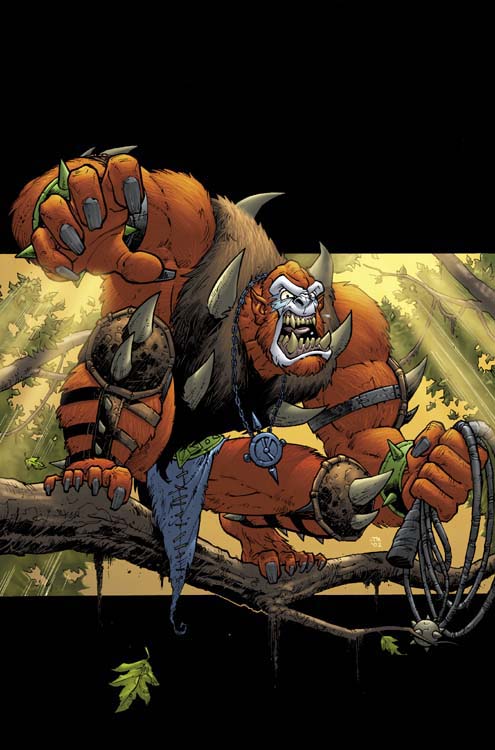
Art by: Tony Moore
Color by: Val Staples
Mer-Man – Cover
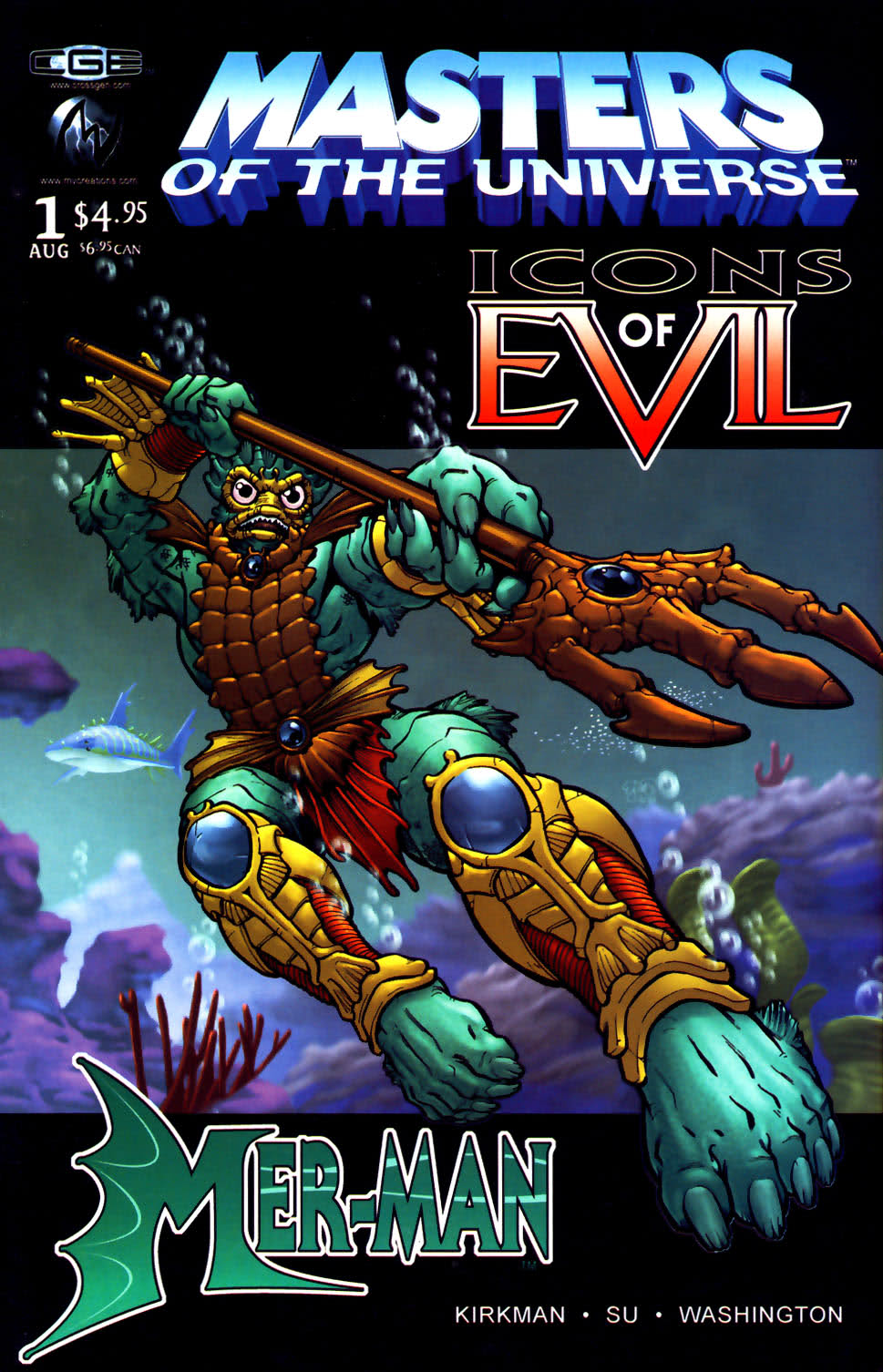

Art by: EJ Su
Color by: Val Staples
Trap Jaw – Cover

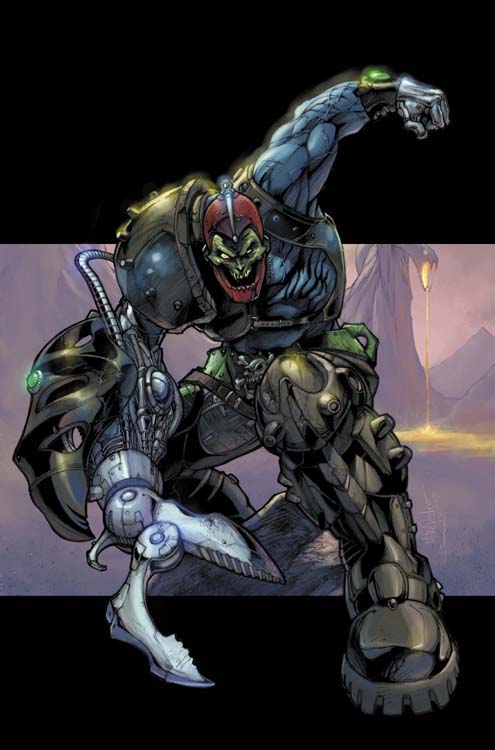
Art by: Mike Pedro
Color by: Nathan “Baena” Baertsch
Tri-Klops – Cover
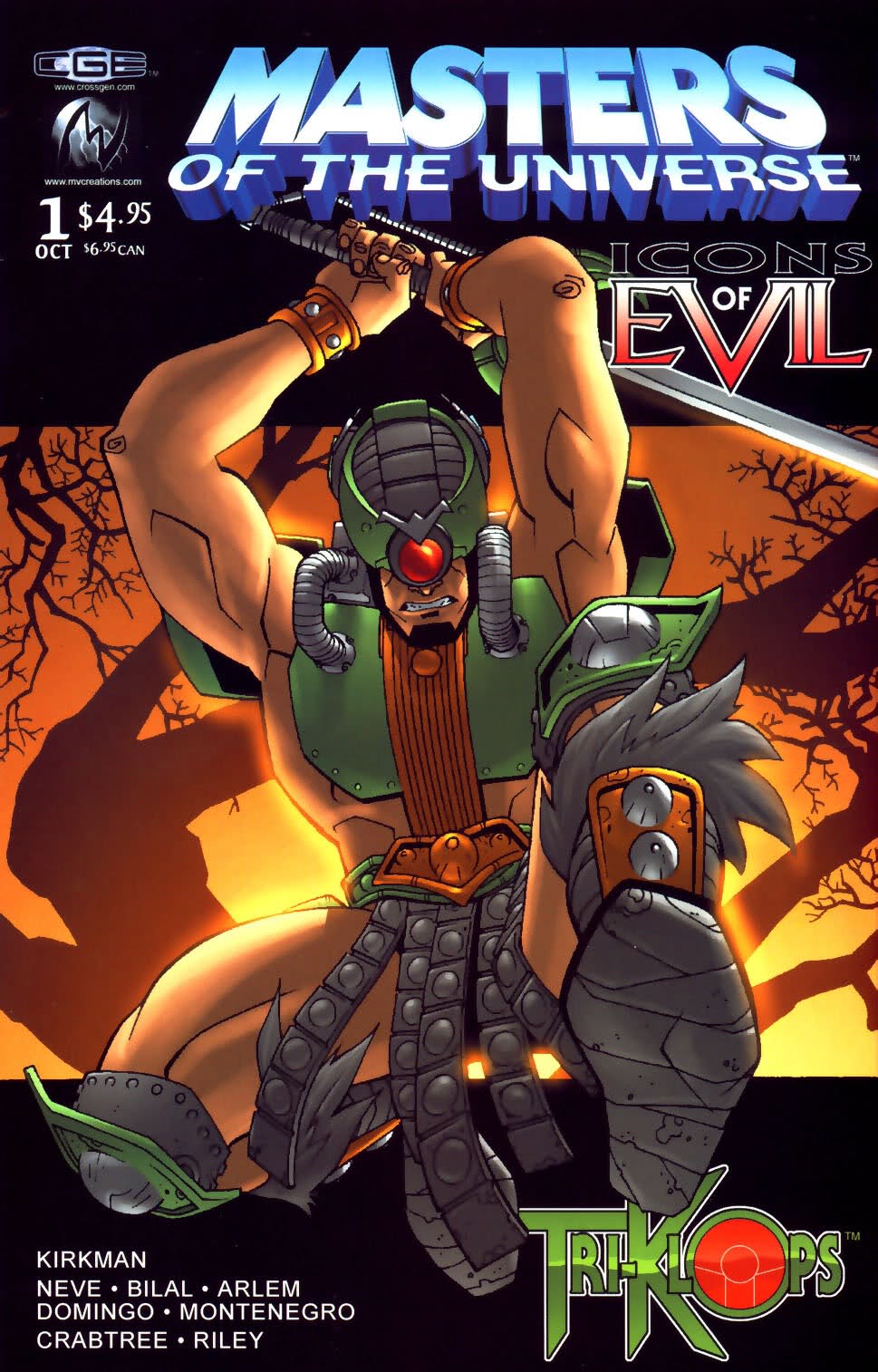
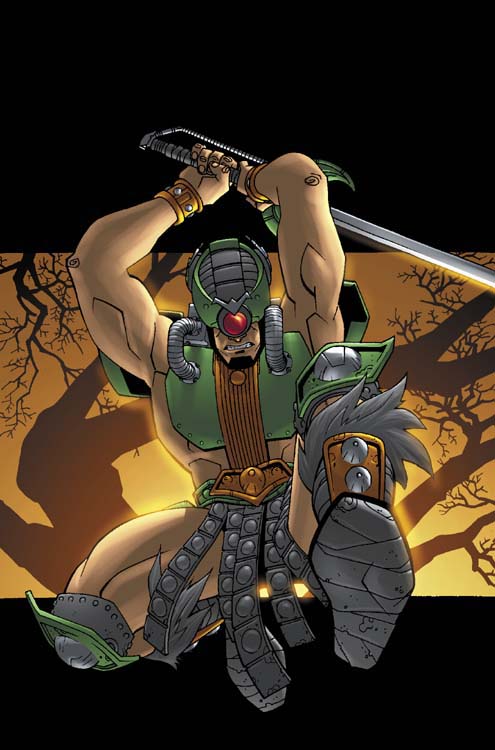
Art by: Corey Walker
Color by: Val Staples
RISE OF THE SNAKE MEN
Issue 1 – Regular Cover
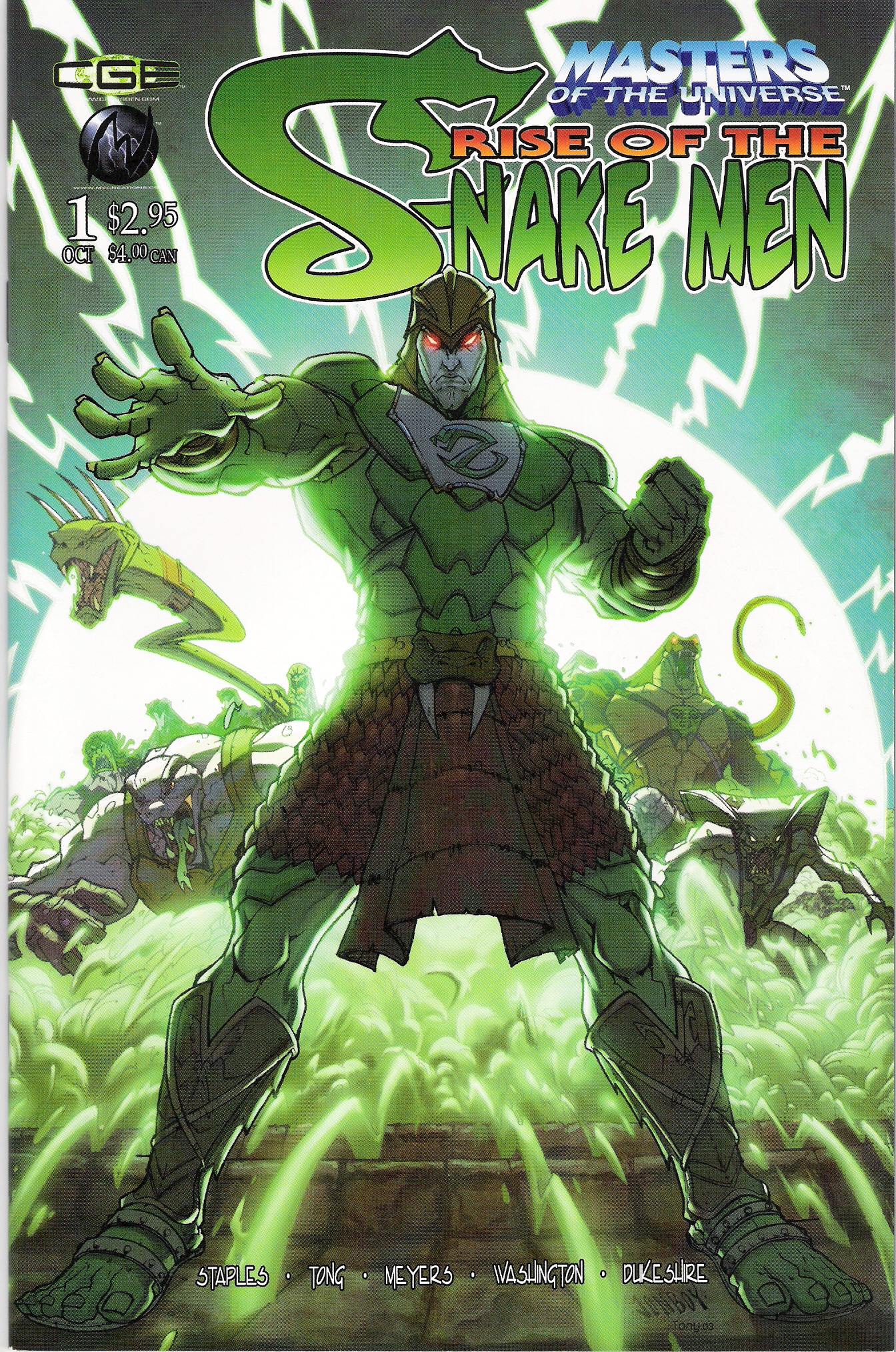
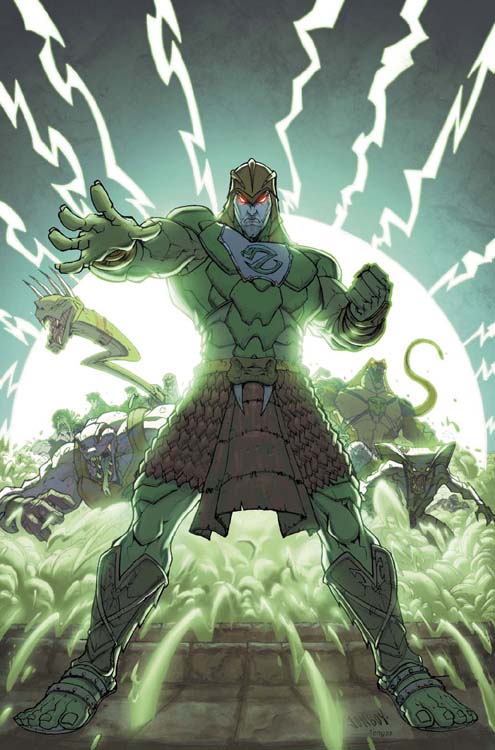
Art by: Jonboy Meyers
Color by: Tony Washington
Issue 1 – He-Man.org Exclusive Cover

Issue 2 – Regular Cover

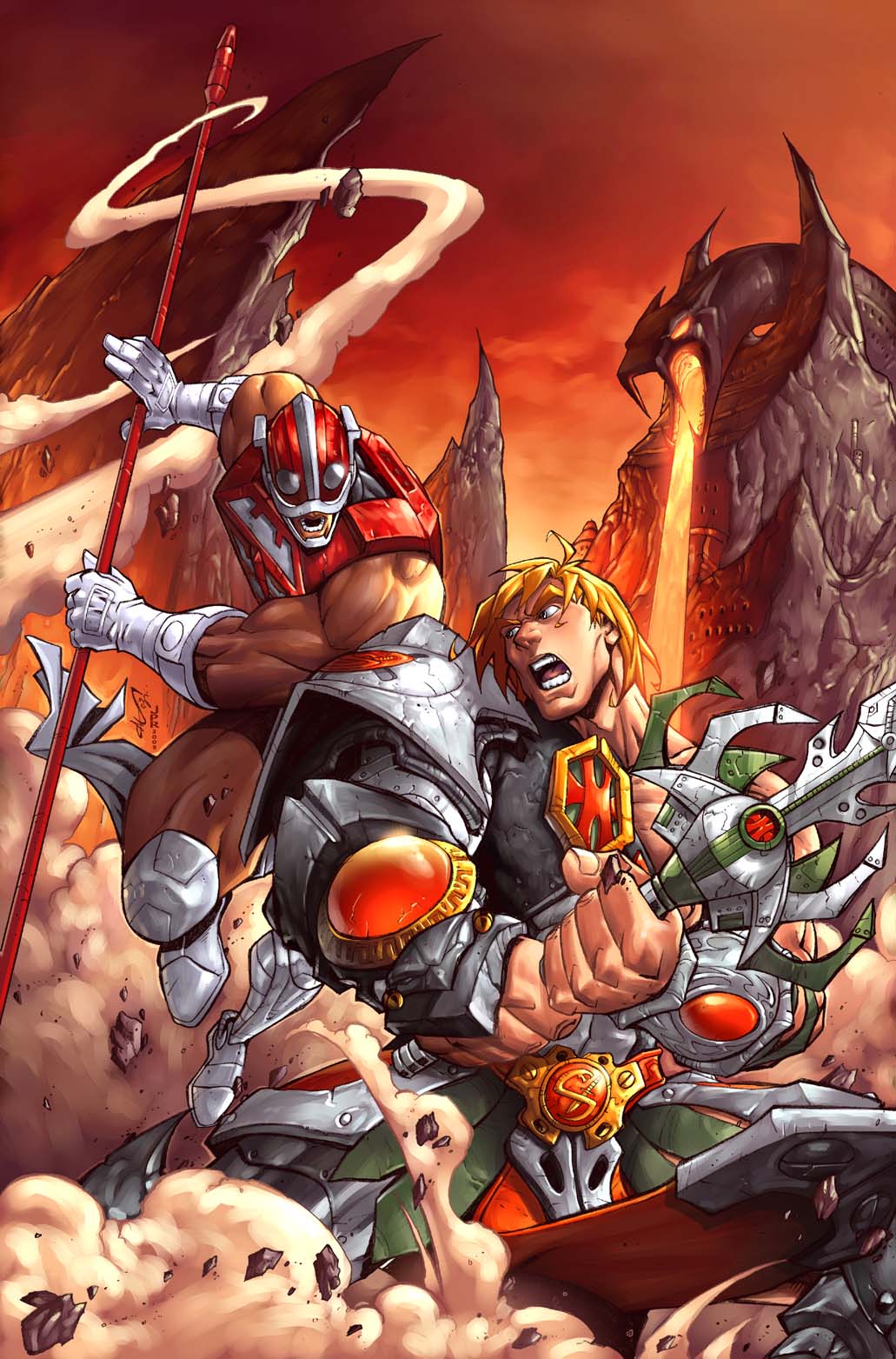
Art by: Andie Tong
Color by: Jeremy Roberts
Issue 3 – Regular Cover

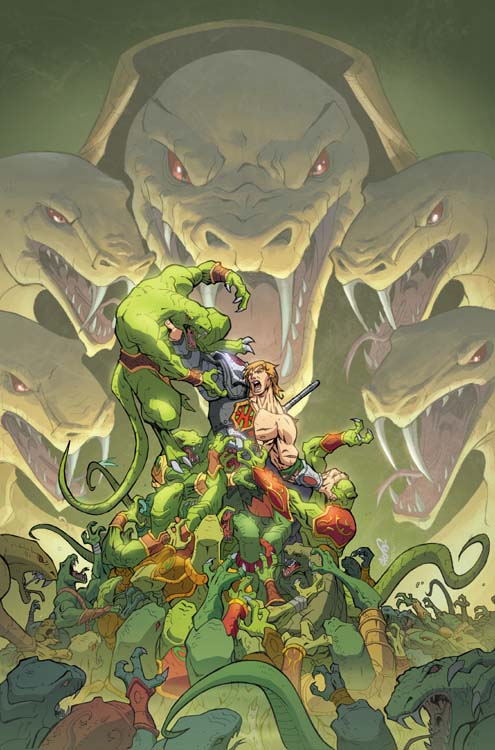
Art by: Andie Tong
Color by: Jeremy Roberts
SPECIALS
Promo comic – cover (front)
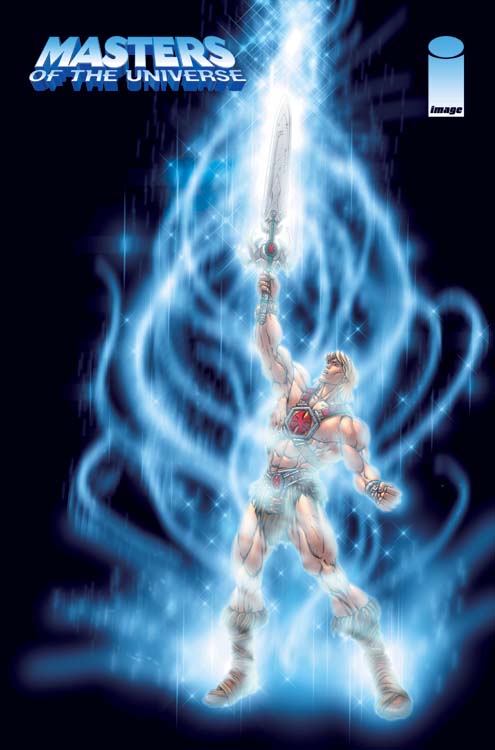
Art by: Emiliano Santalucia
Color by: Val Staples
Promo comic – cover (back)
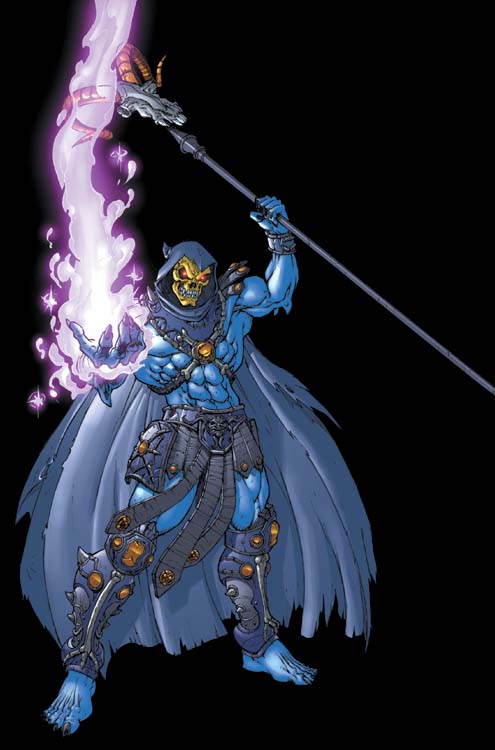
Art by: Emiliano Santalucia
Color by: Val Staples
Special Preview comic – cover (front)
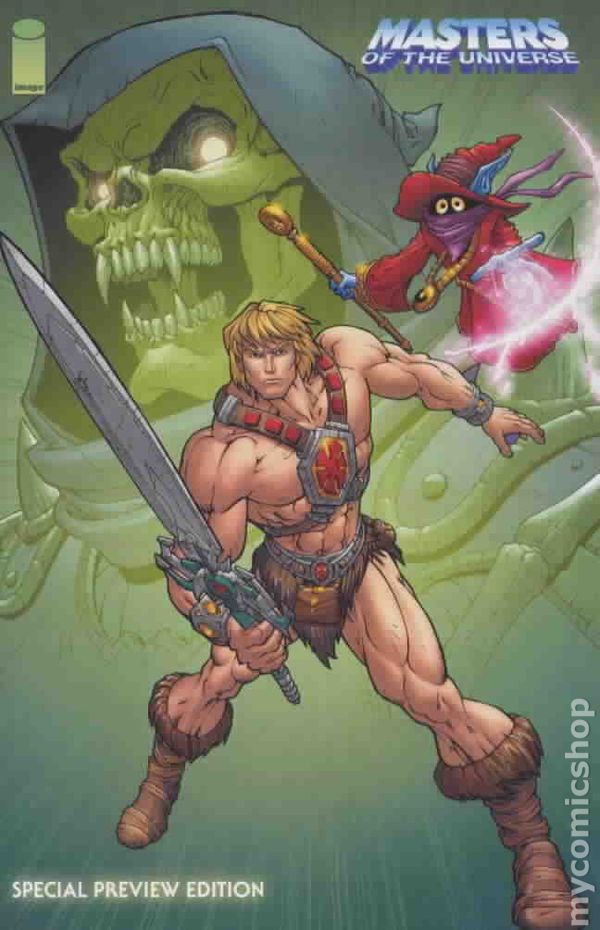
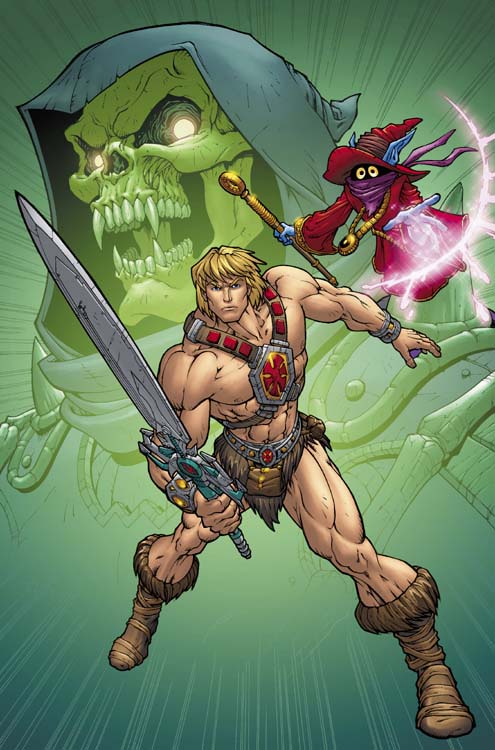
Art by: Emiliano Santalucia
Color by: Val Staples
Special Preview comic – cover (back)
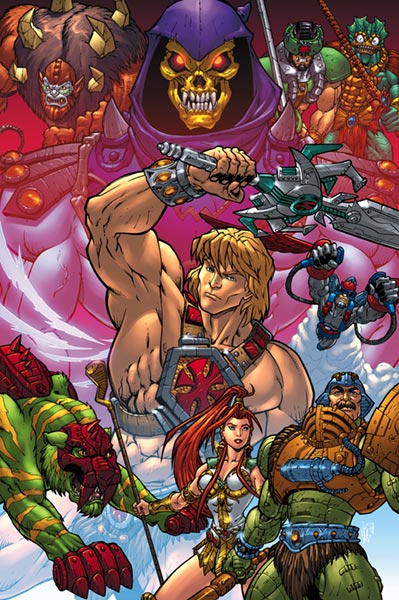
Art by: Emiliano Santalucia
Color by: Val Staples
Dream Halloween 2002 – cover
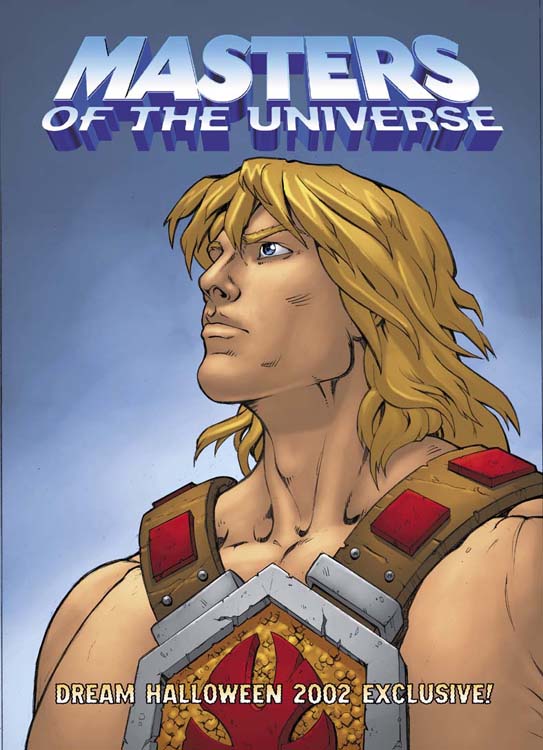
Art by: Enza Fontana
Color by: Val Staples
Dream Halloween 2003 – cover
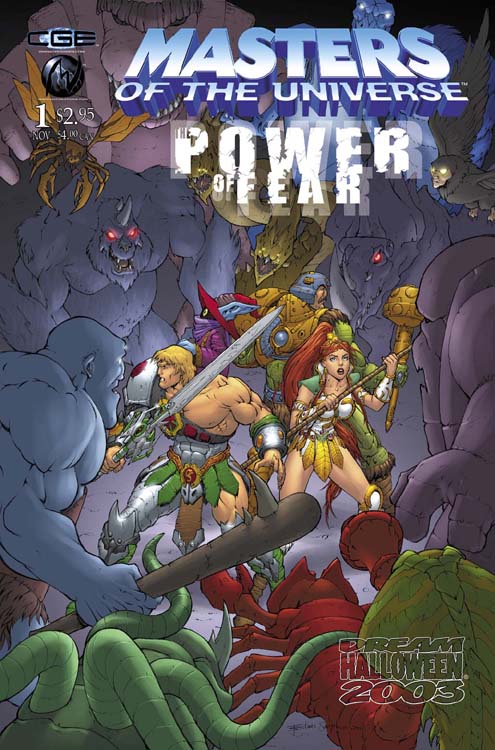
Art by: Emiliano Santalucia
Color by: Val Staples
Masters of the Universe Encyclopedia Season one – cover
[*See Volume 3 Gatefold cover variant #1 that depicts all 5 covers intended for the Encyclopedia mini-series]

Art by: Emiliano Santalucia and Enza Fontana
Color by: Nathan “Baena” Baertsch
Target 2-pack He-Man & Skeletor insert comic – cover


Art by: Neal Adams
TDK Gameboy Advance insert comic – cover
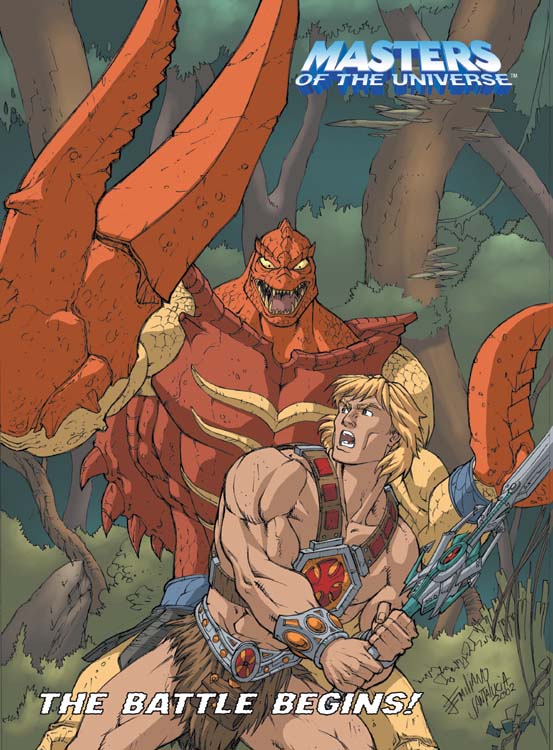
Art by: Emiliano Santalucia
Color by: Val Staples
Episode 40 Adaptation Comic – cover
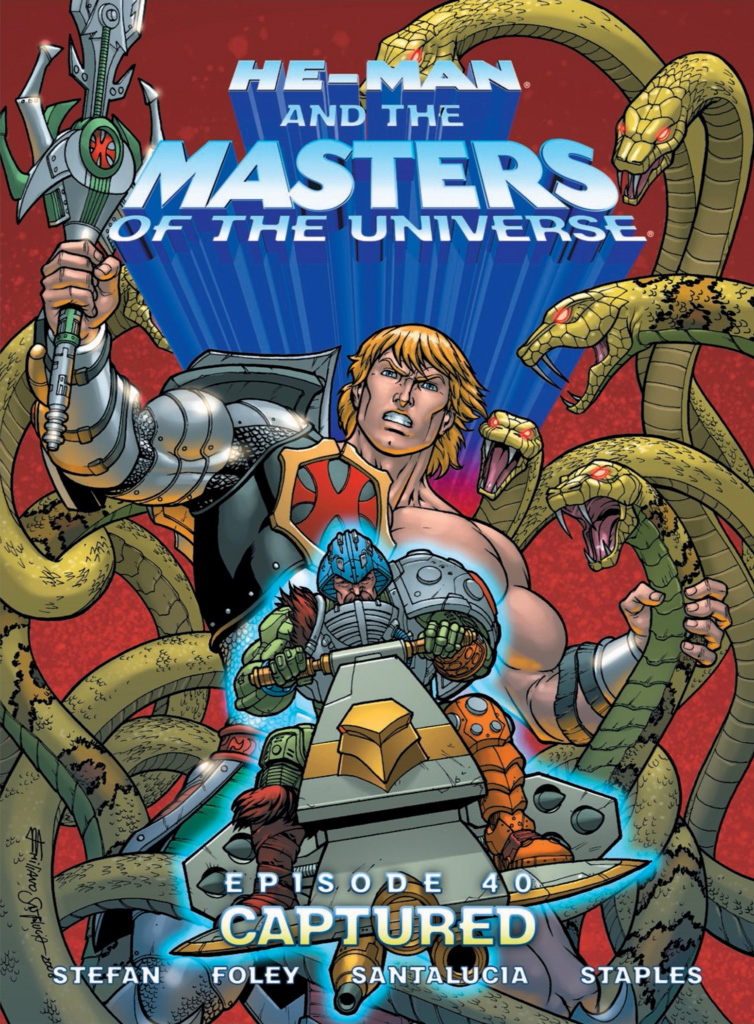
Art by: Emiliano Santalucia
Color by: Val Staples
Trade Collections
Volume 1 – TPB Cover (hardcover version)

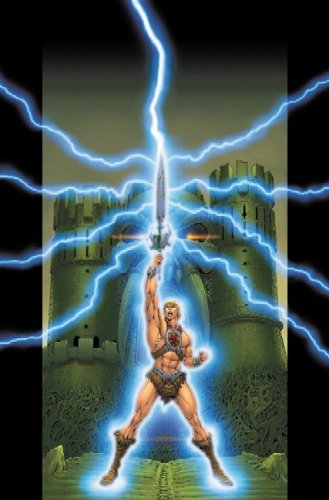
Art by: Emiliano Santalucia
Color by: Val Staples
Volume 2 – TPB Cover
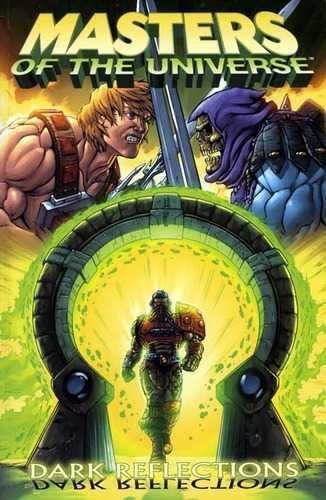
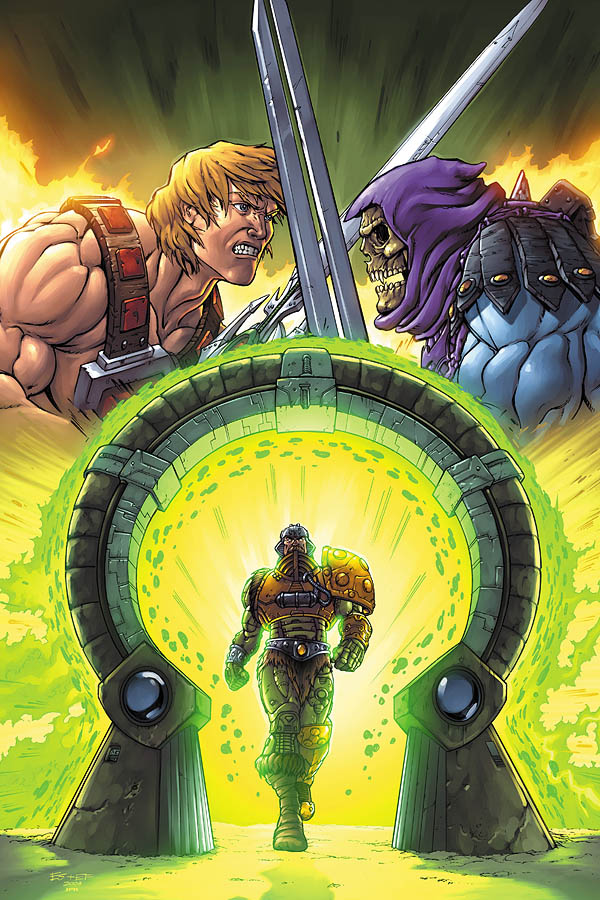
Art by: Emiliano Santalucia and Enza Fontana
Color by: Jeremy Roberts
Icons of Evil – TPB Cover
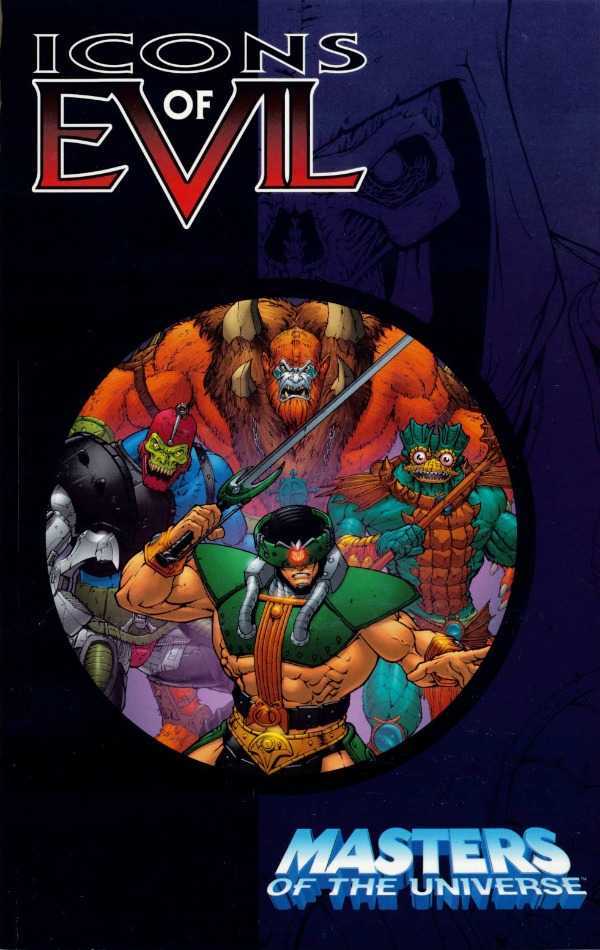
Art by: Emiliano Santalucia
Color by: Val Staples
Unused/Unpublished covers
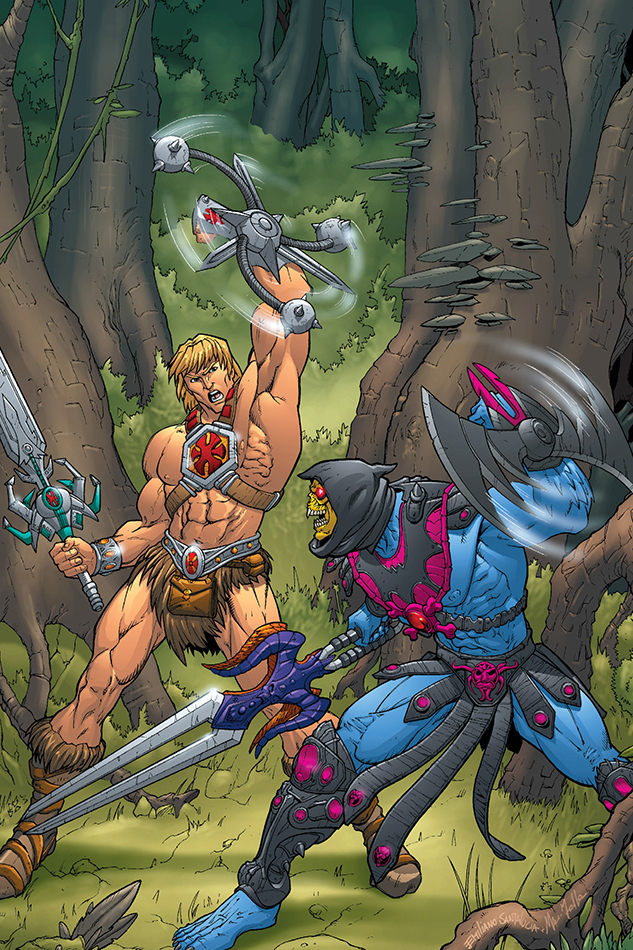
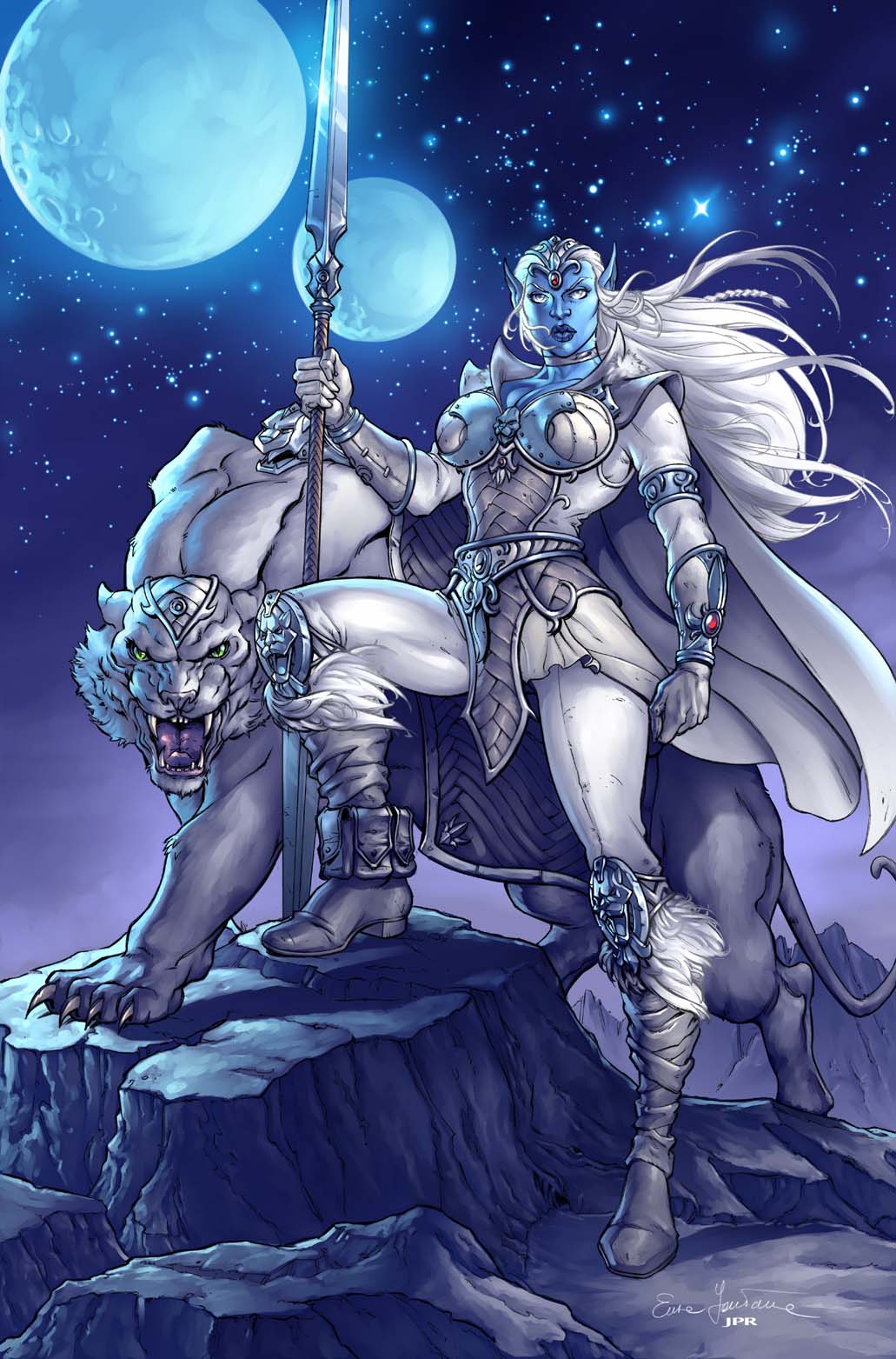
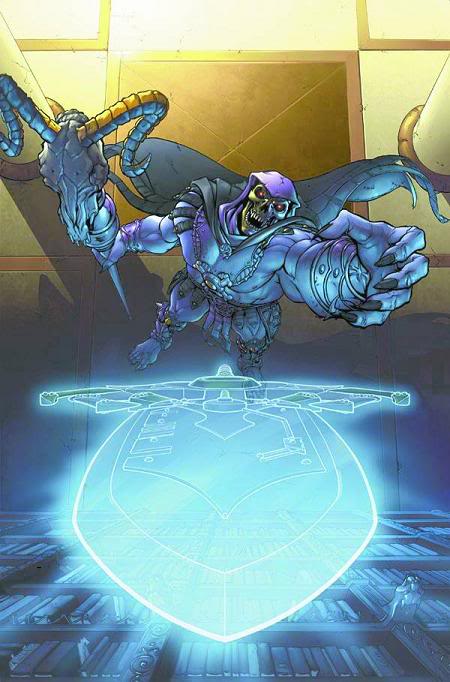
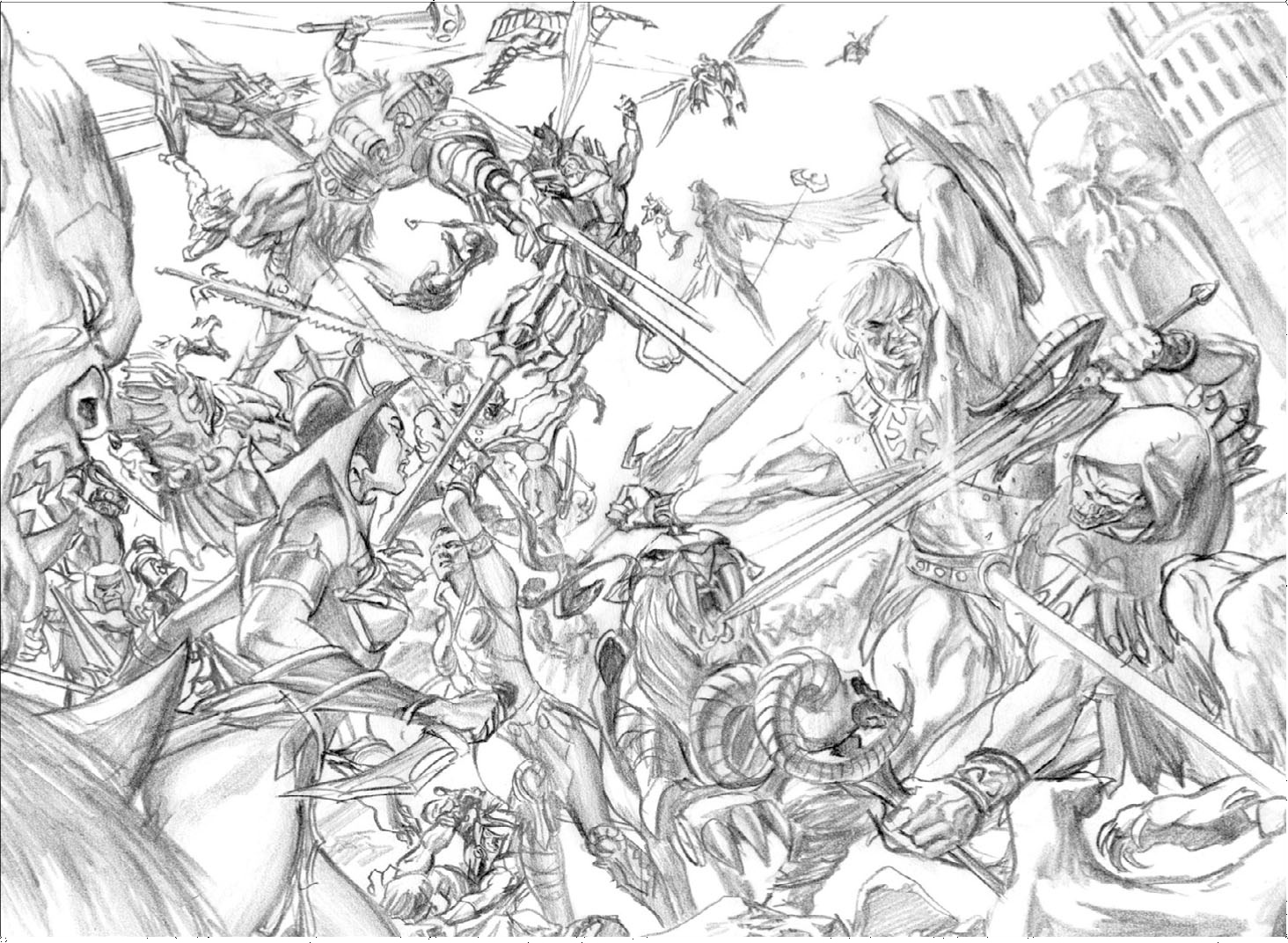
[1] Staples, V. [JVS3]. (December 3th, 2007). He-Man.org Discussion Boards.
